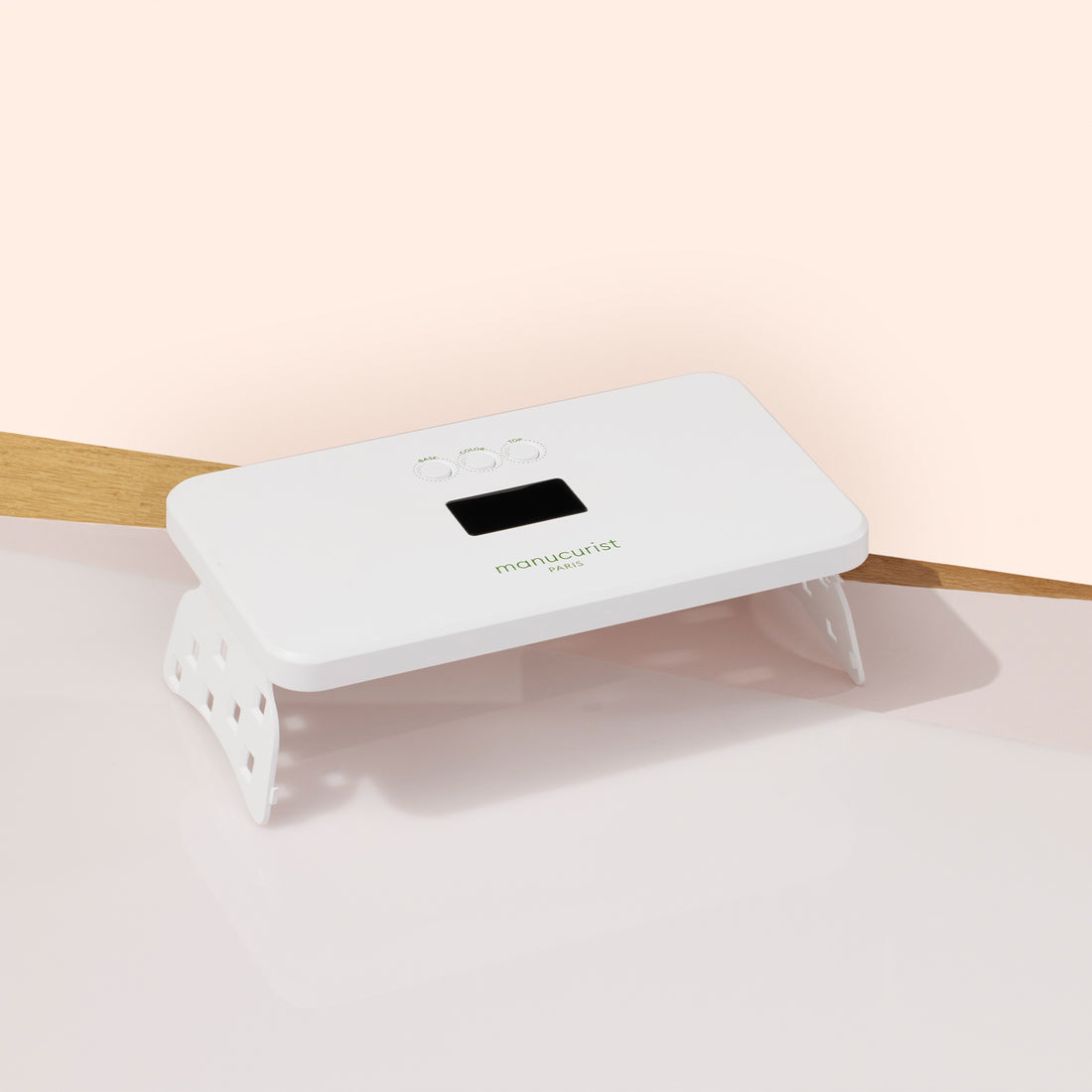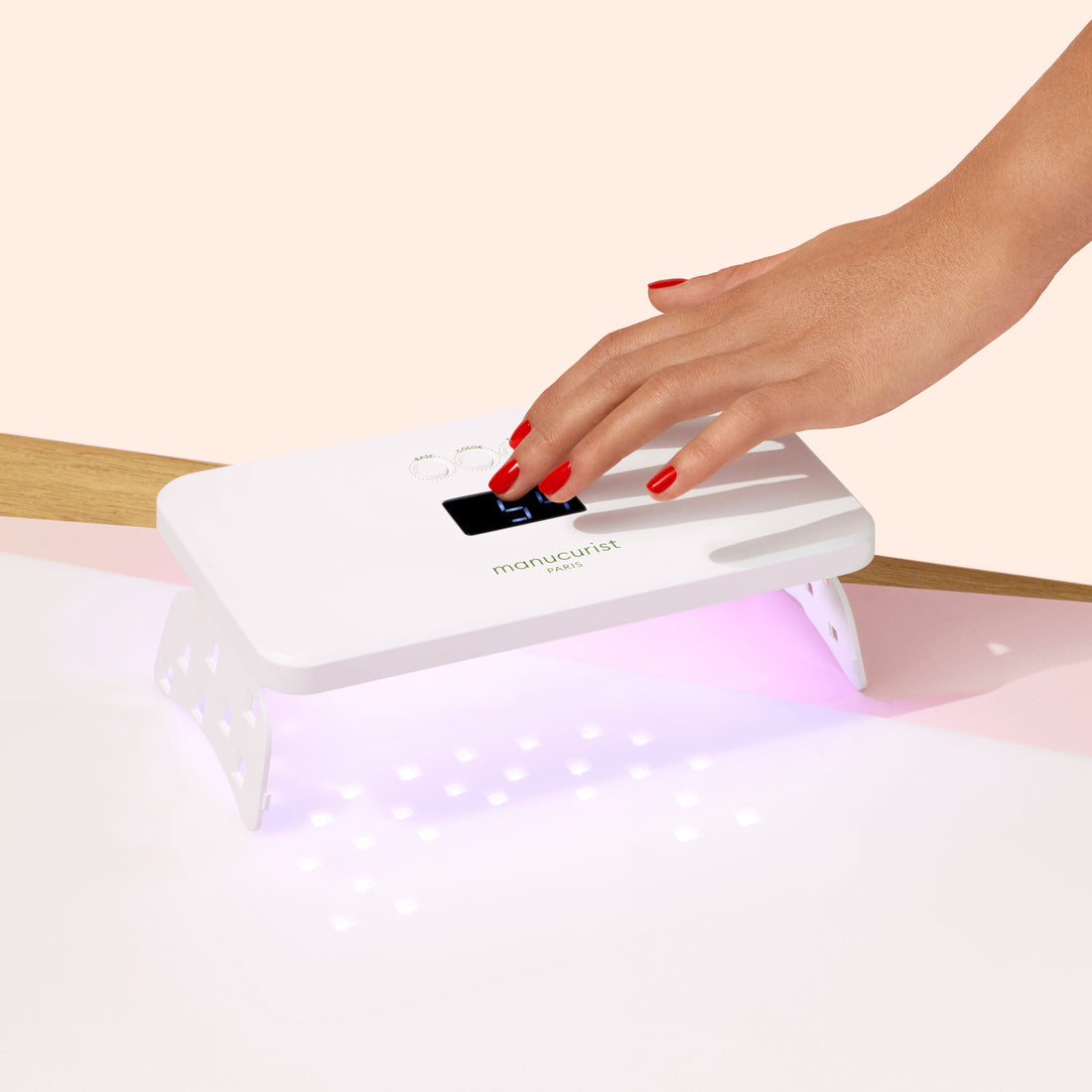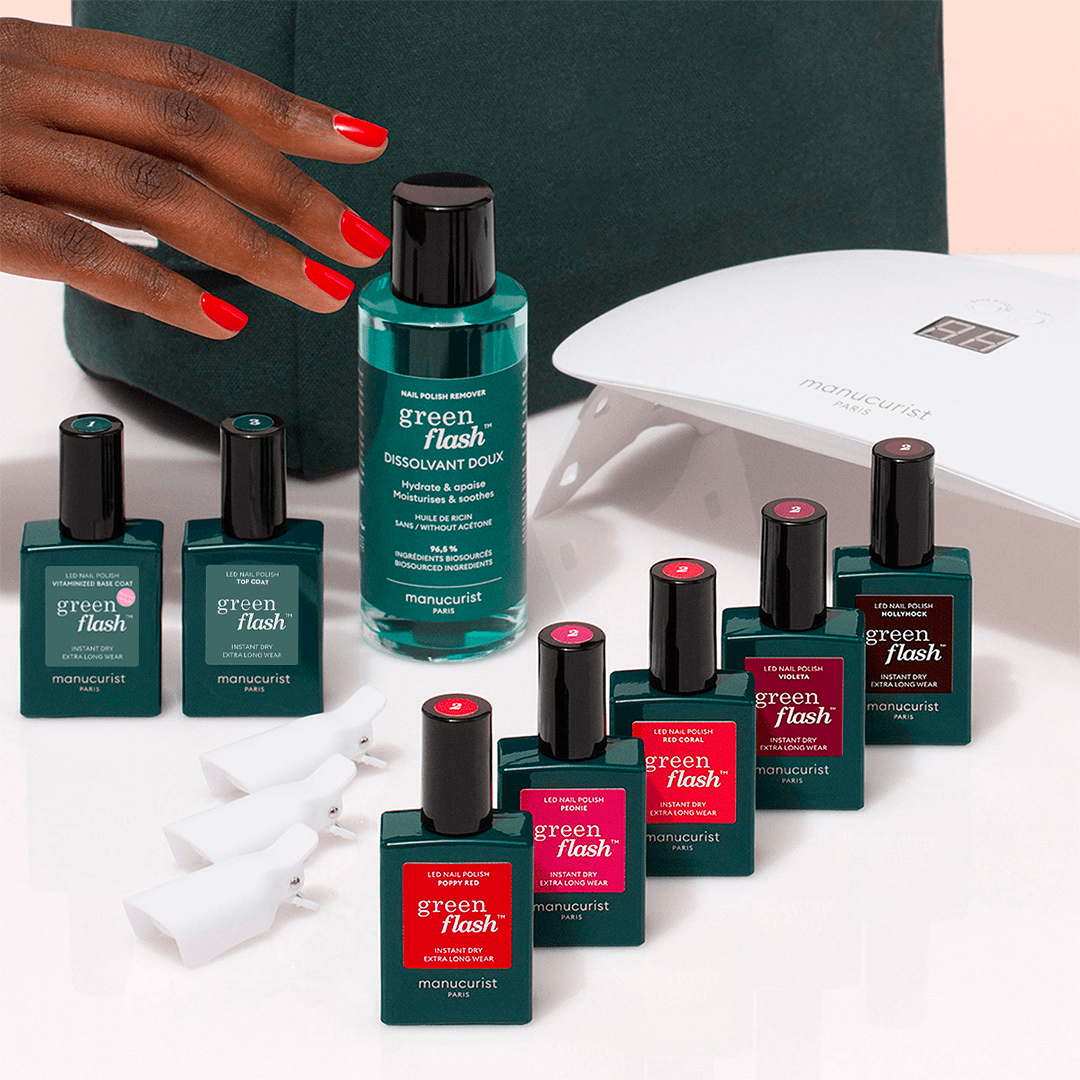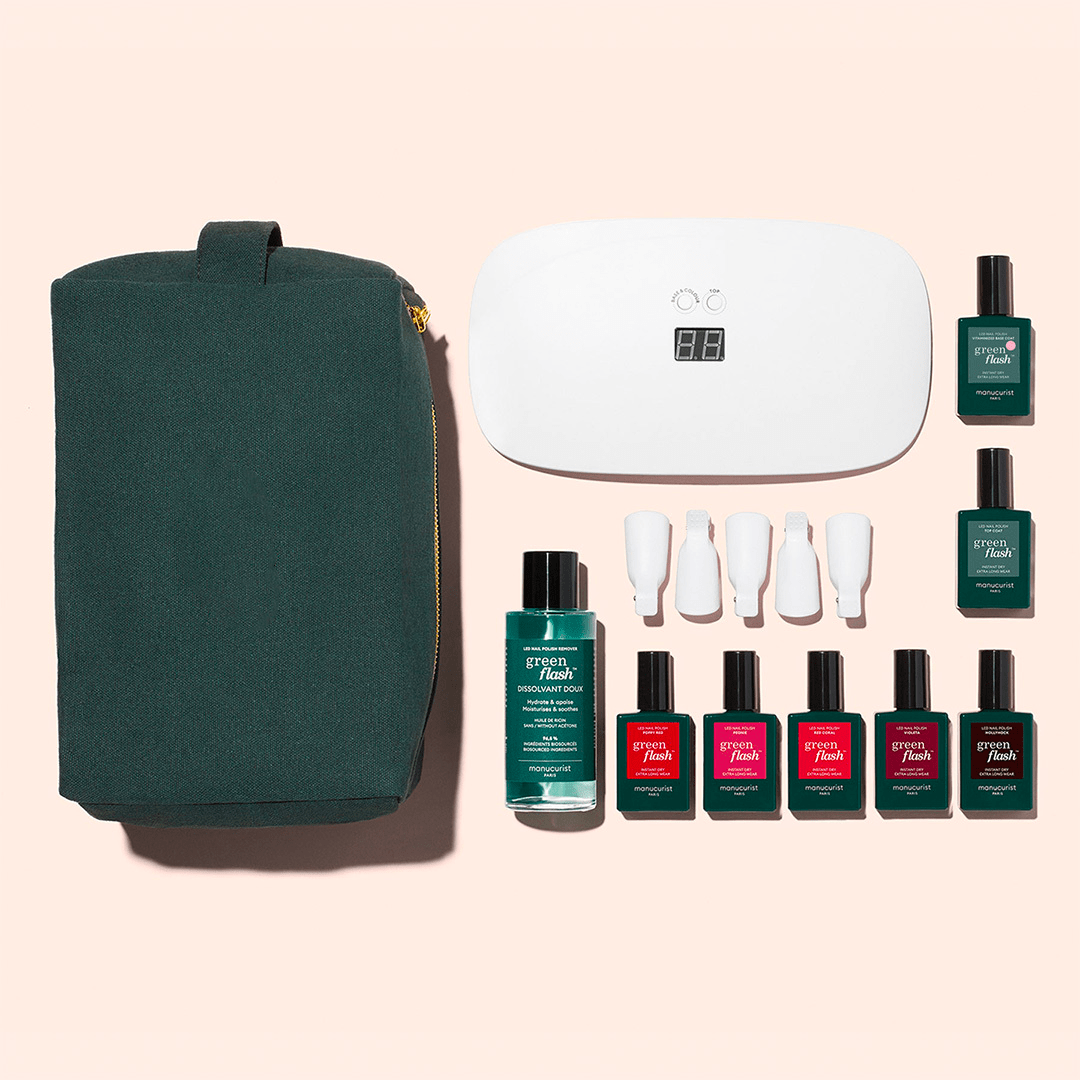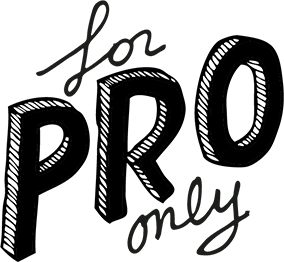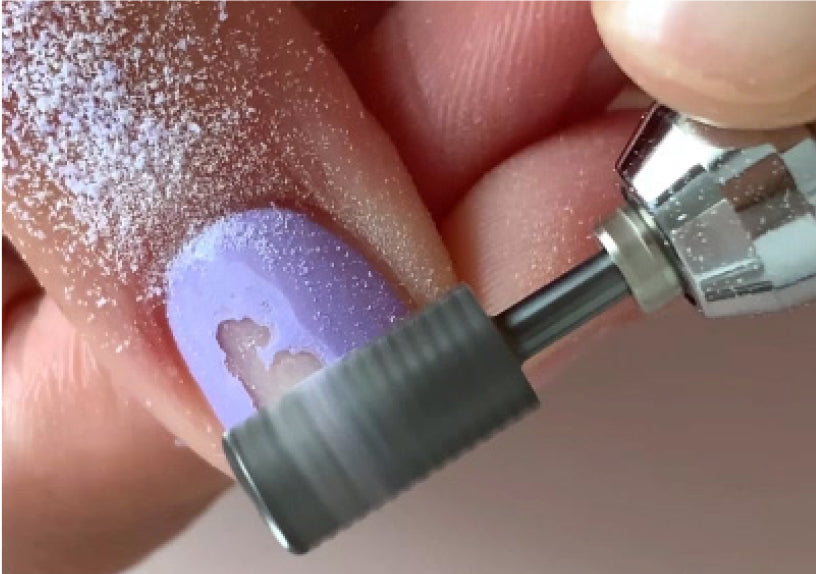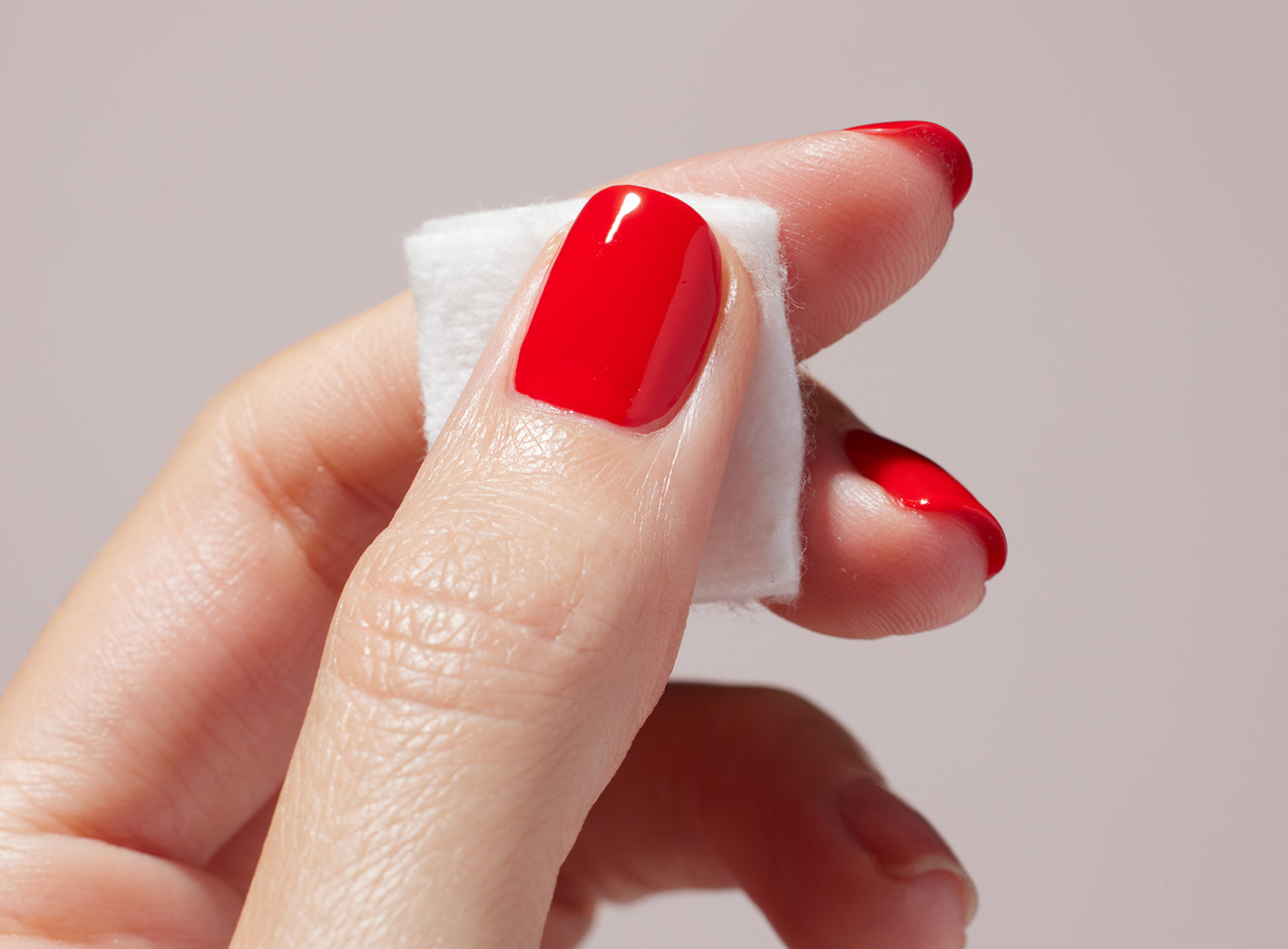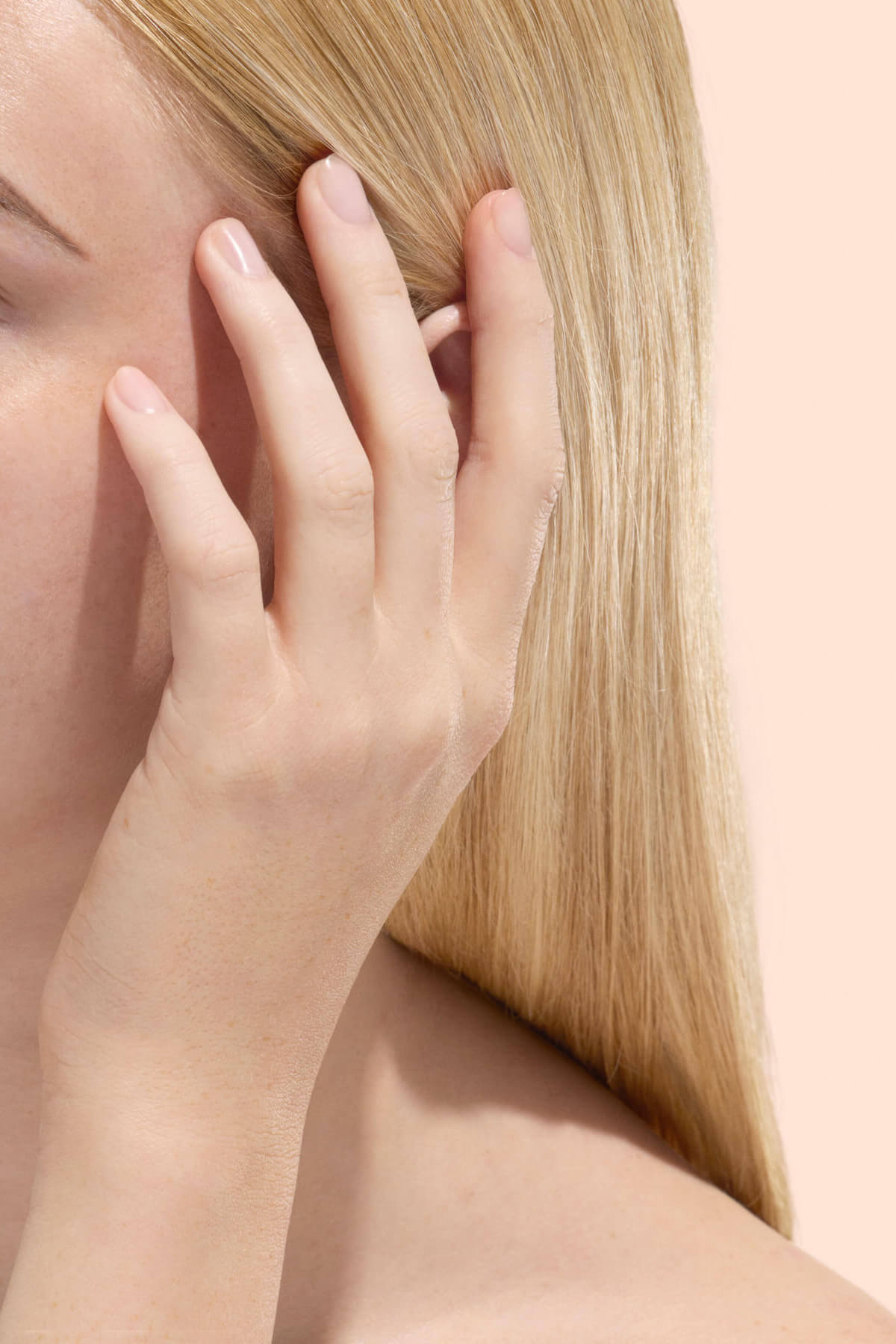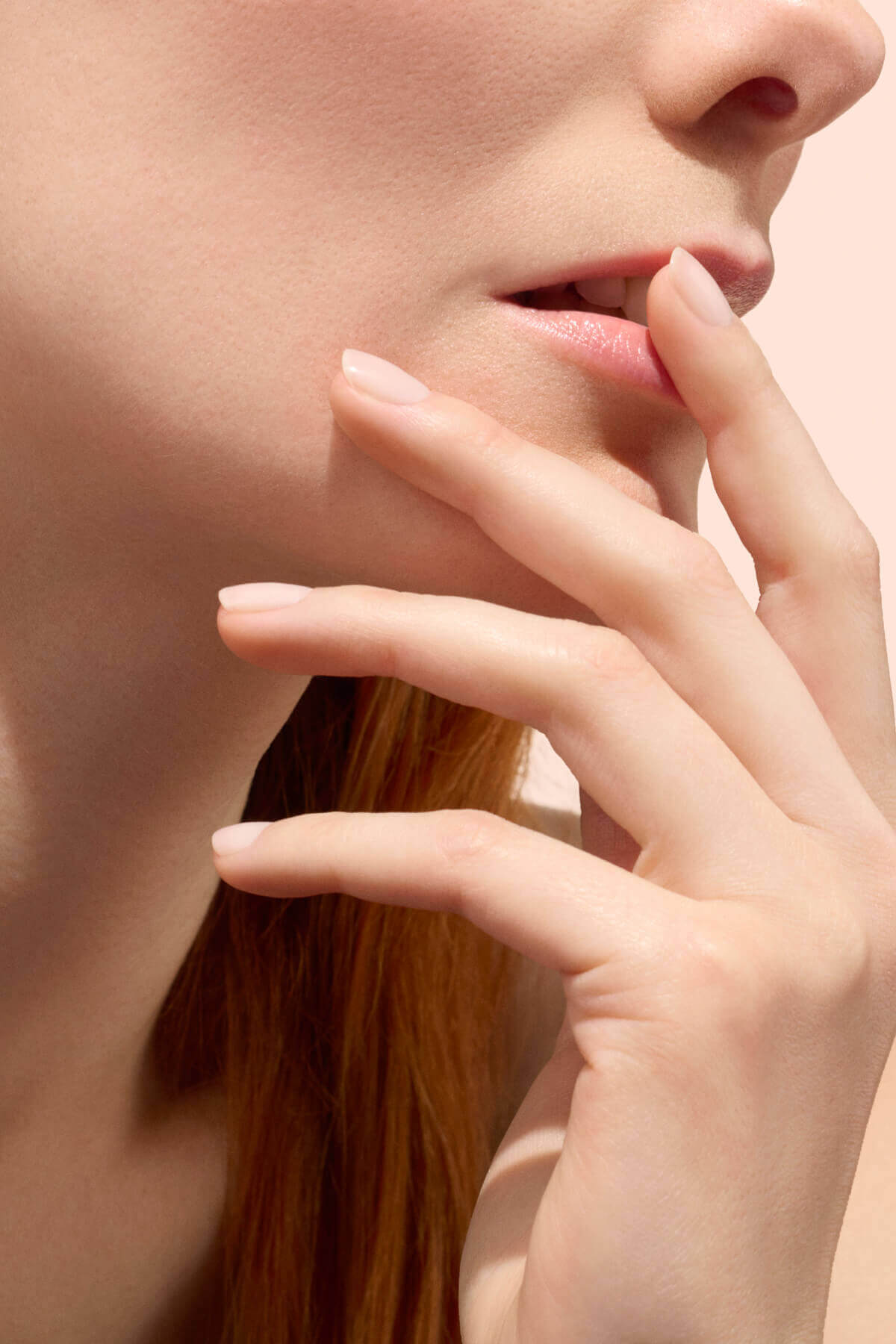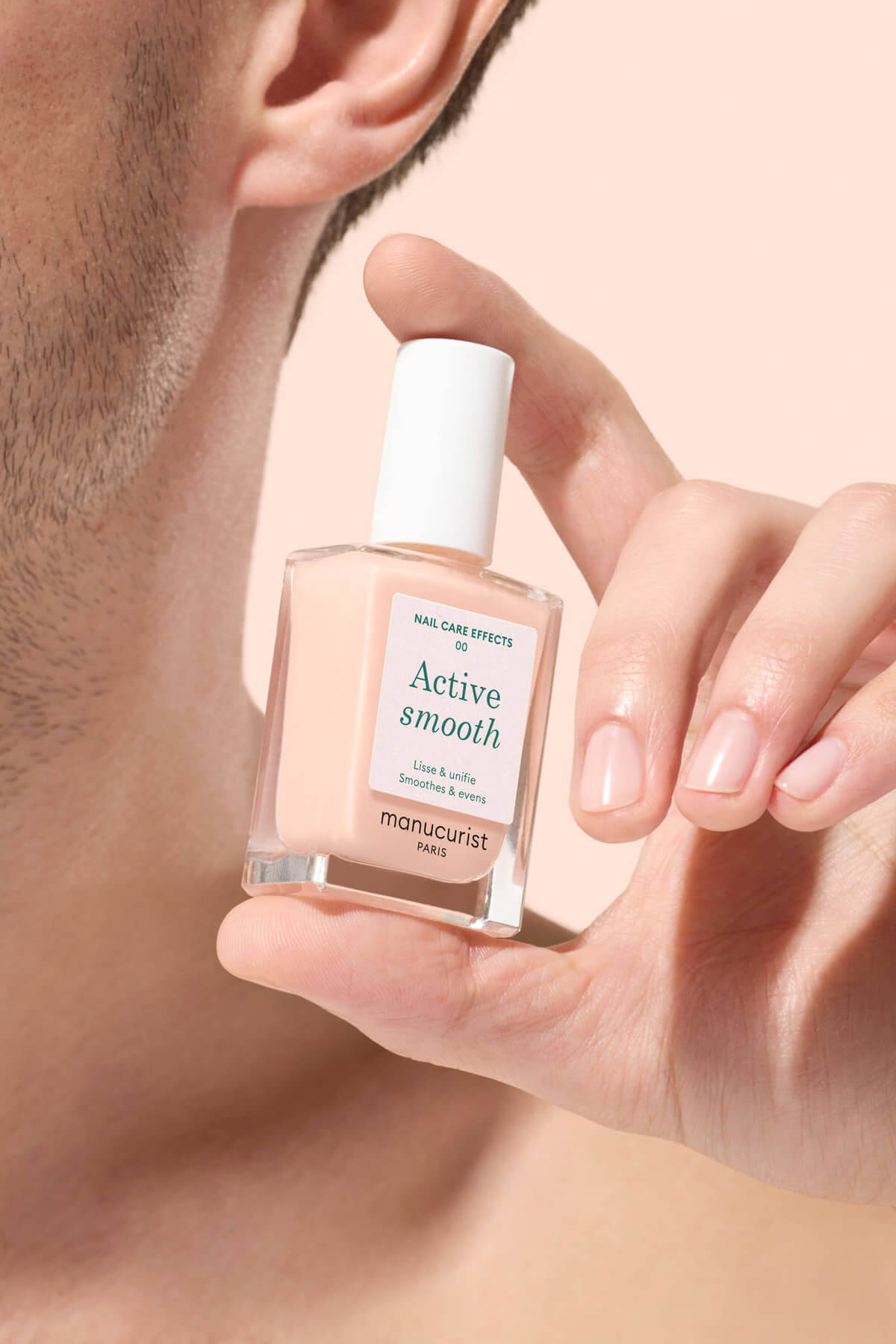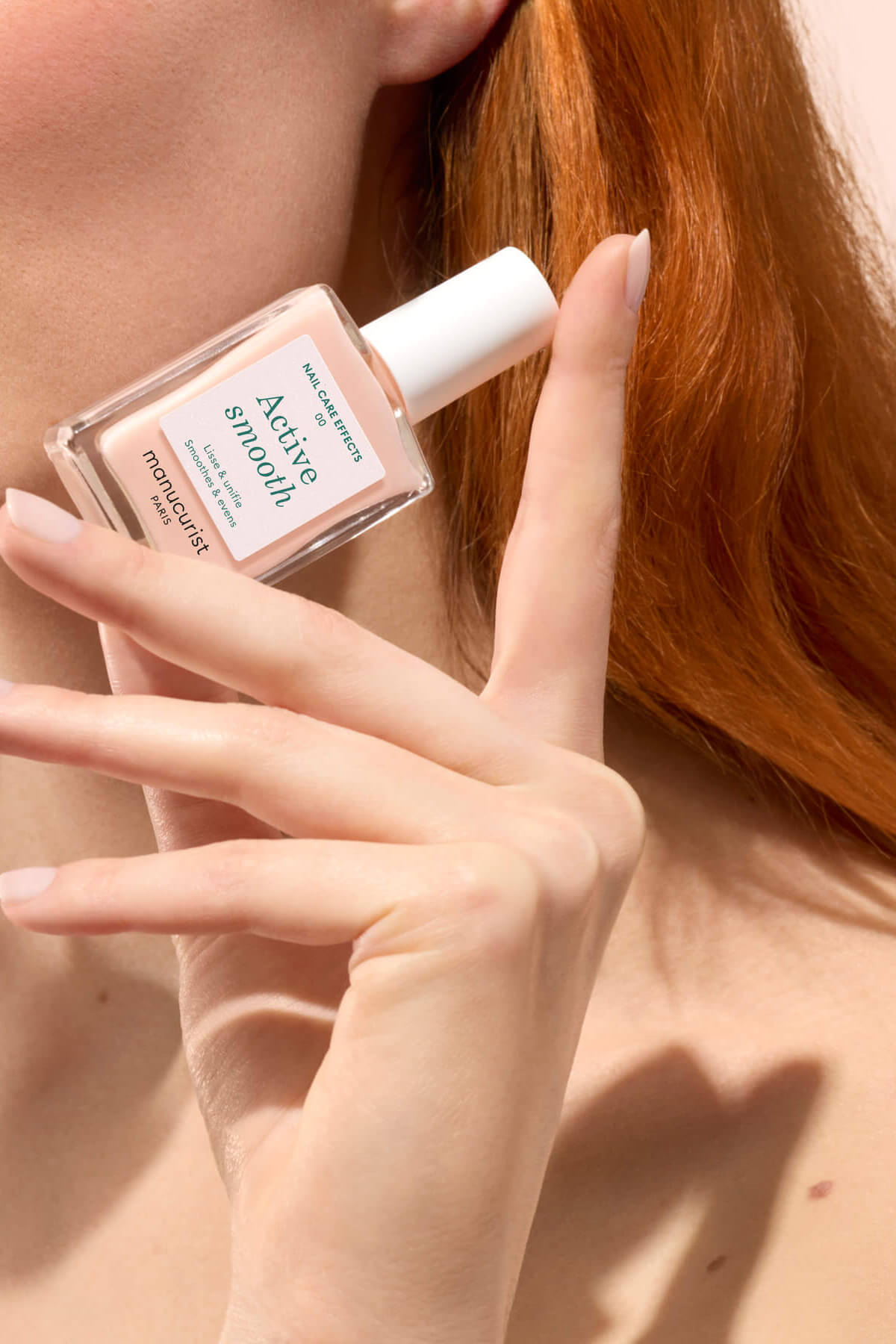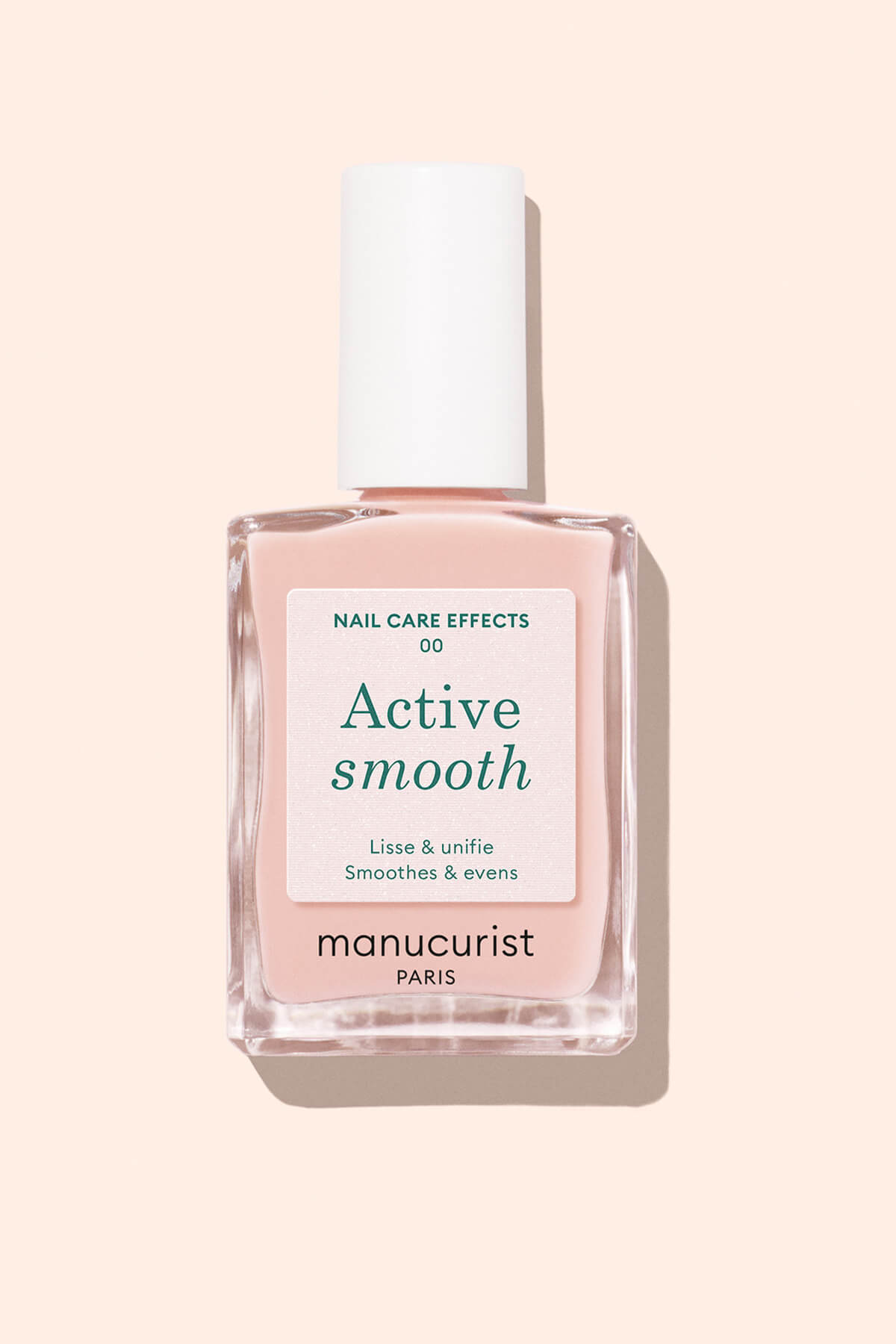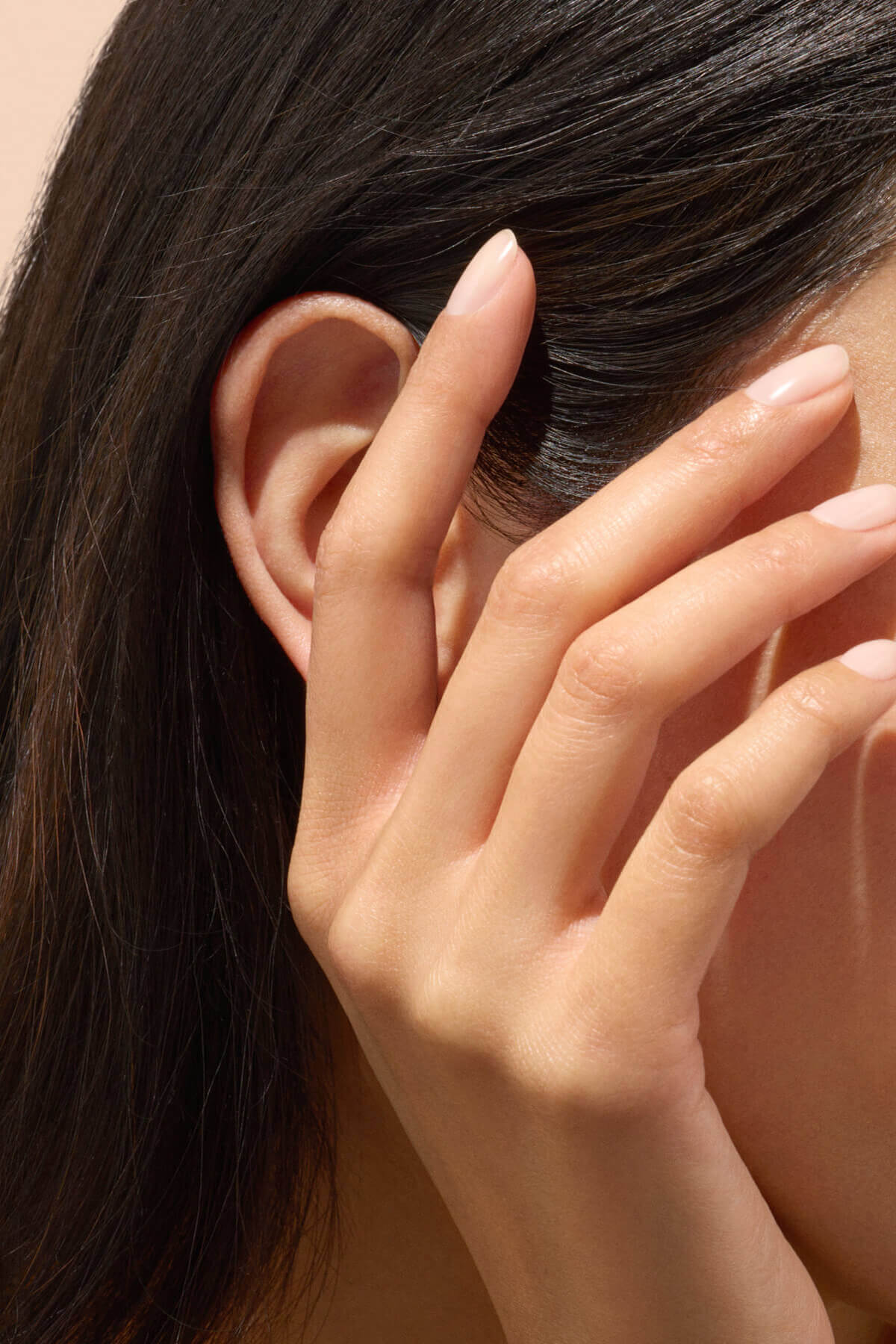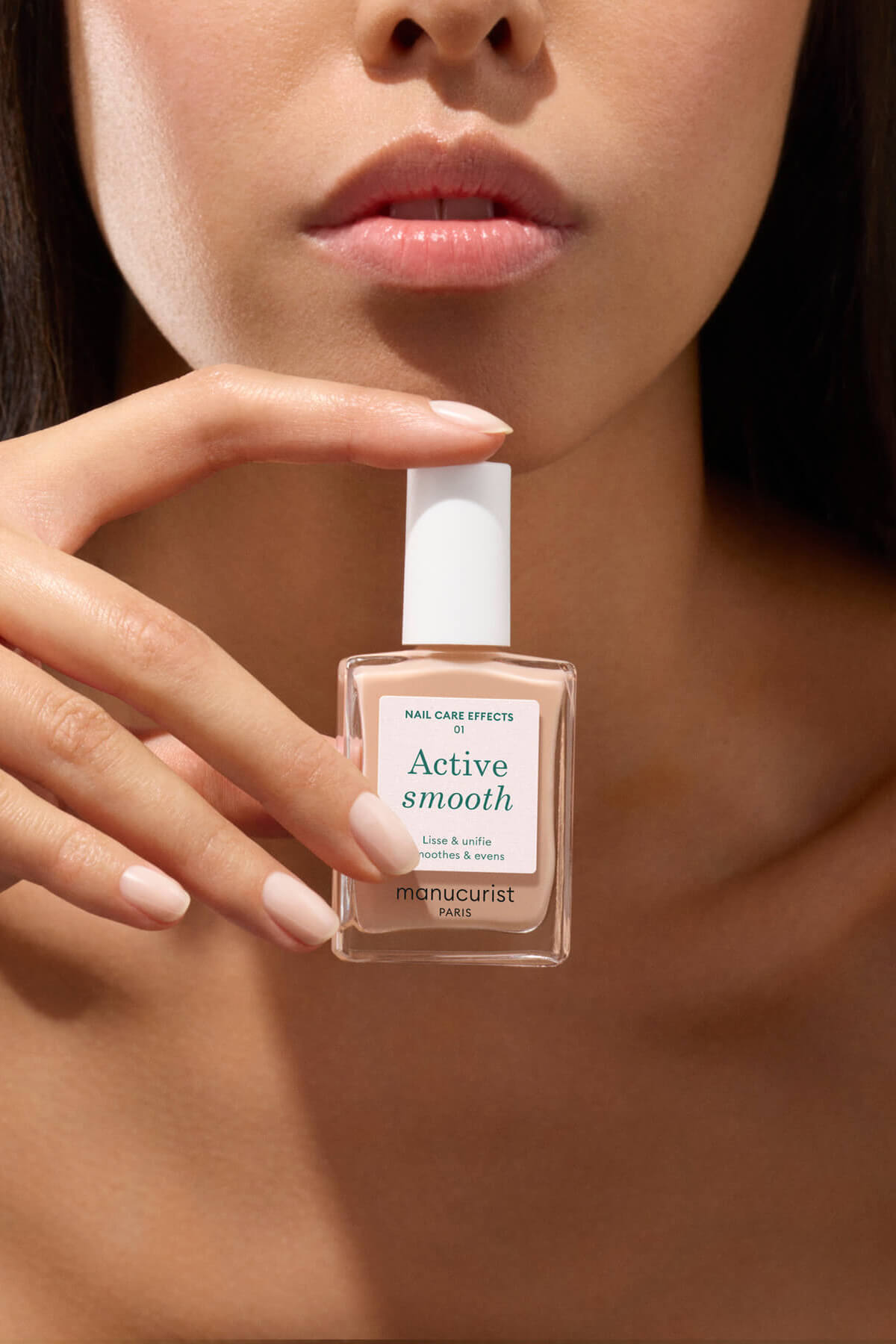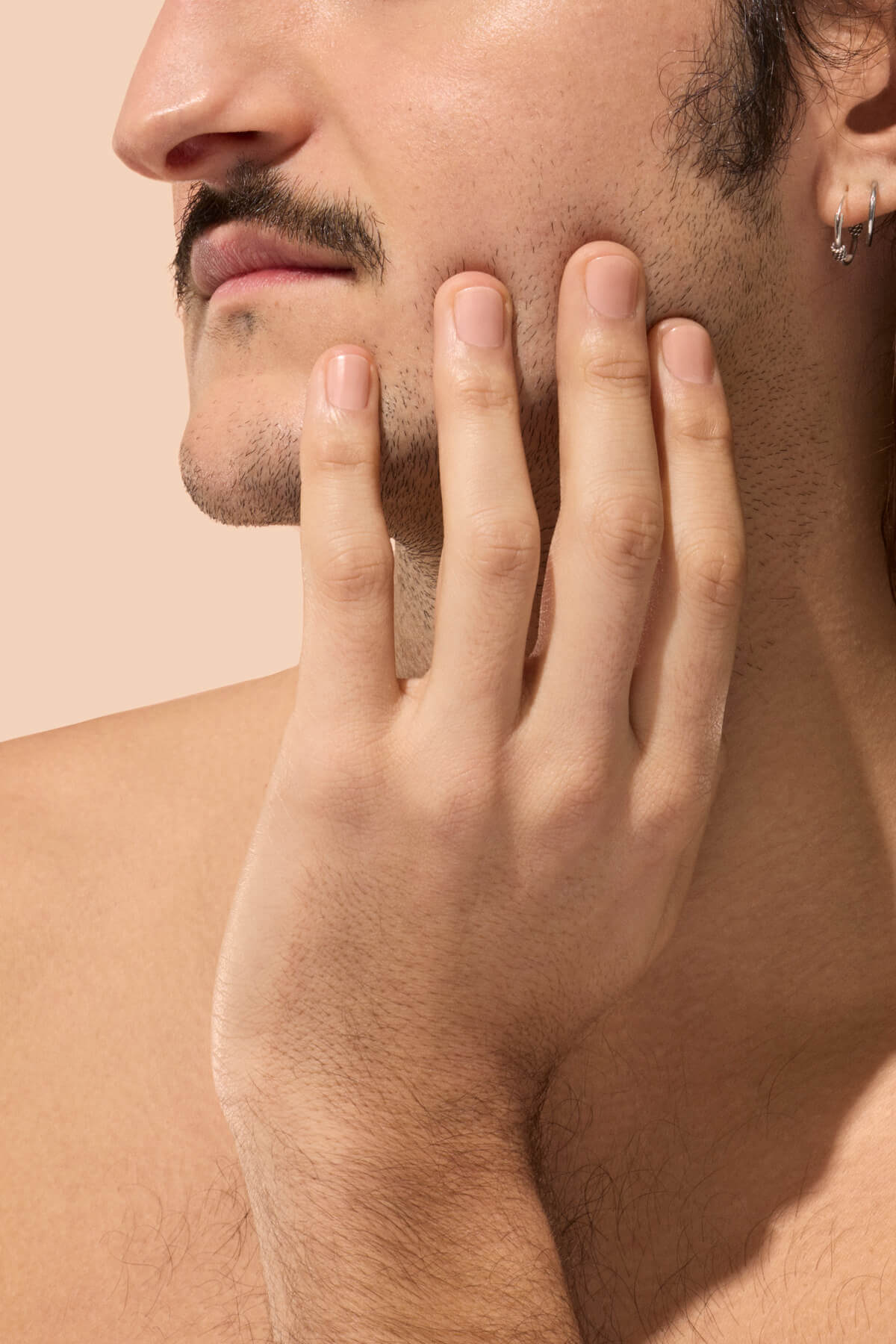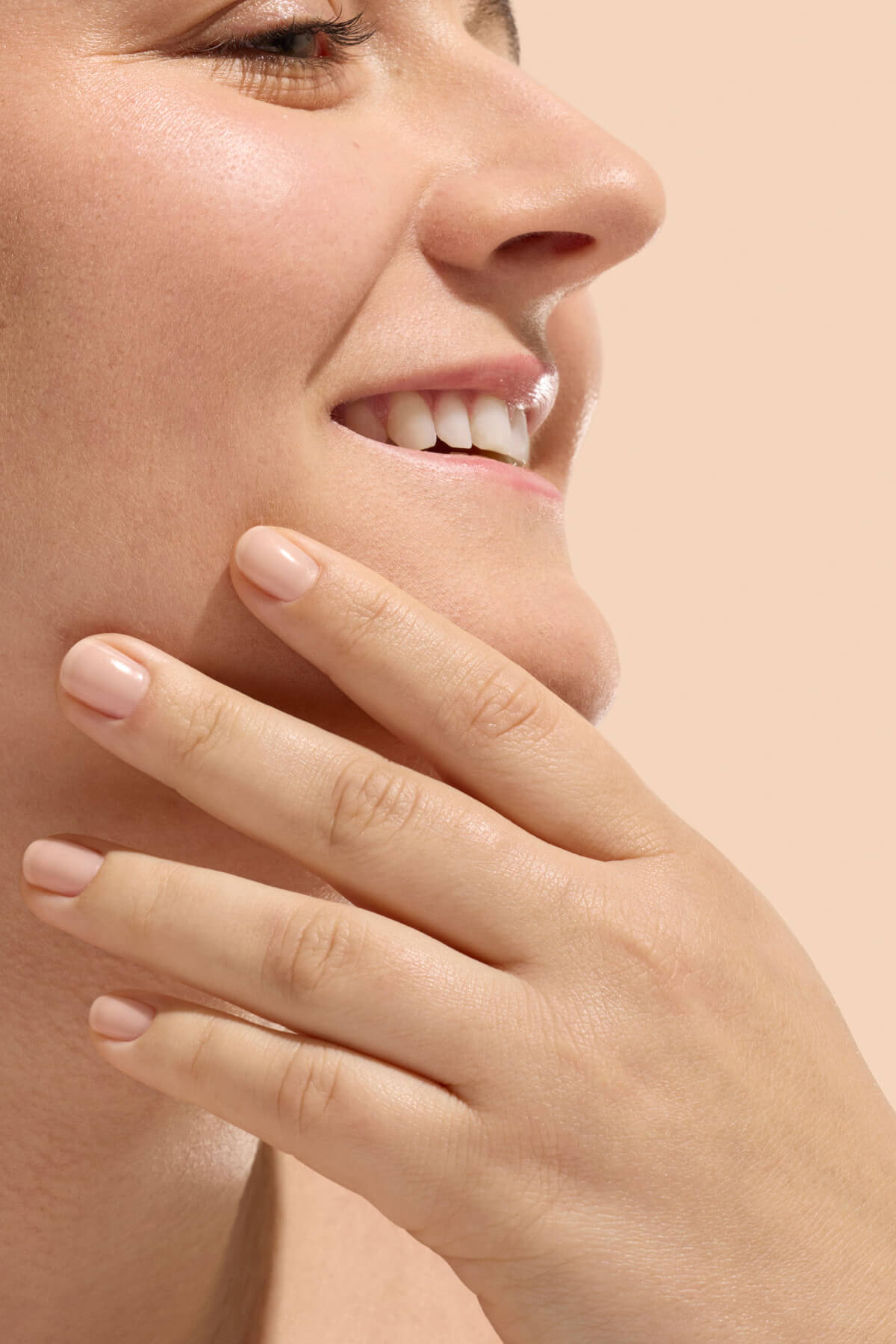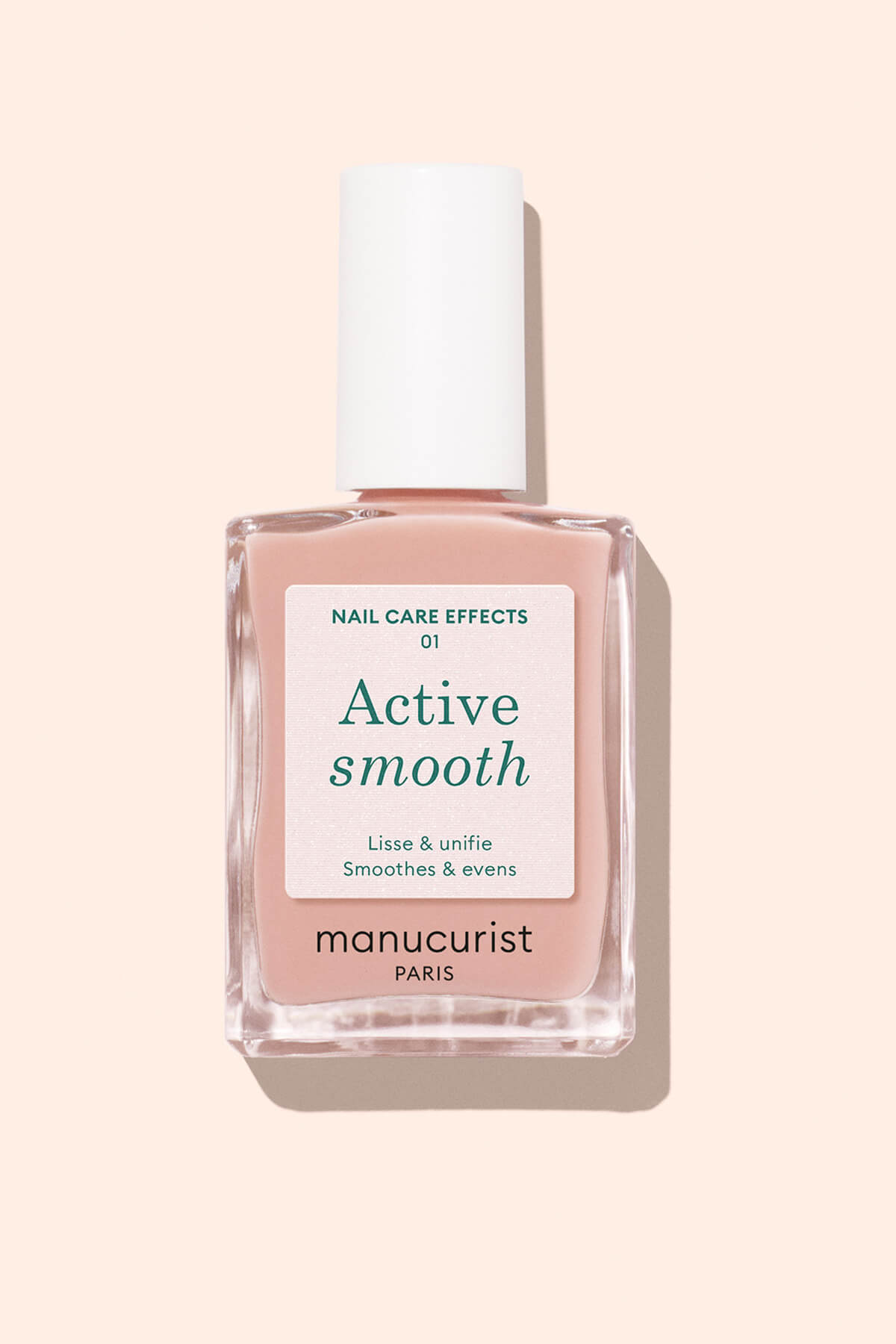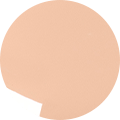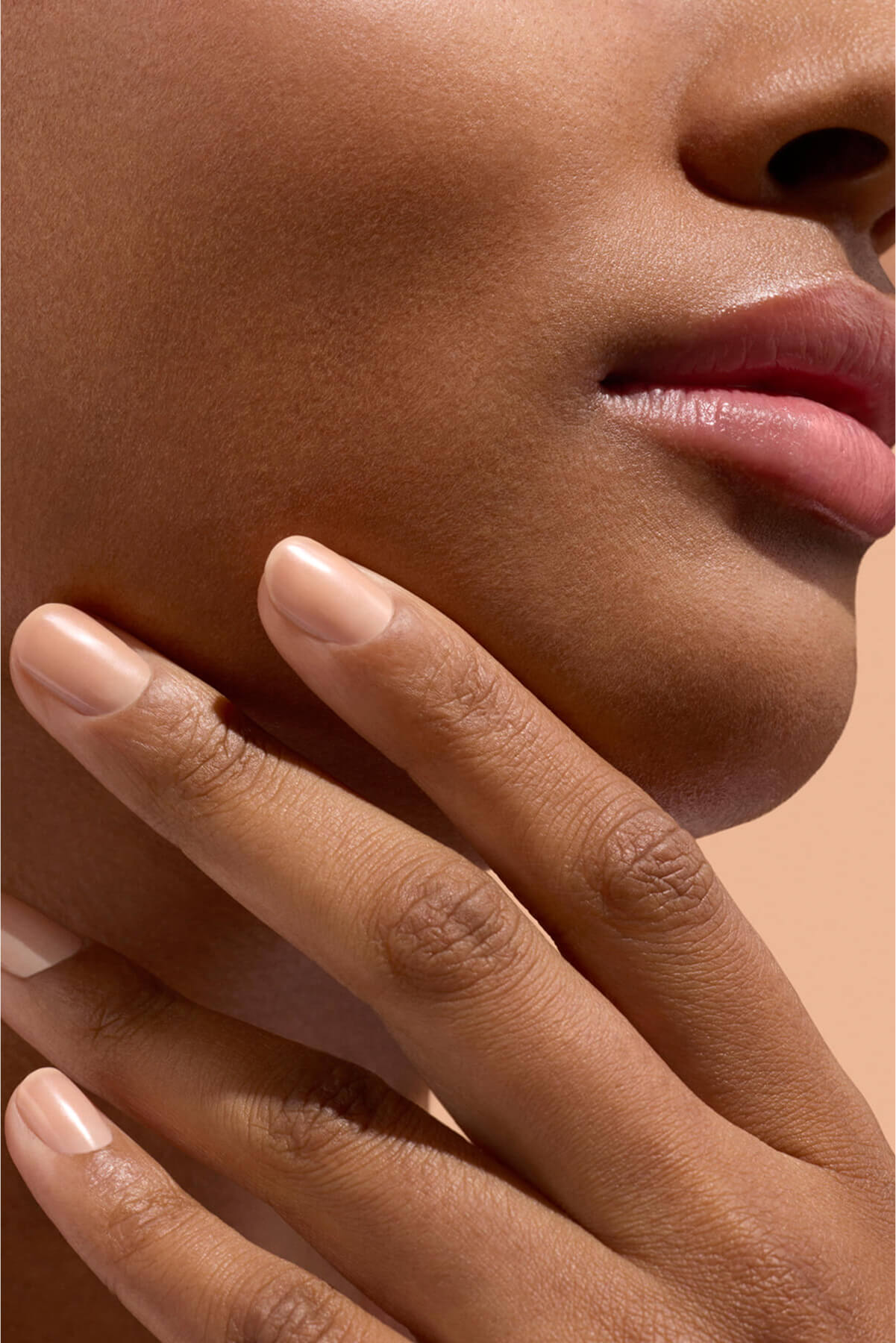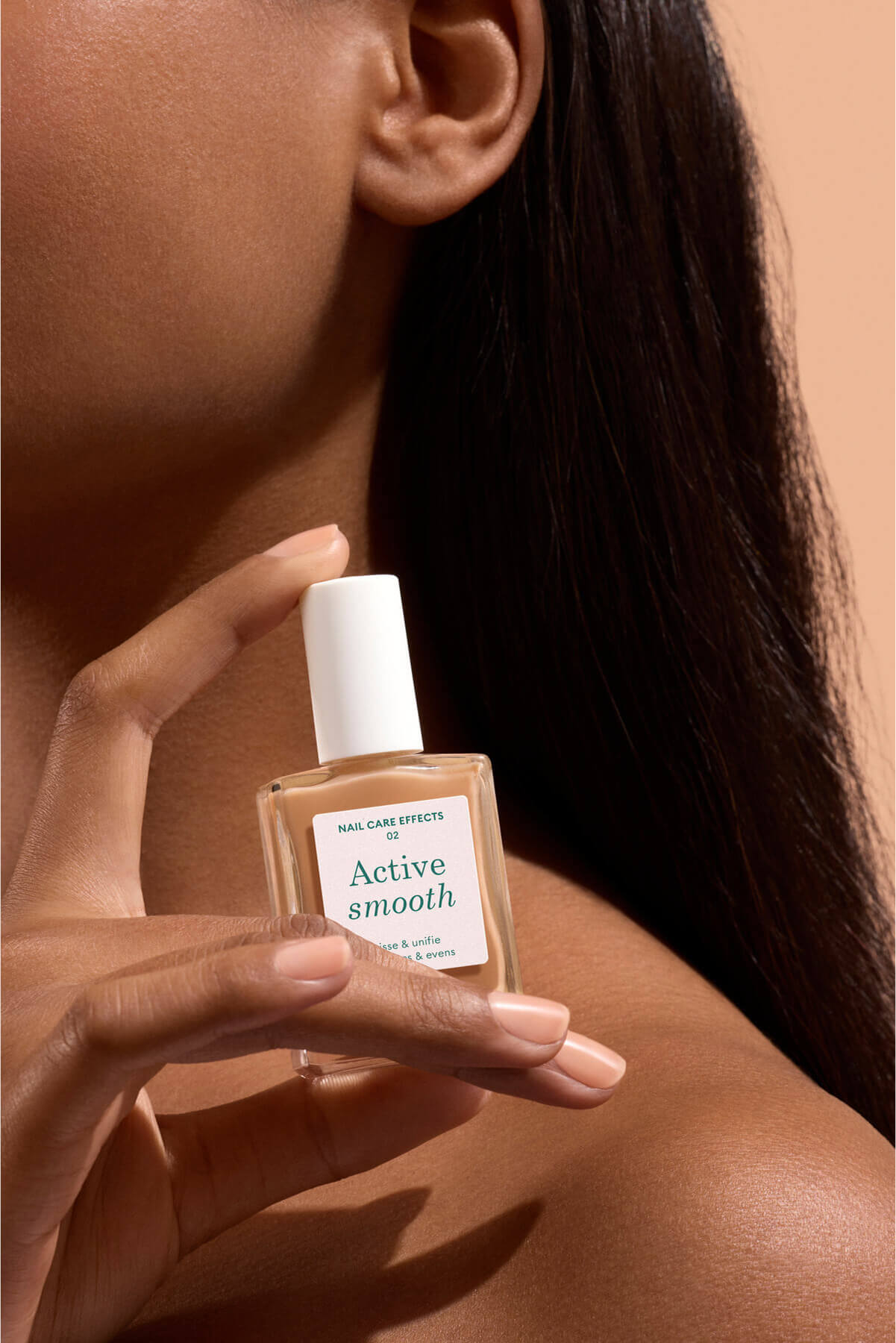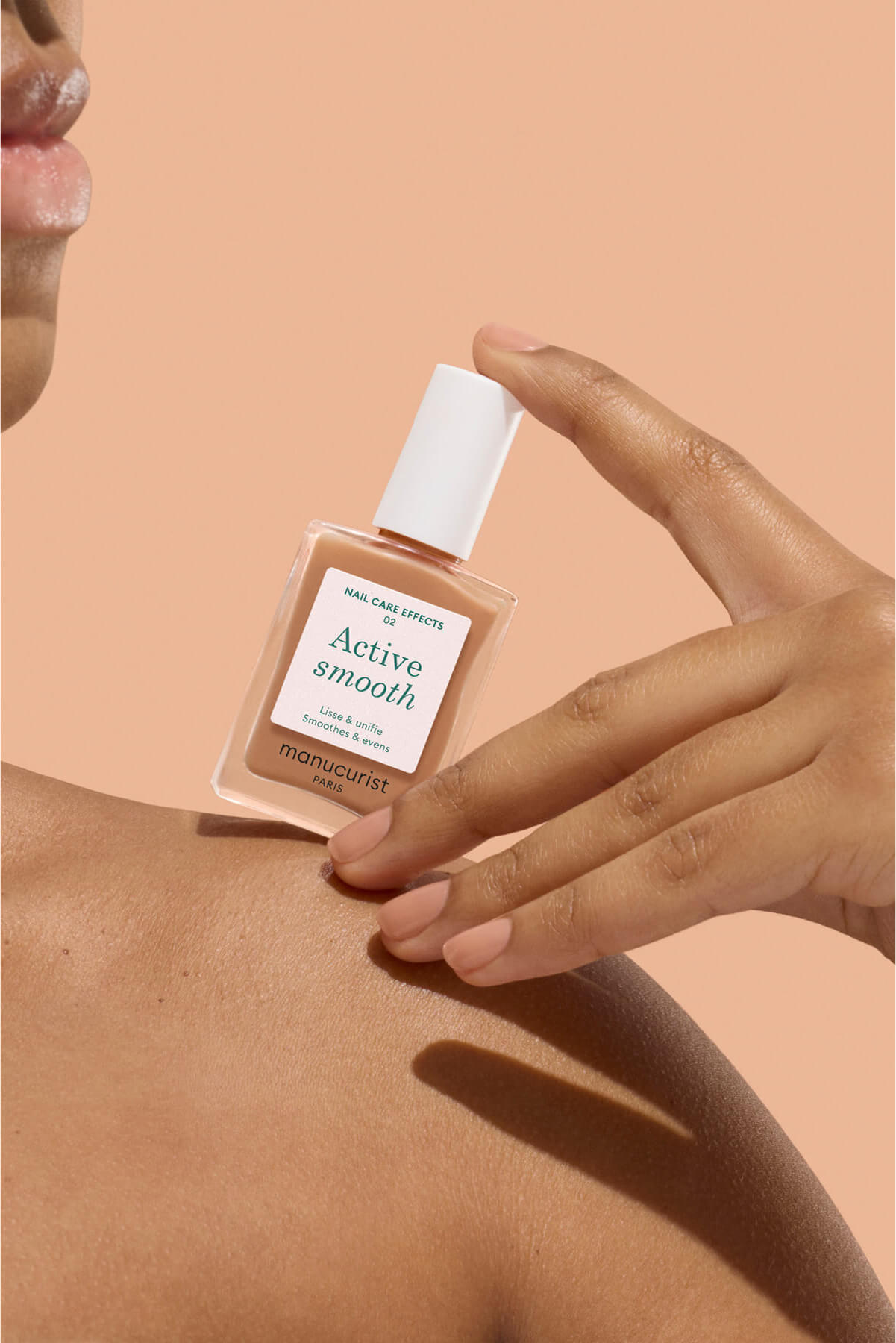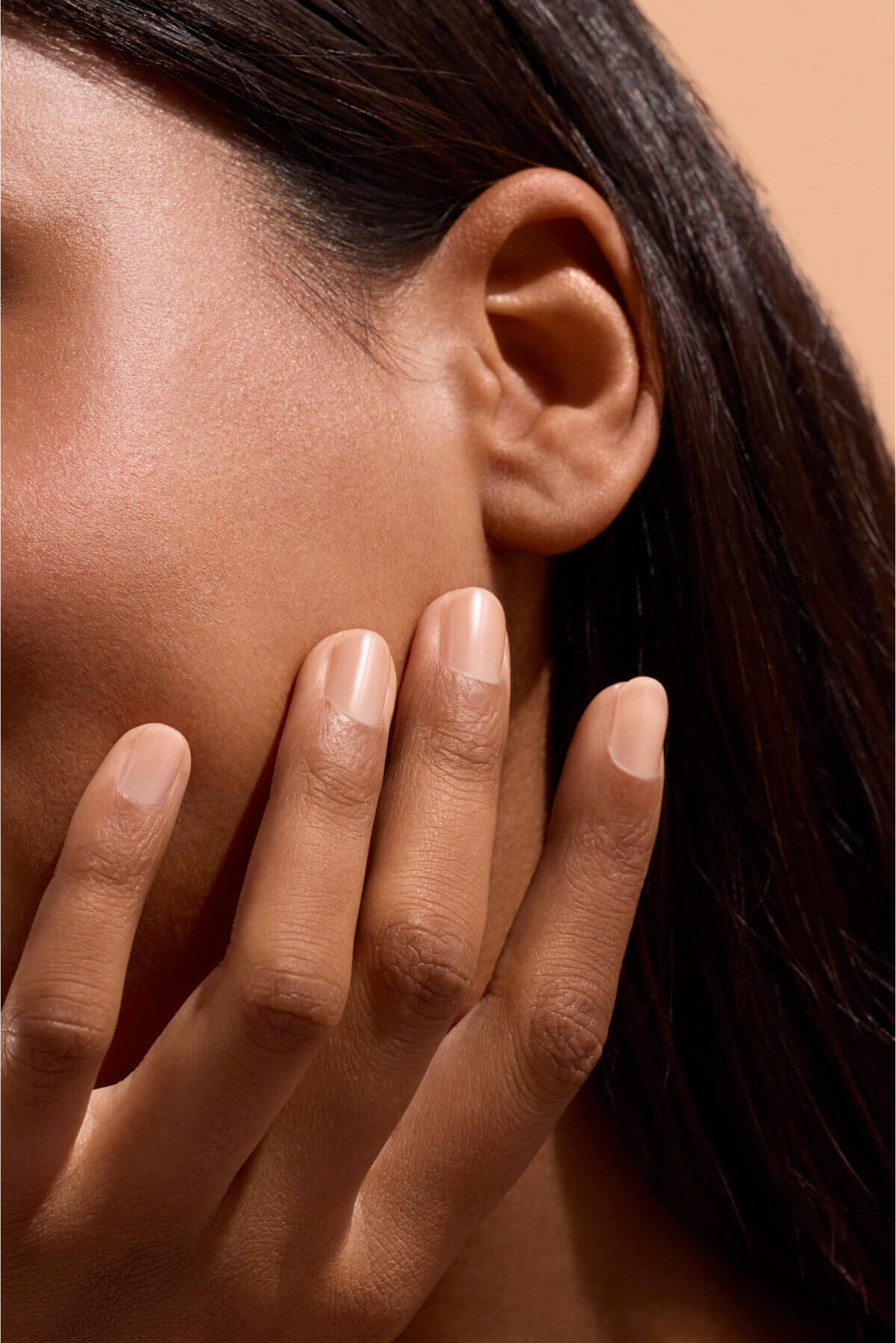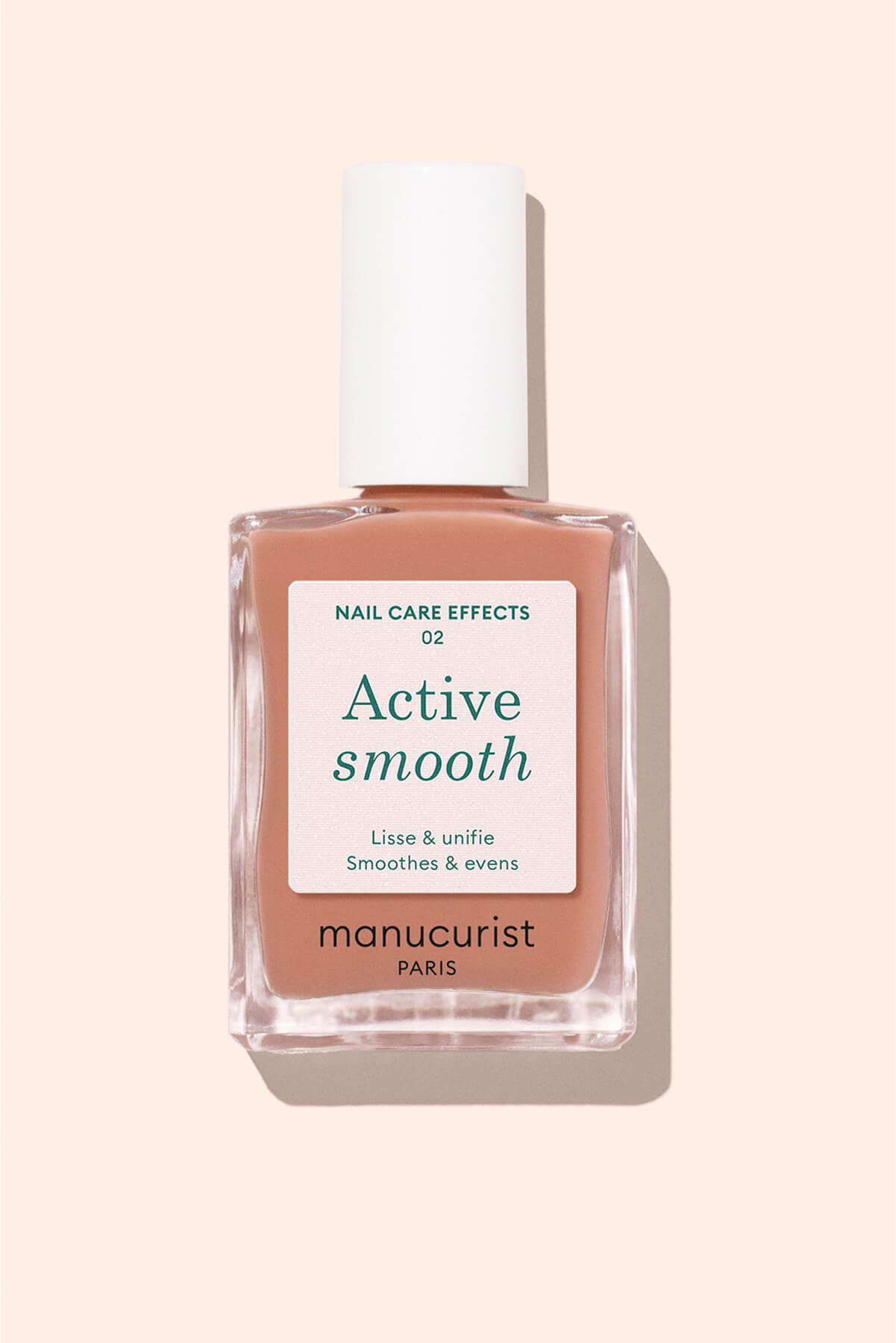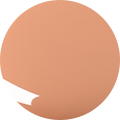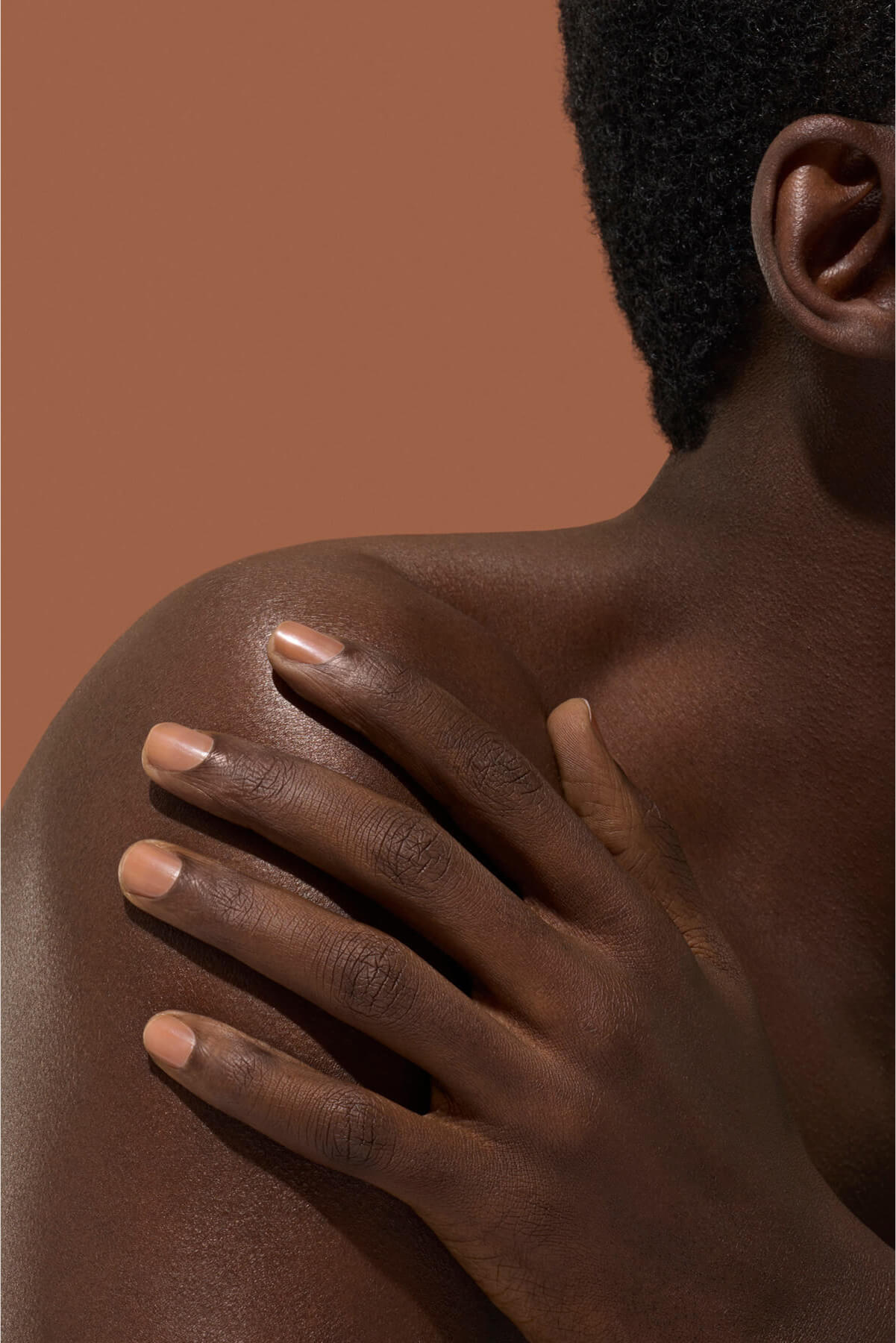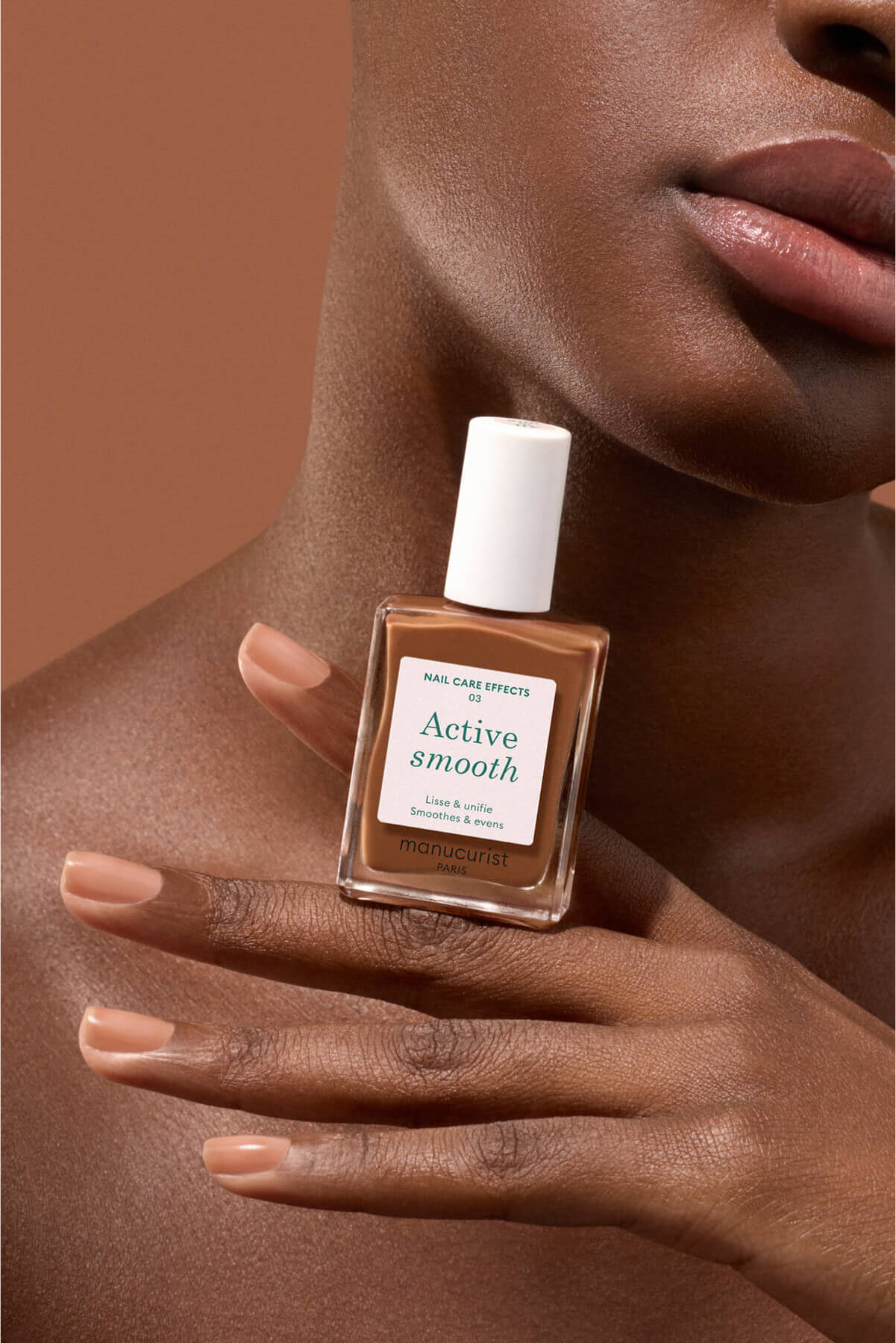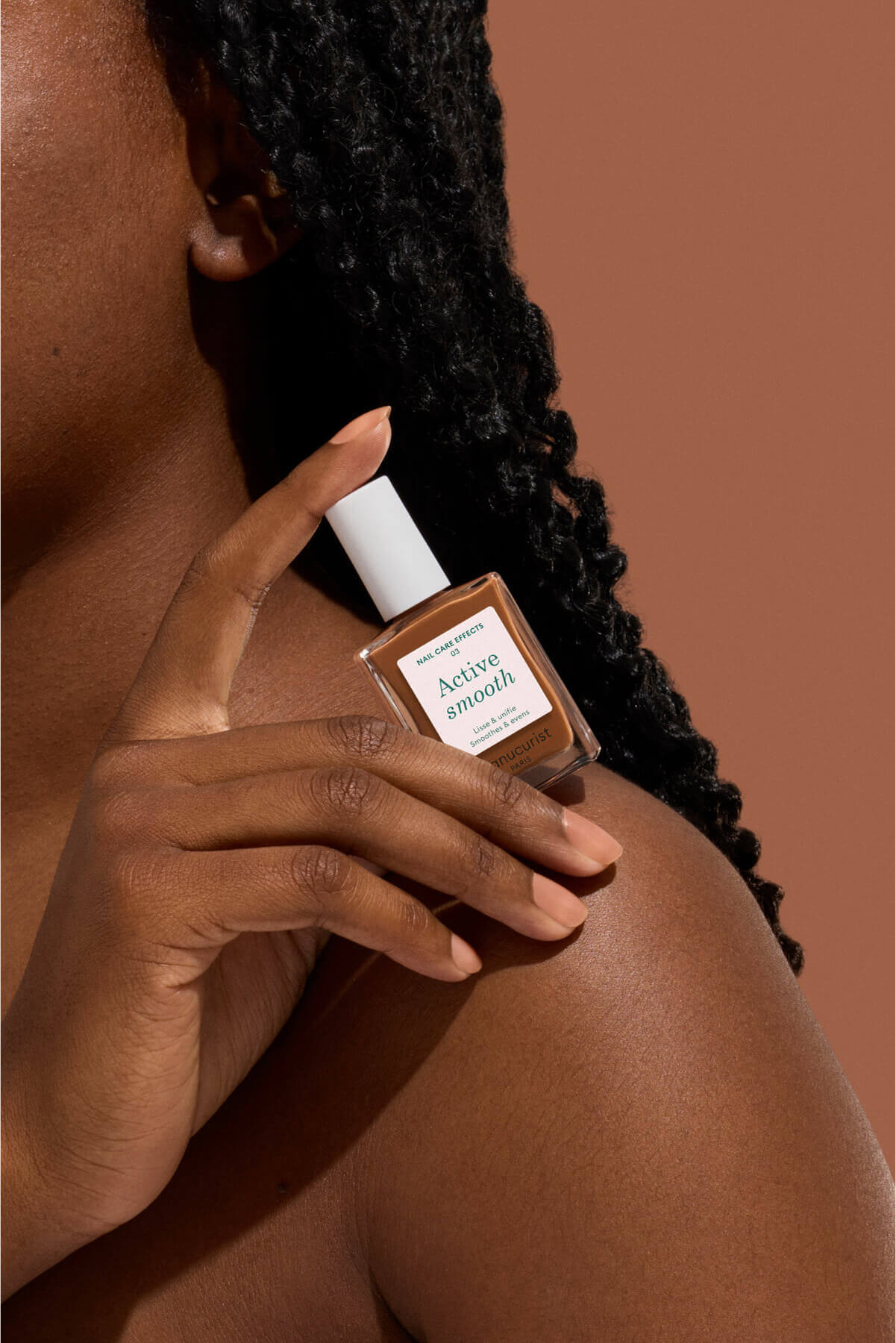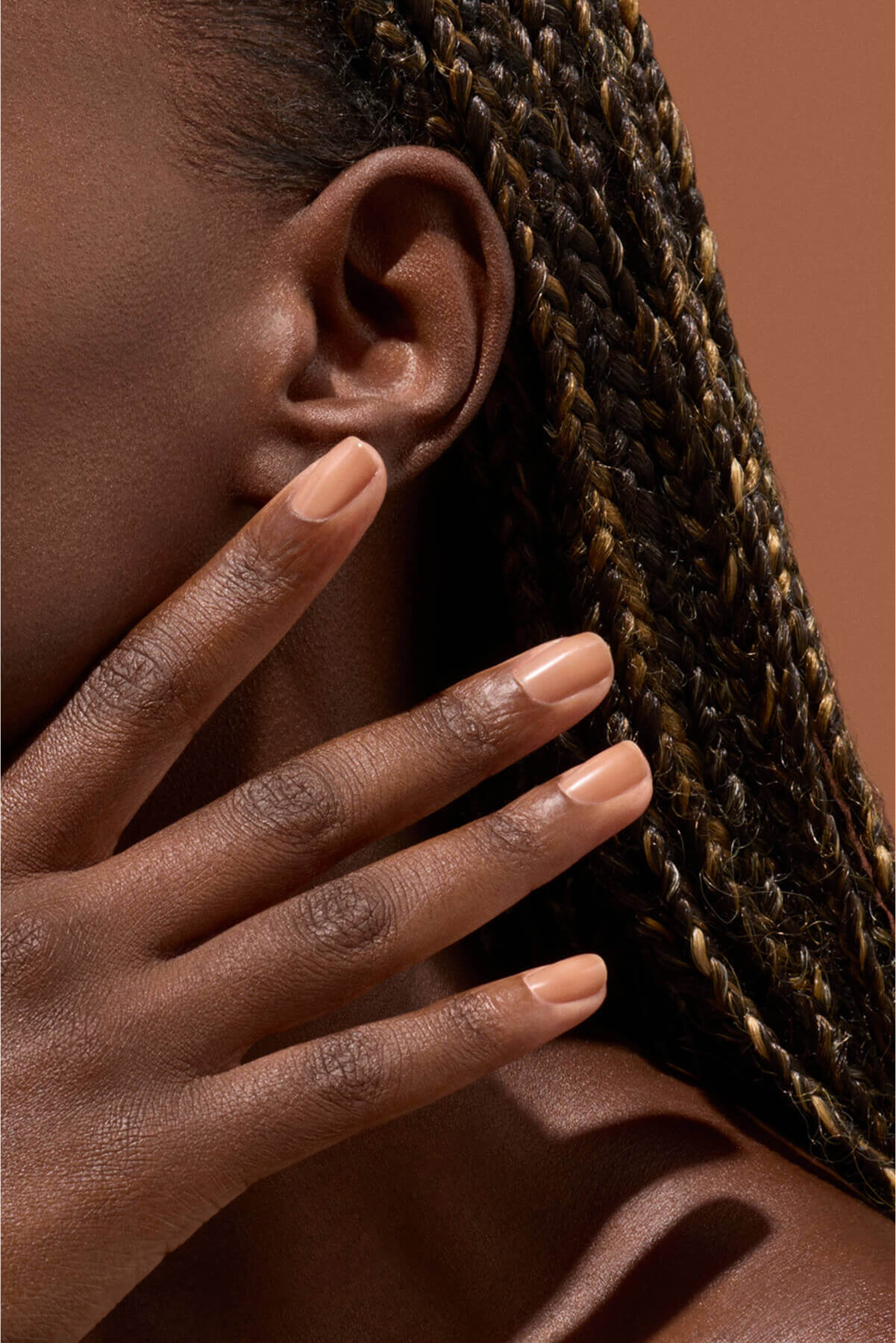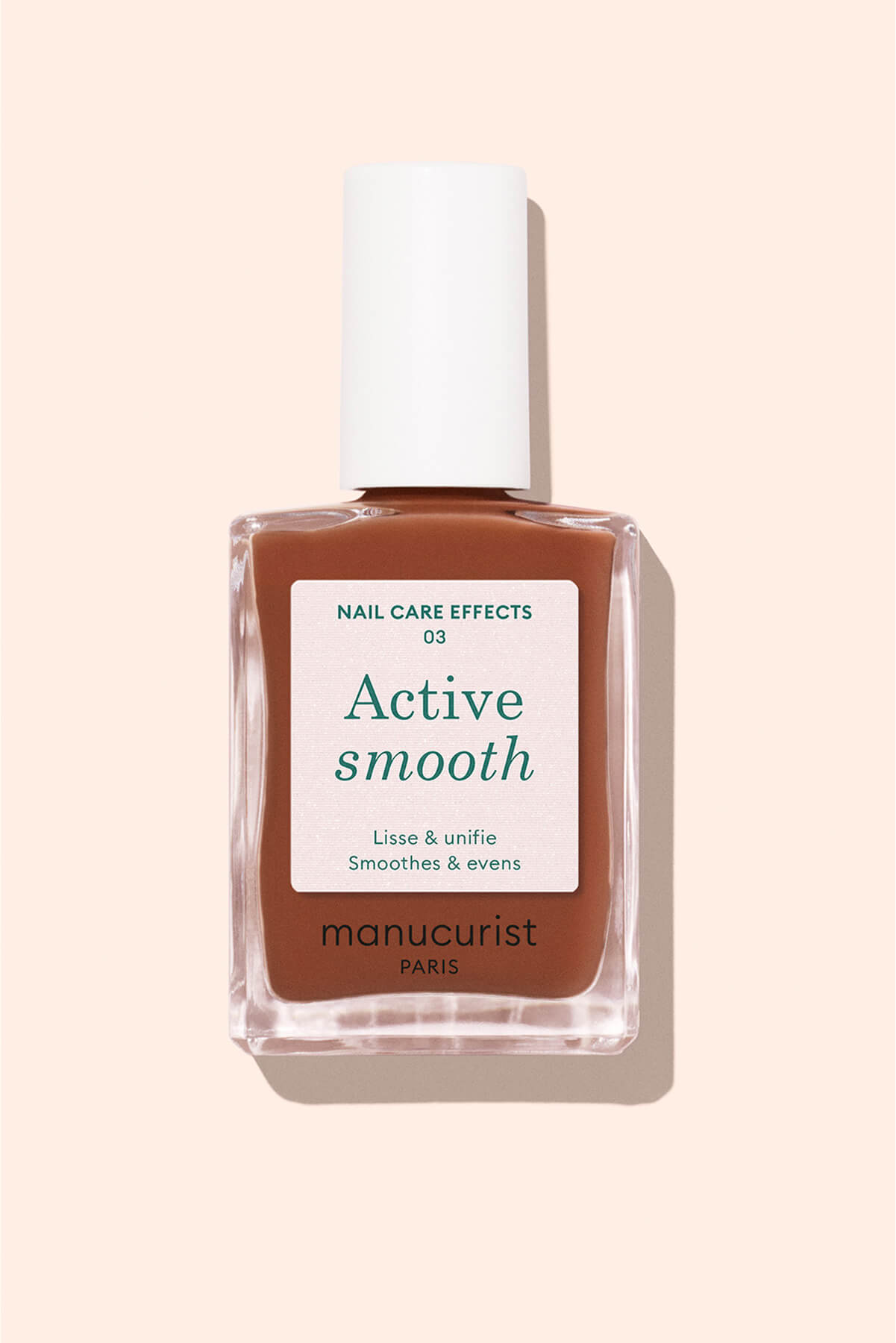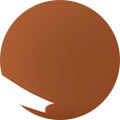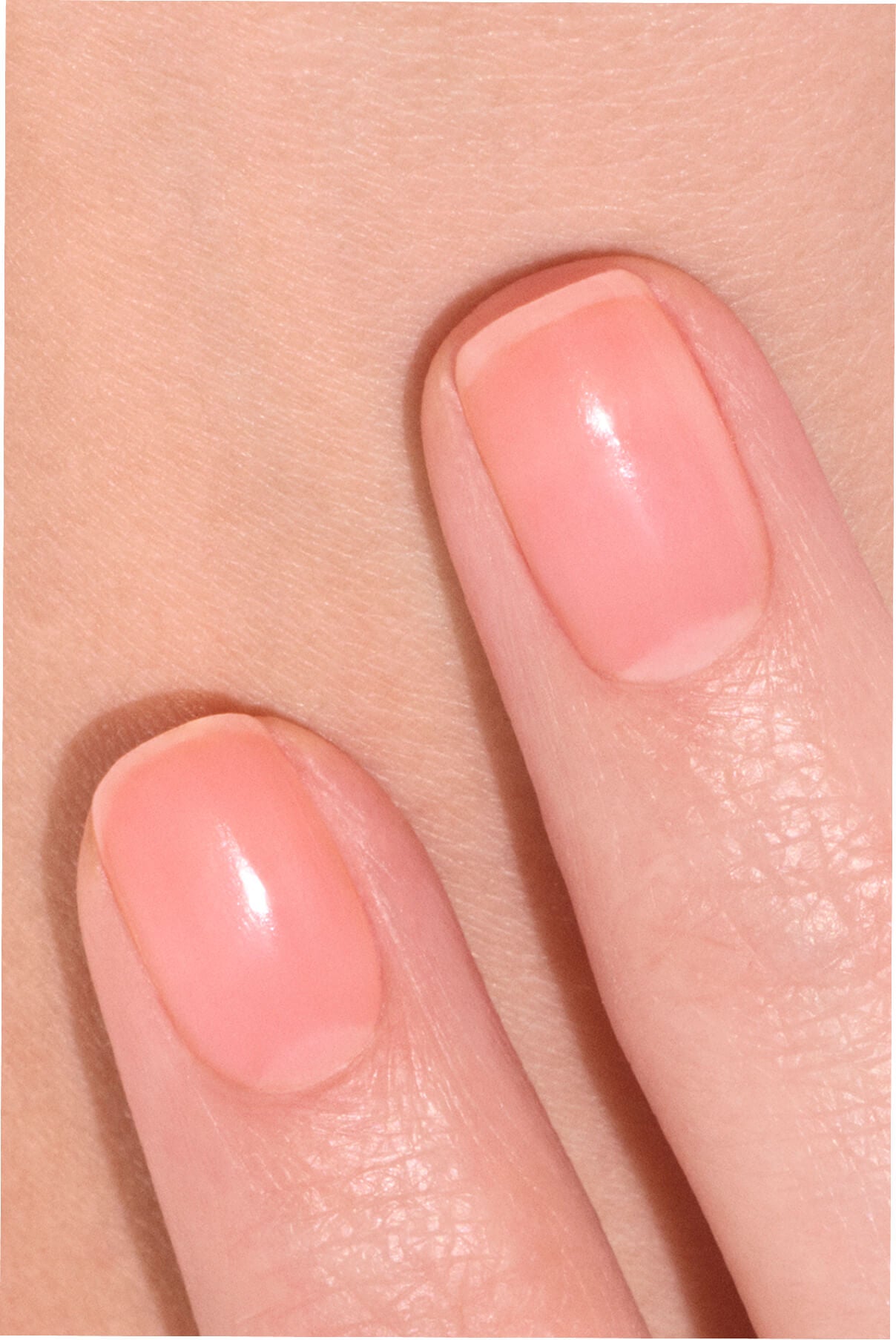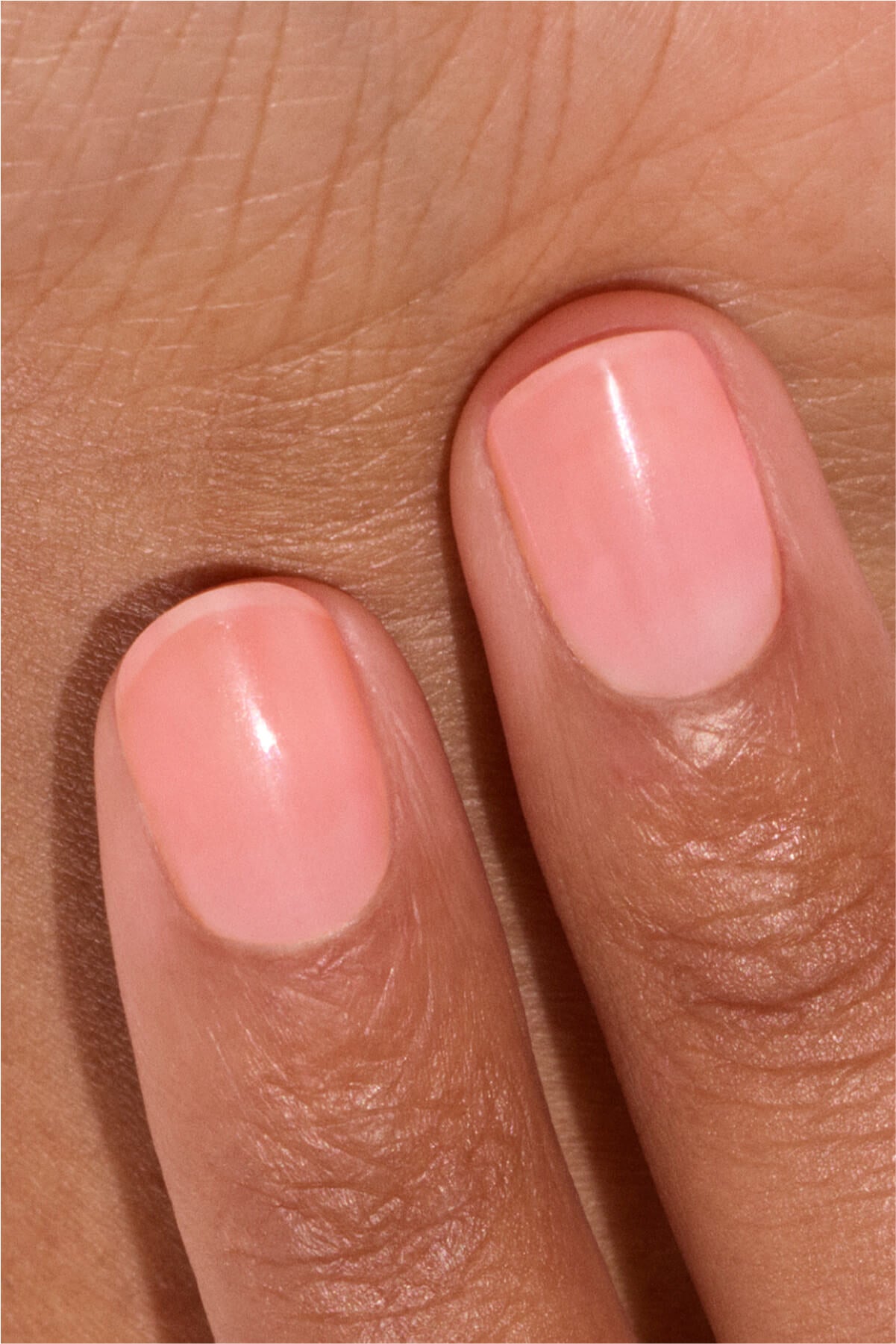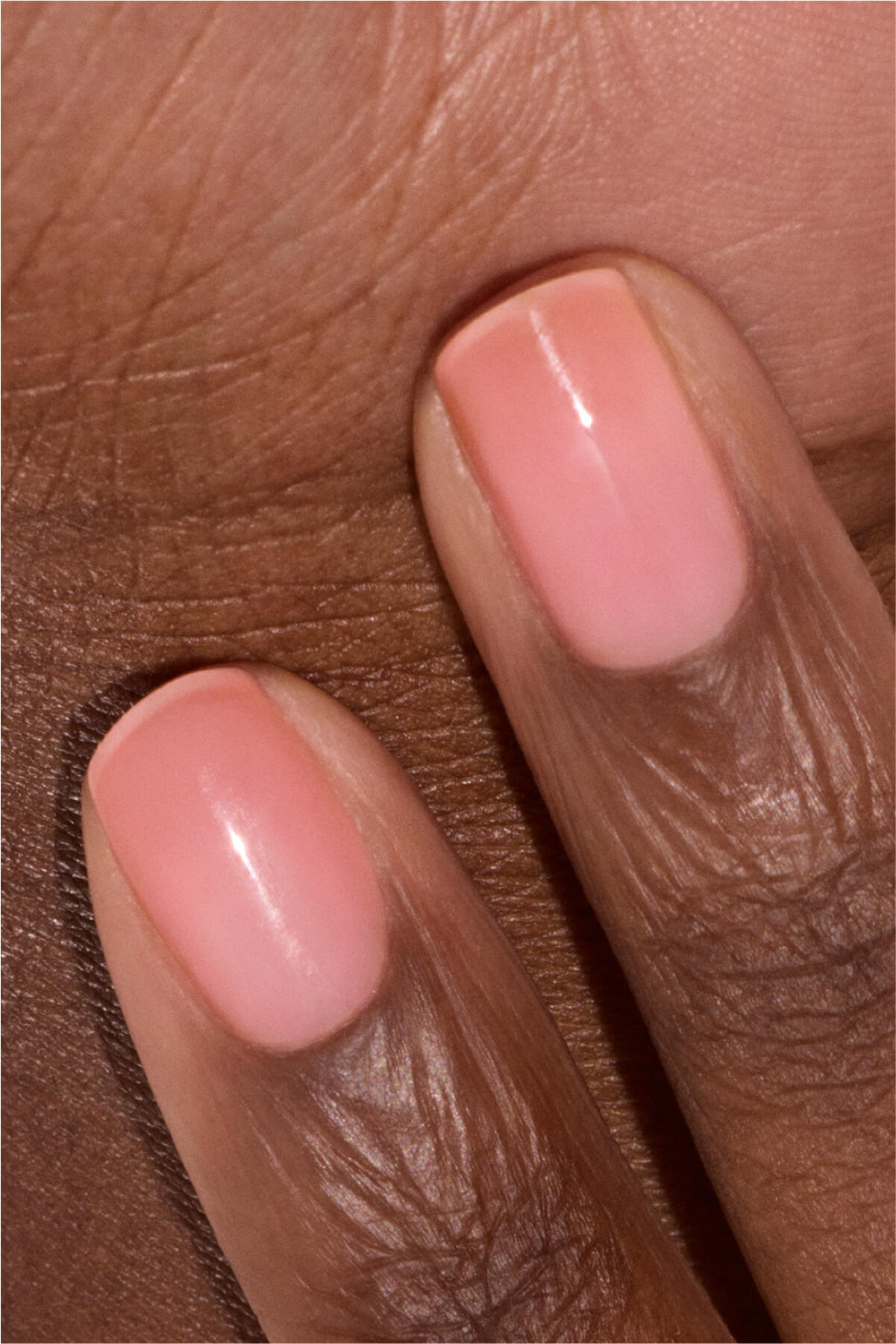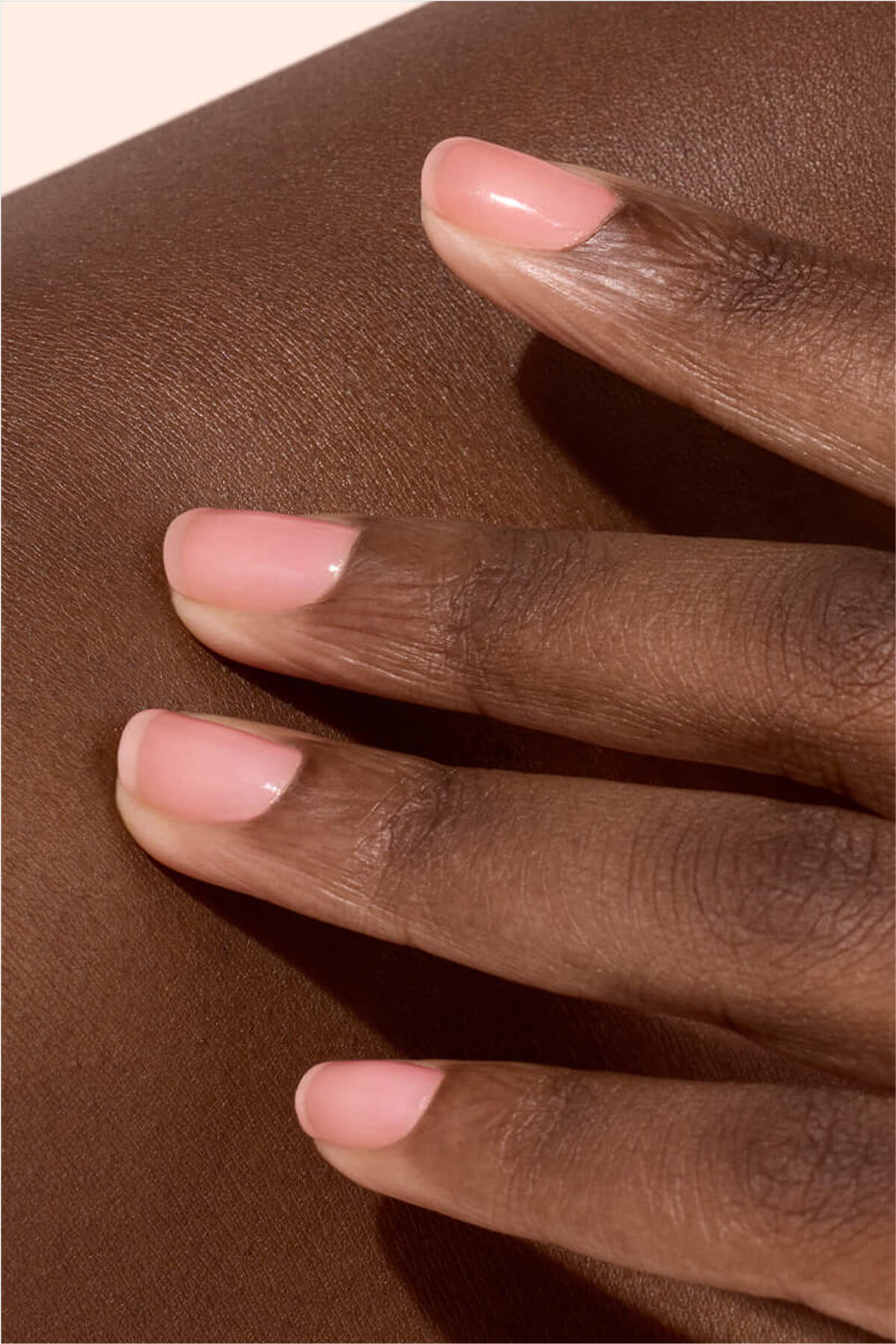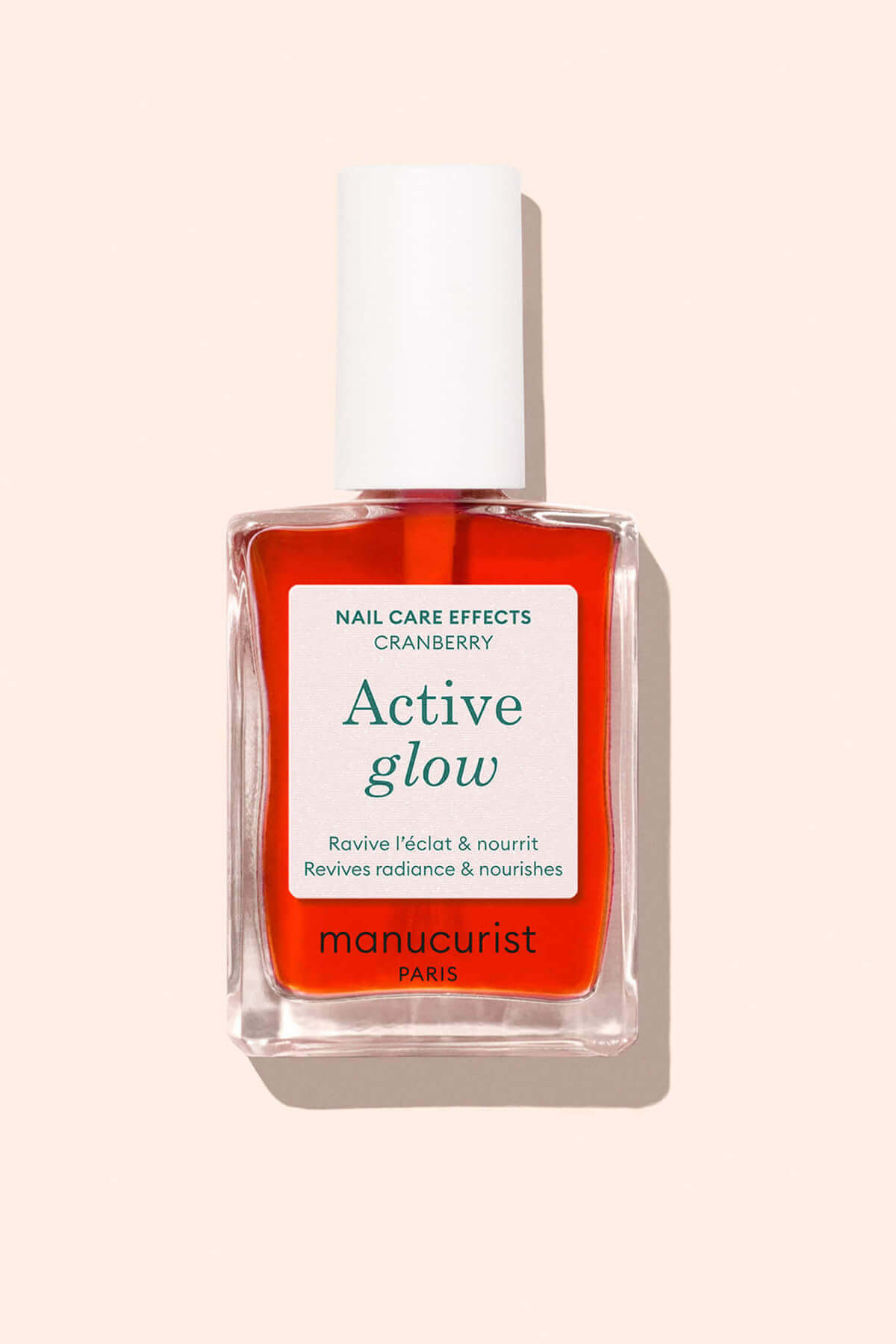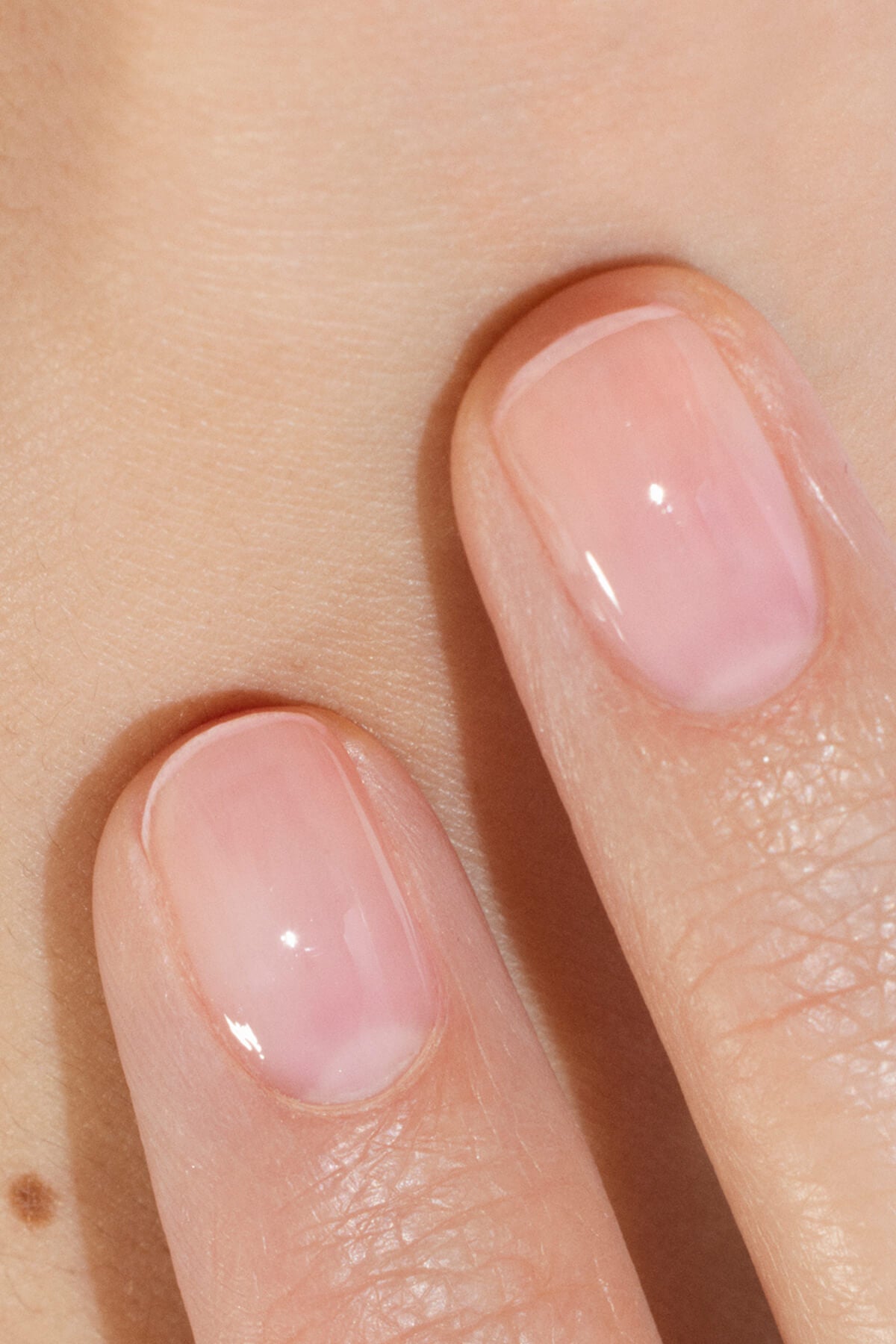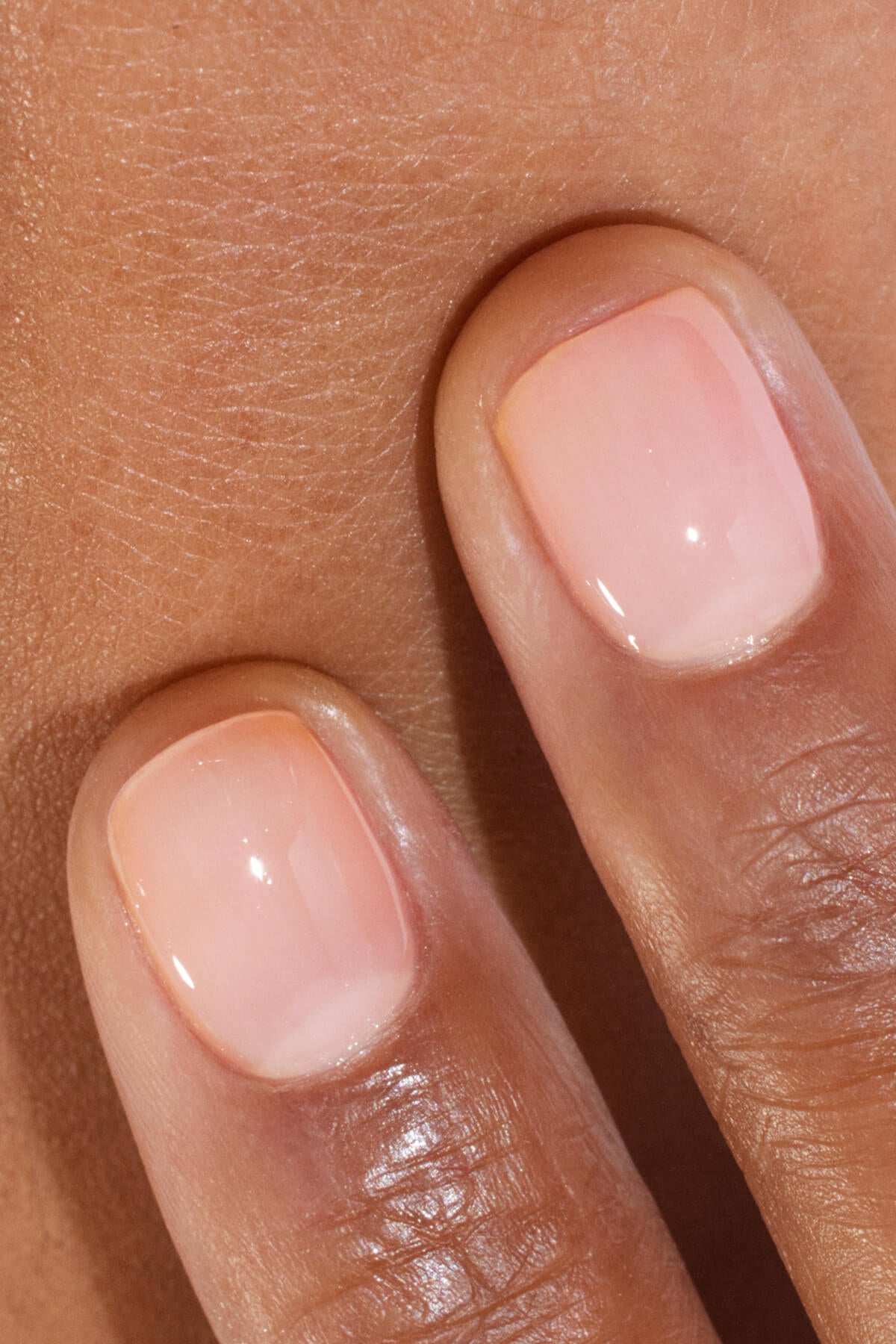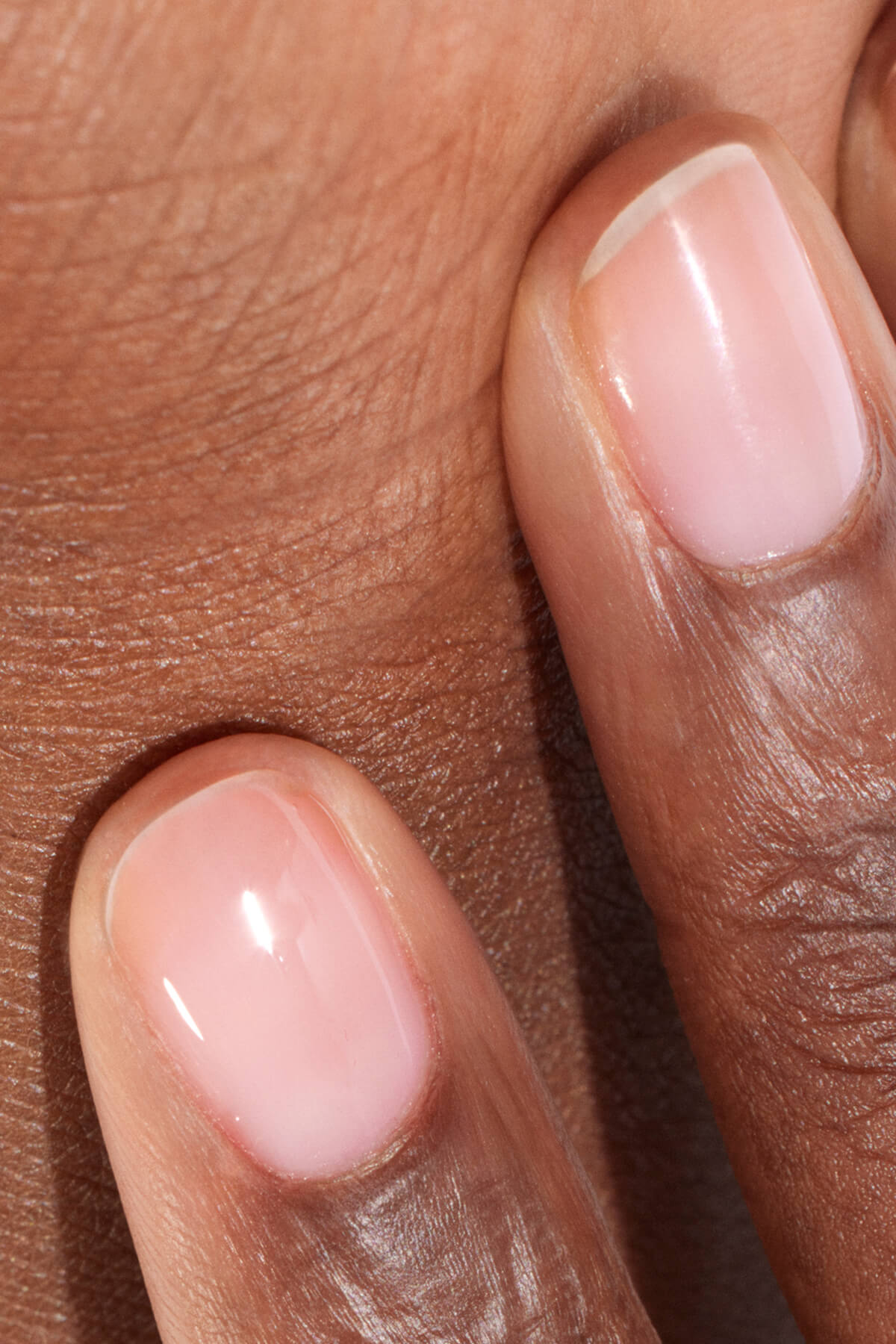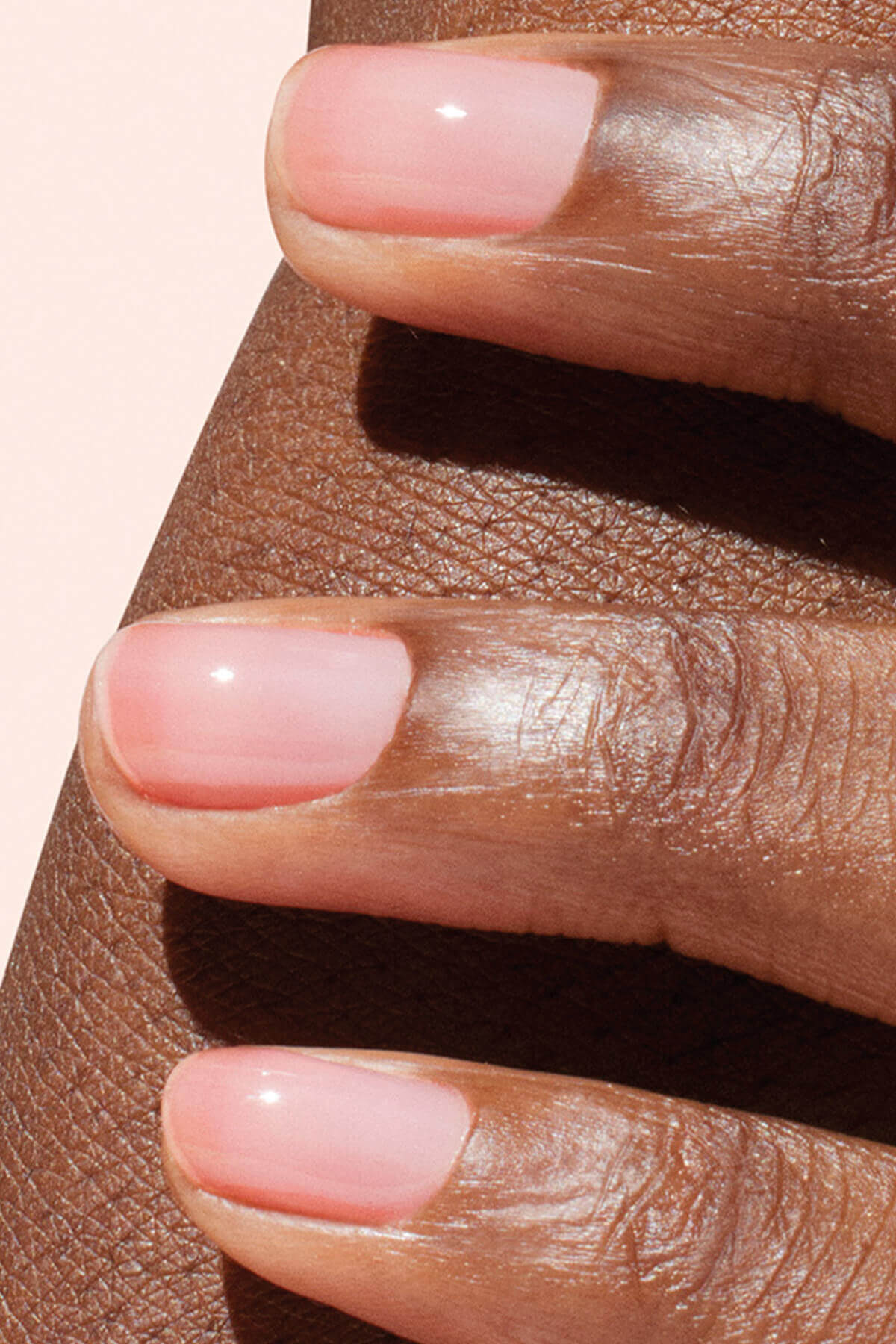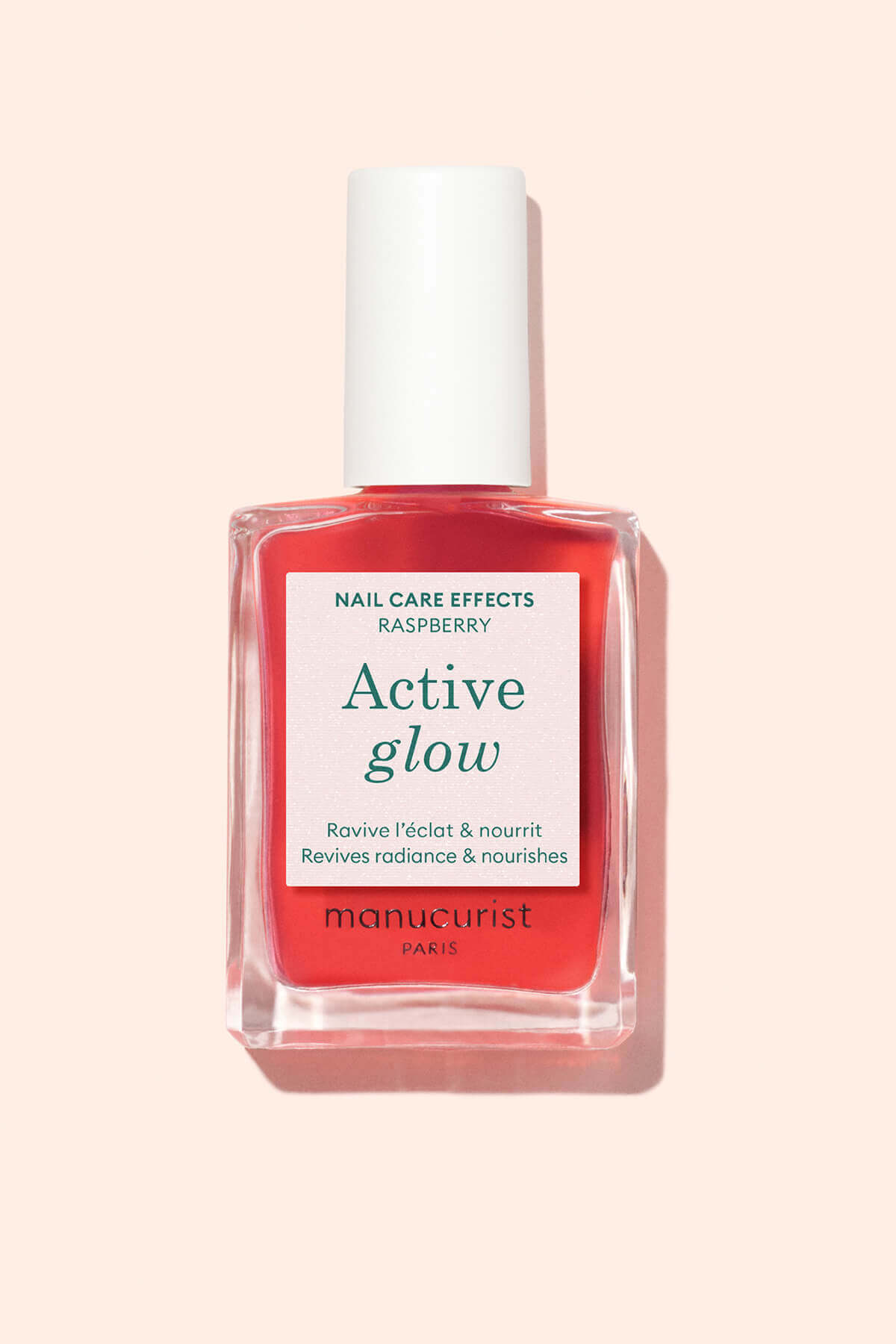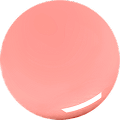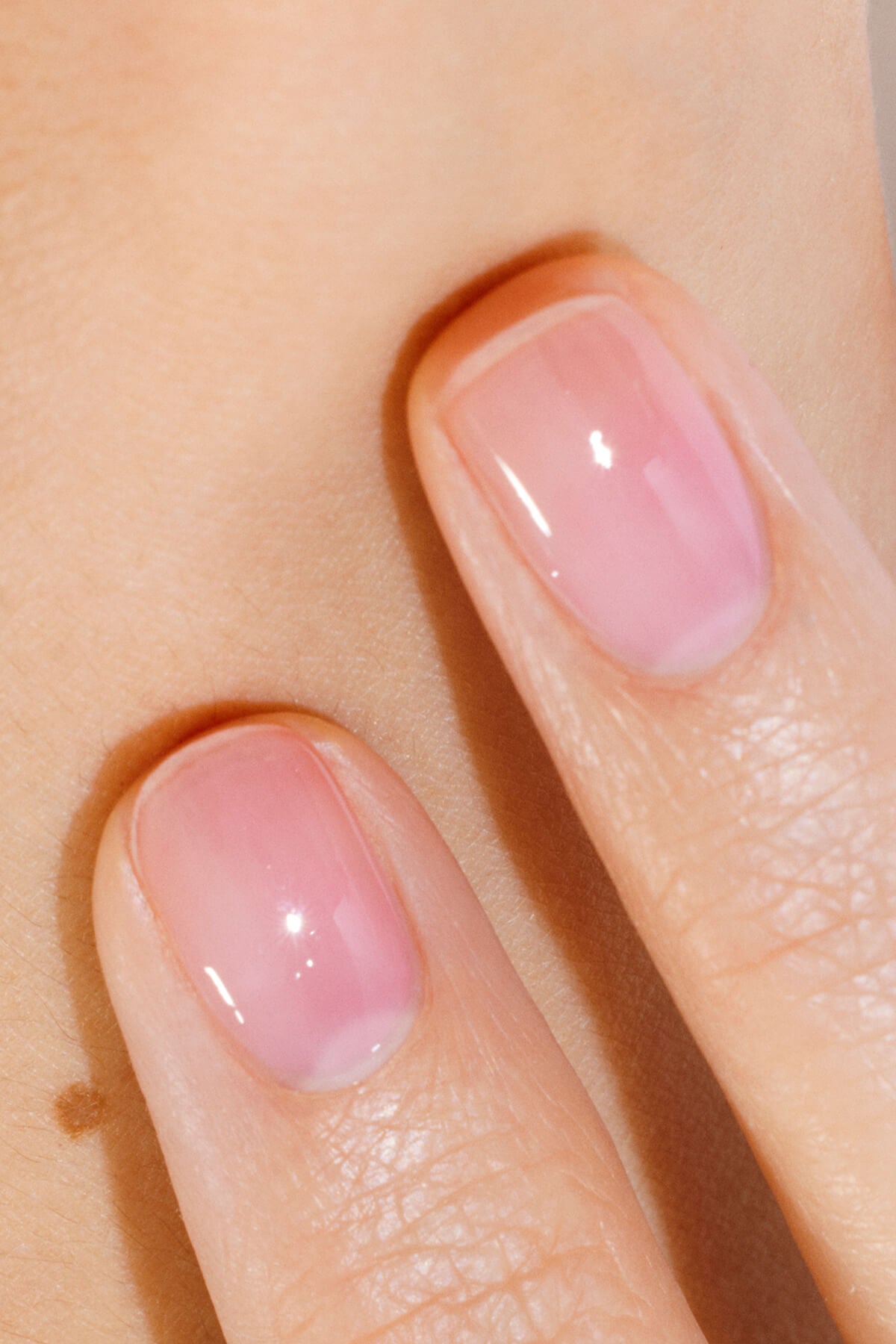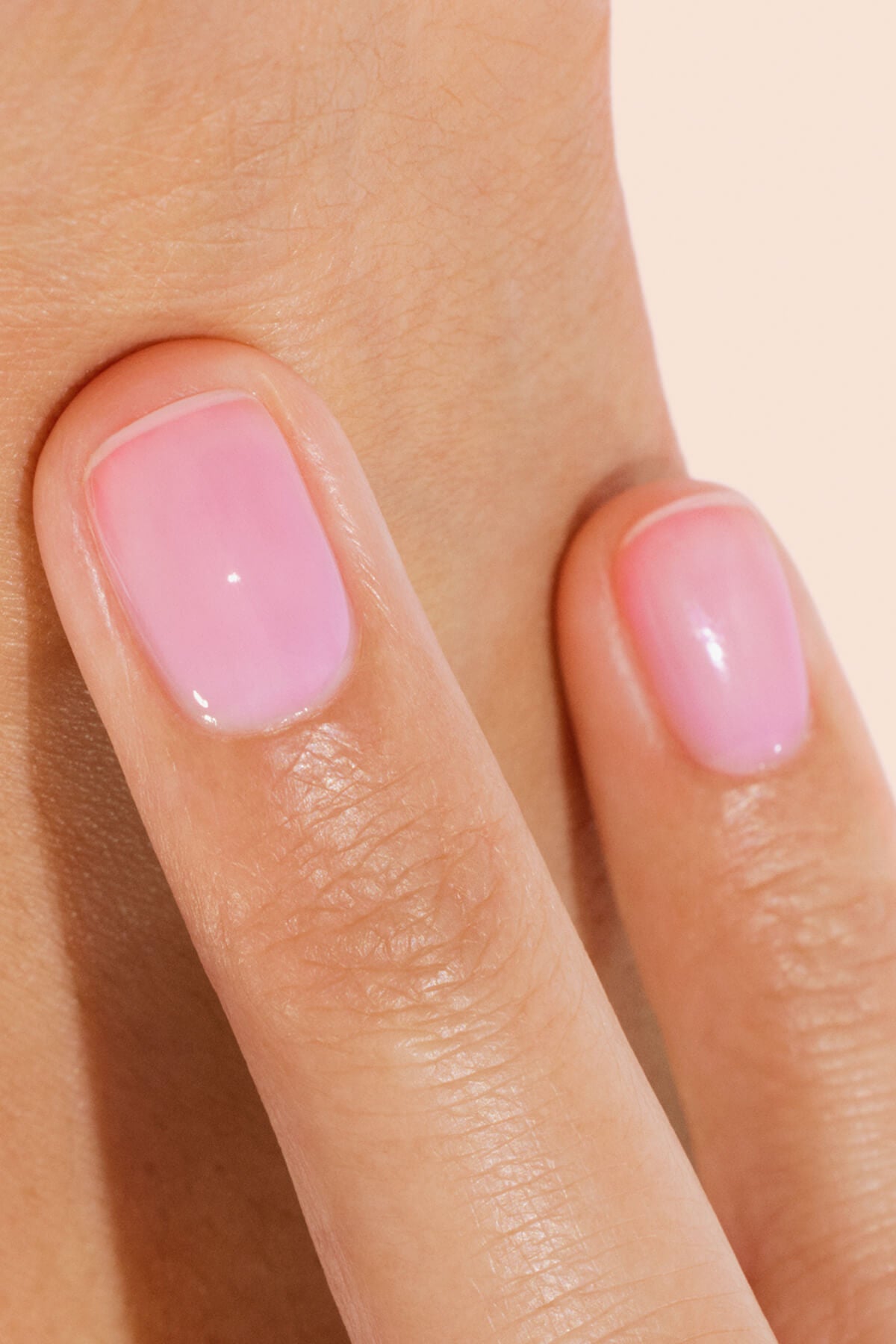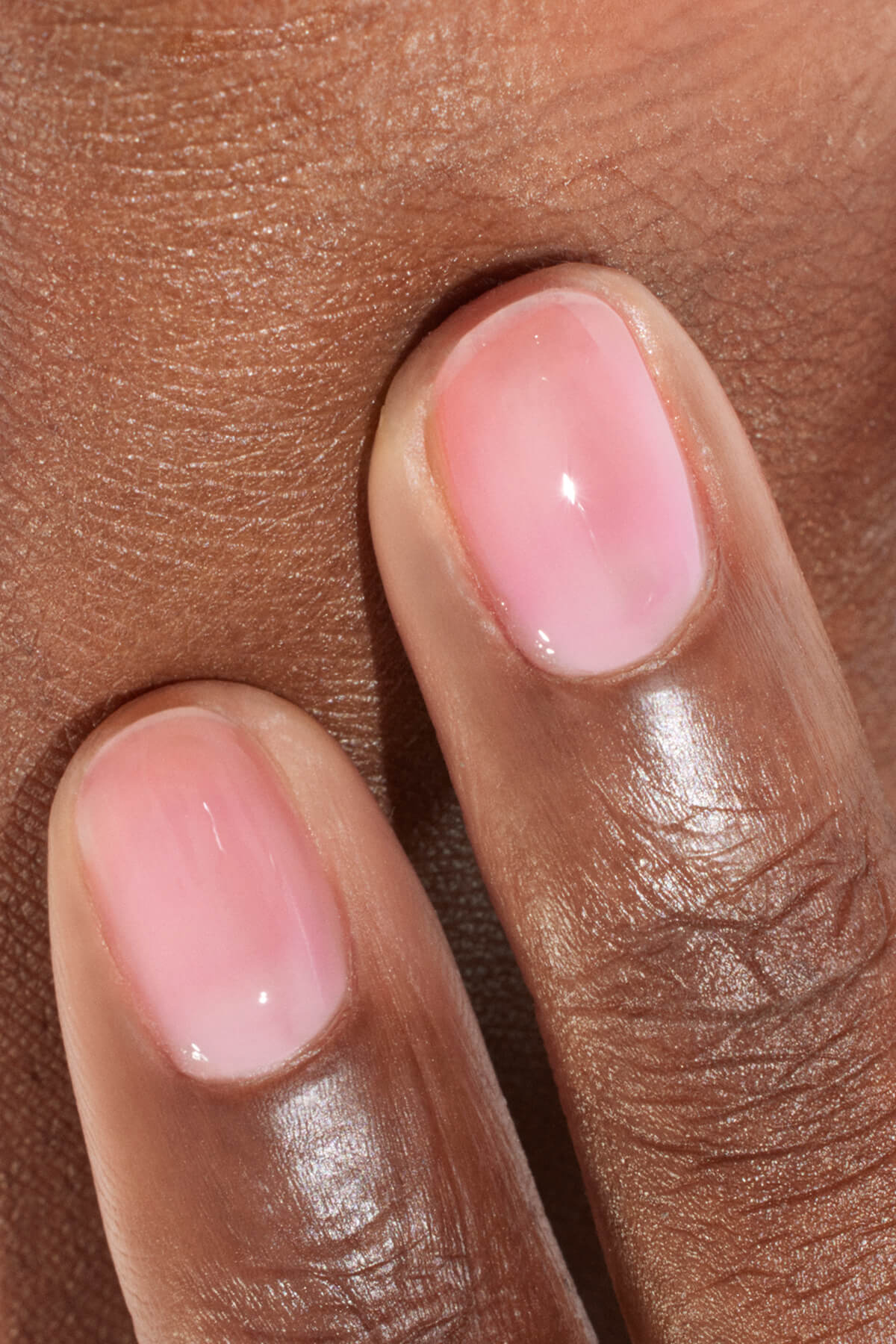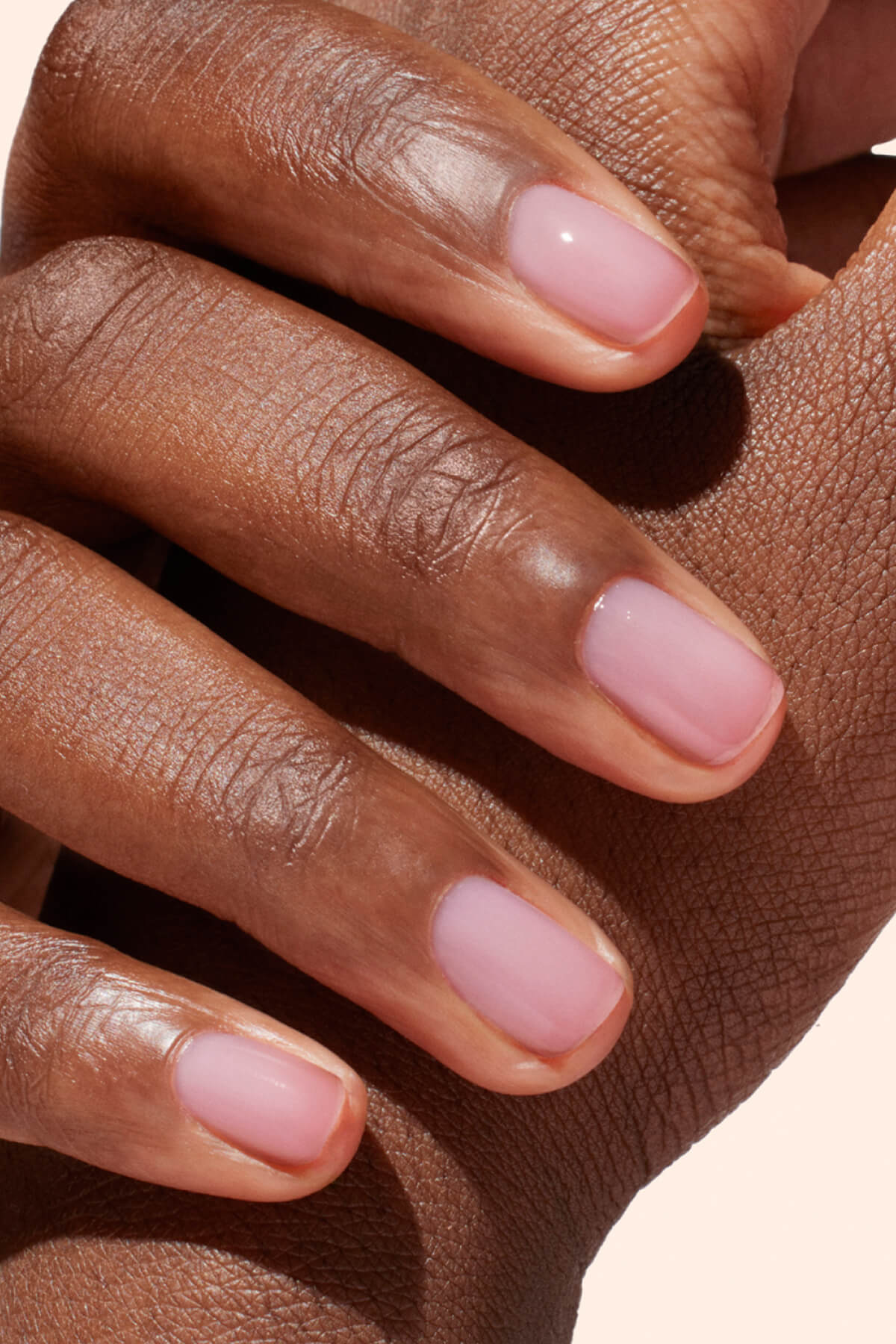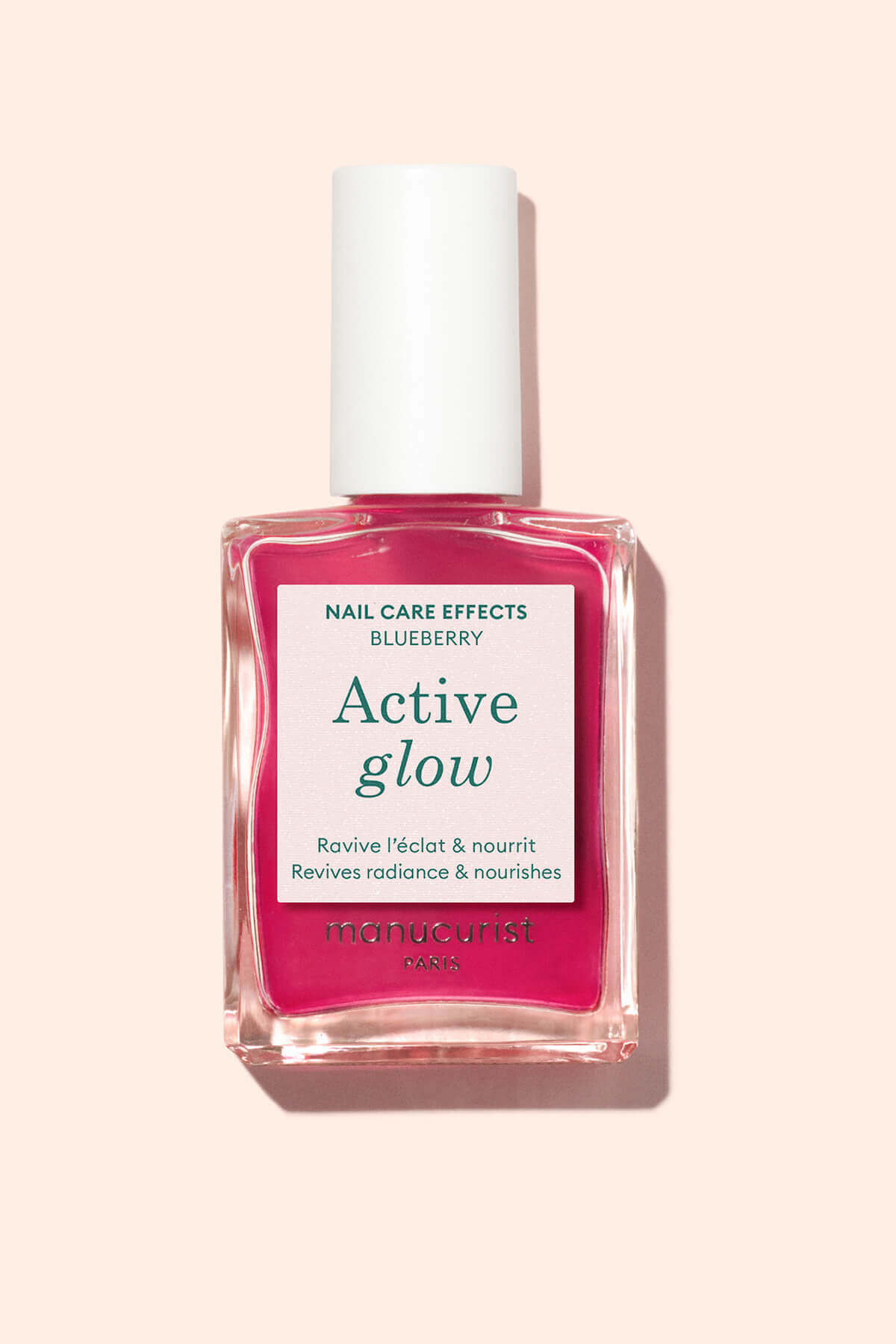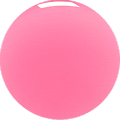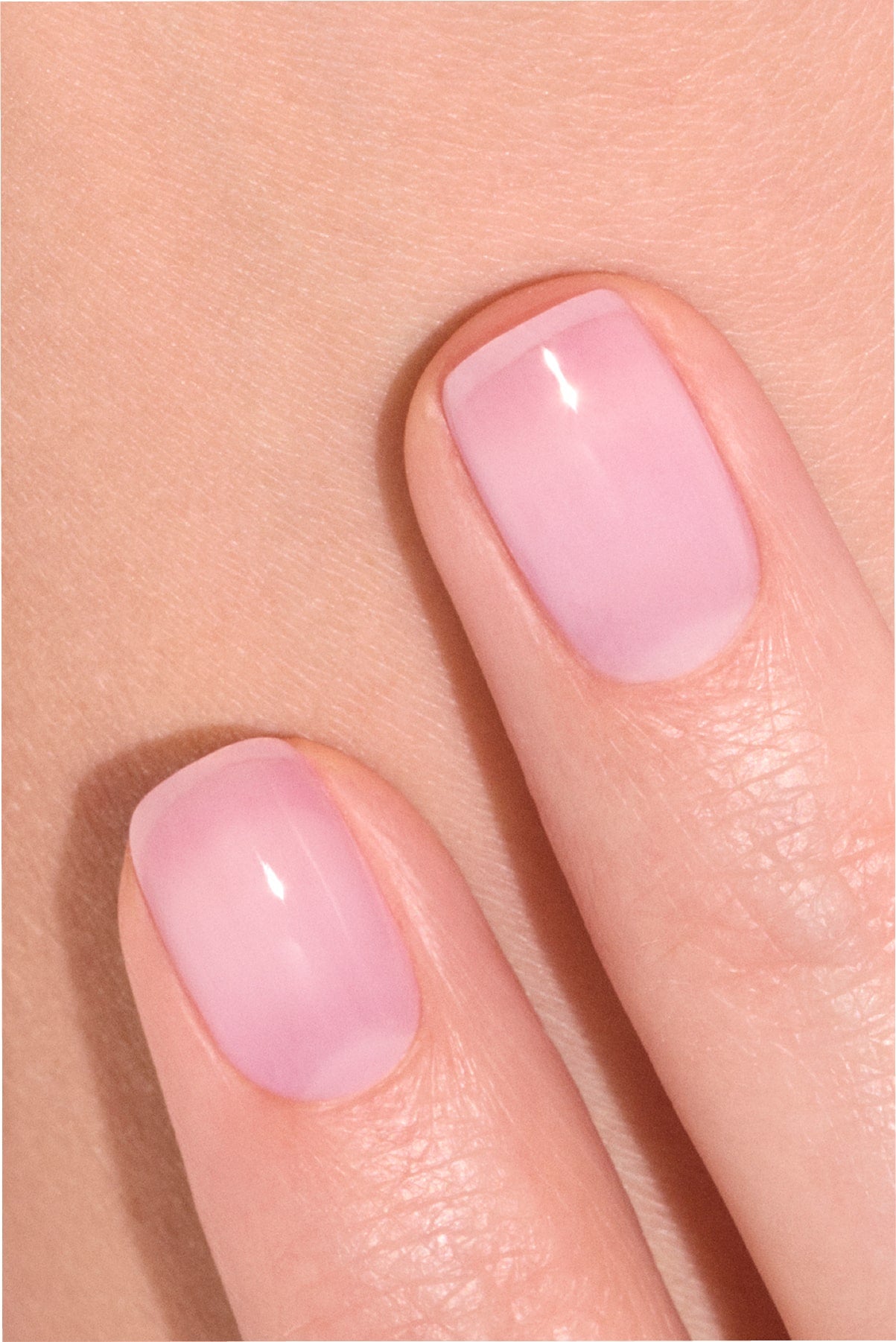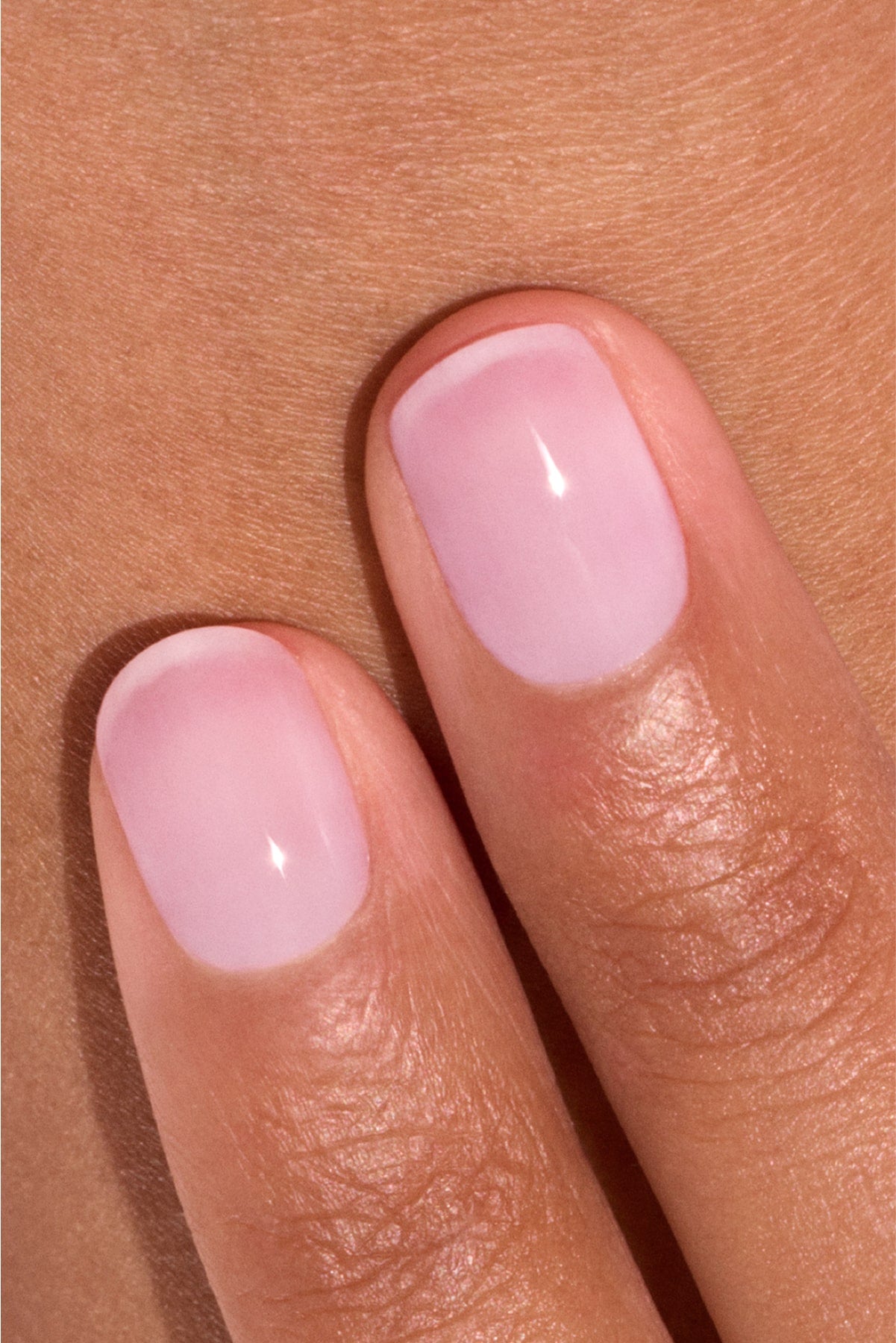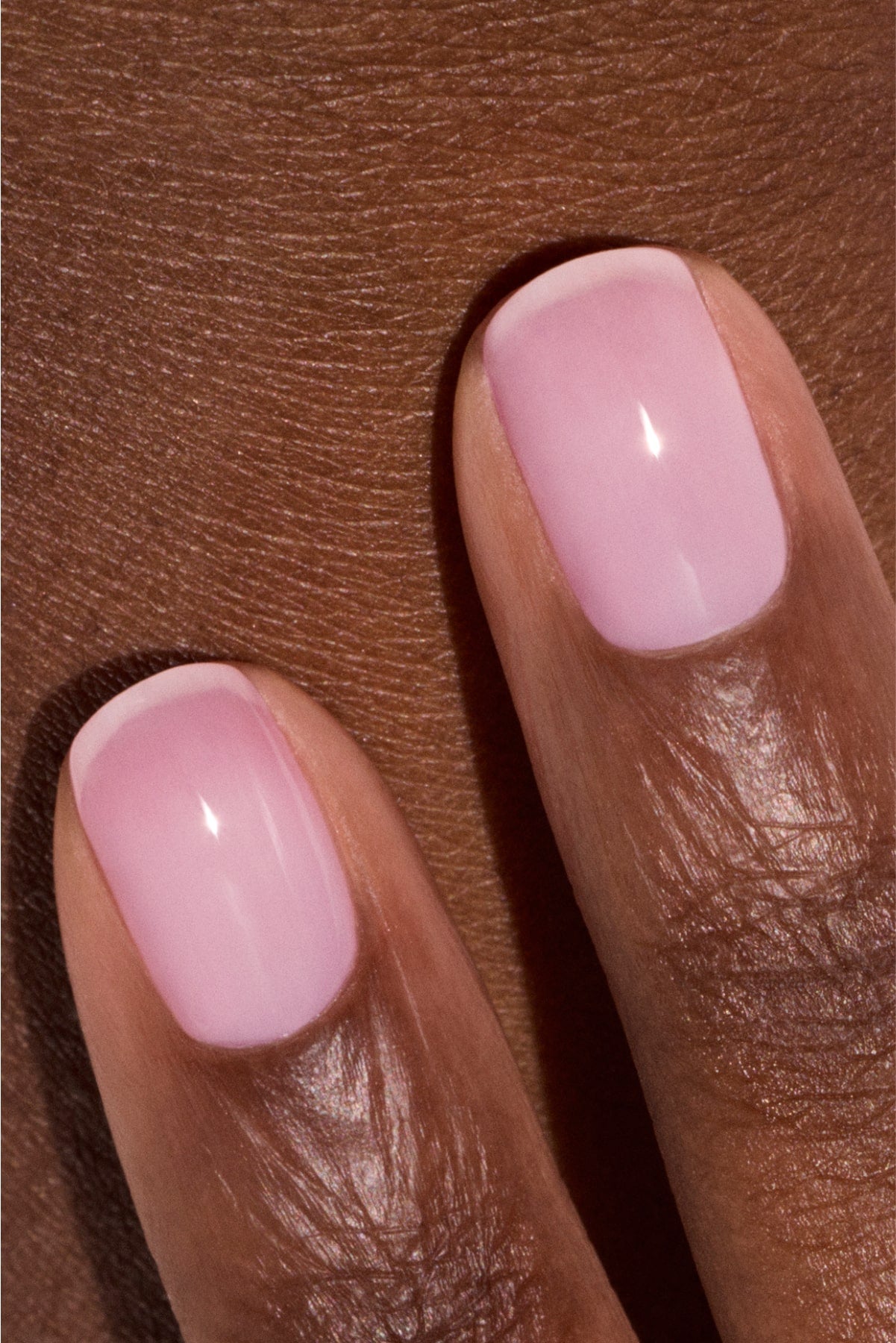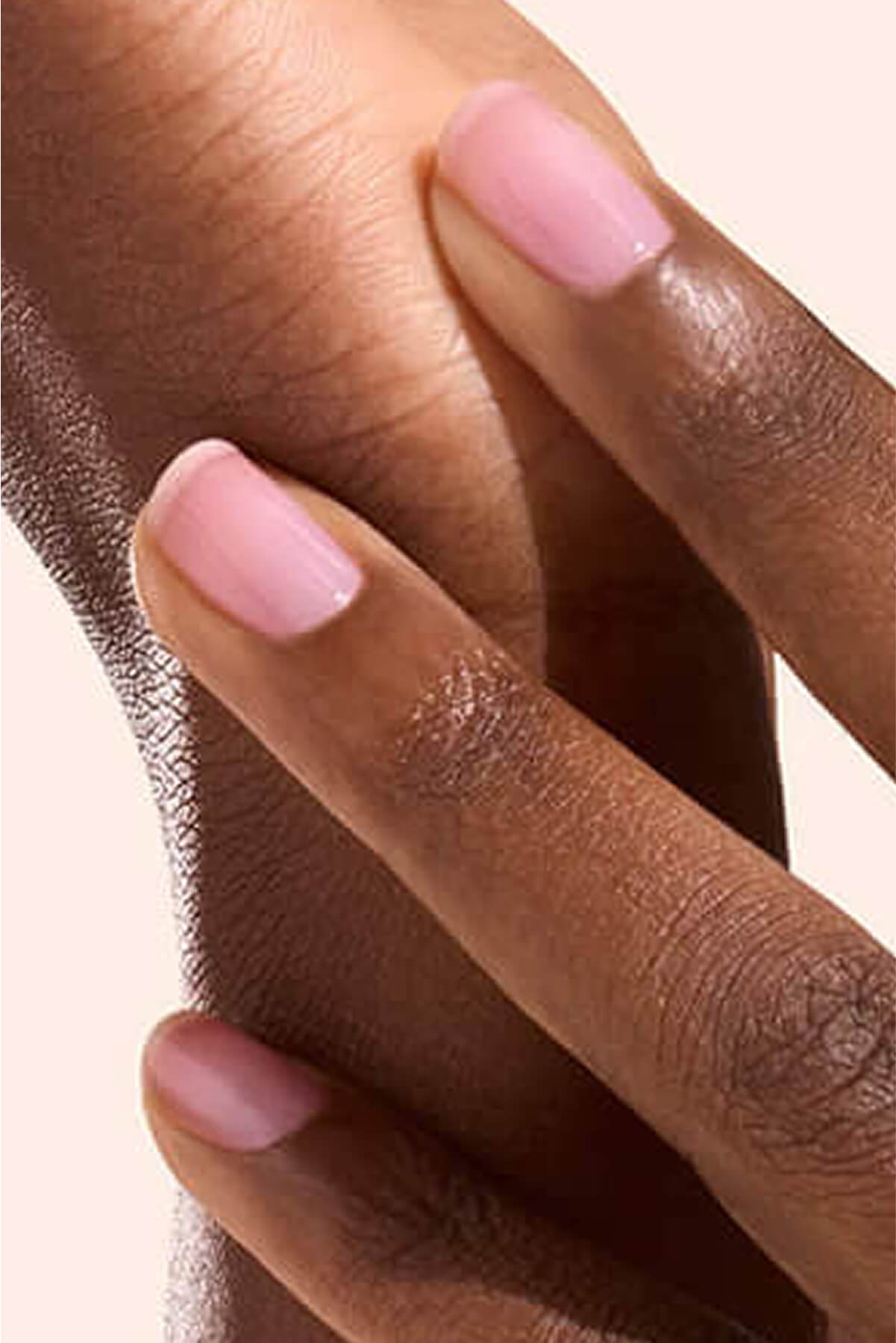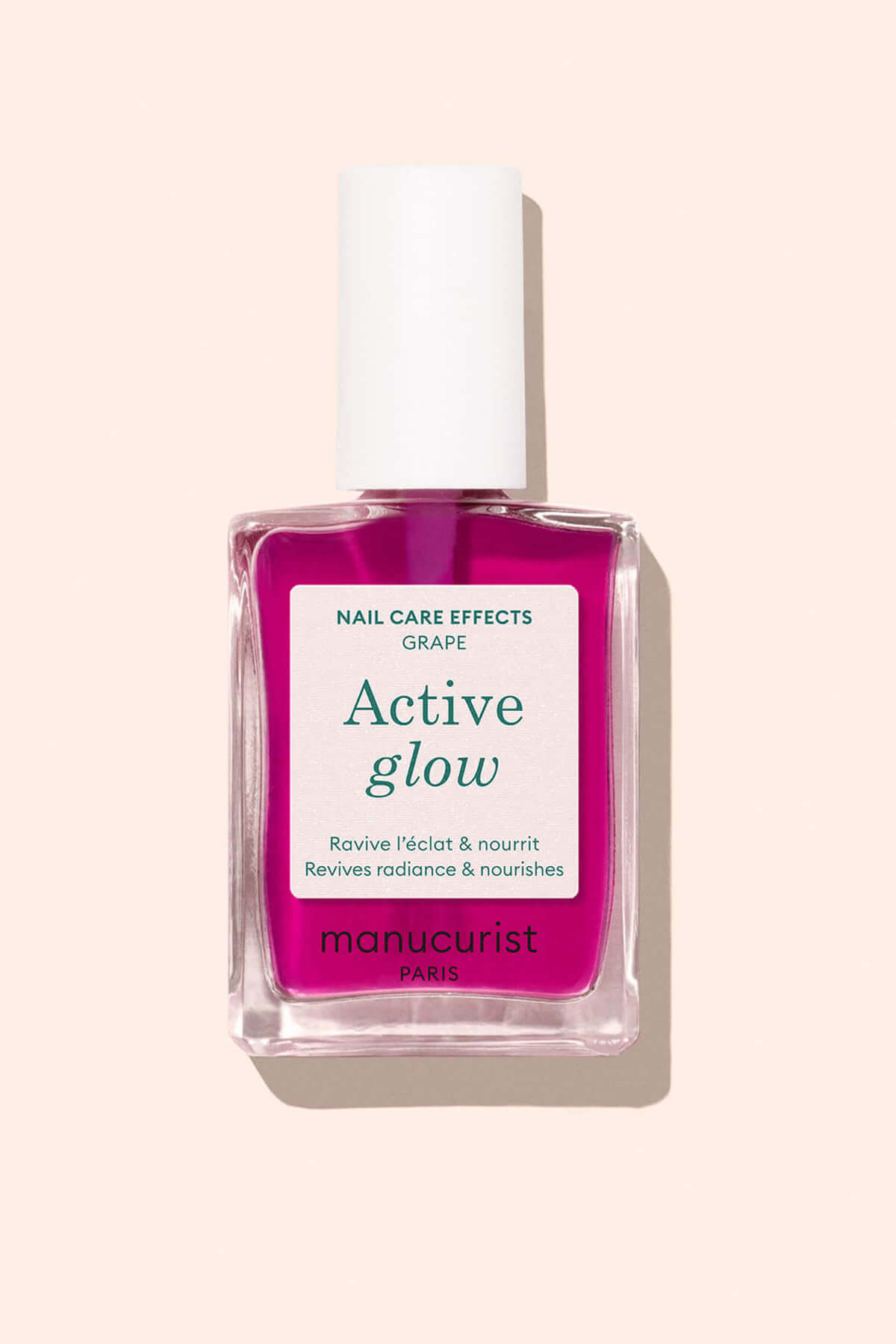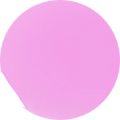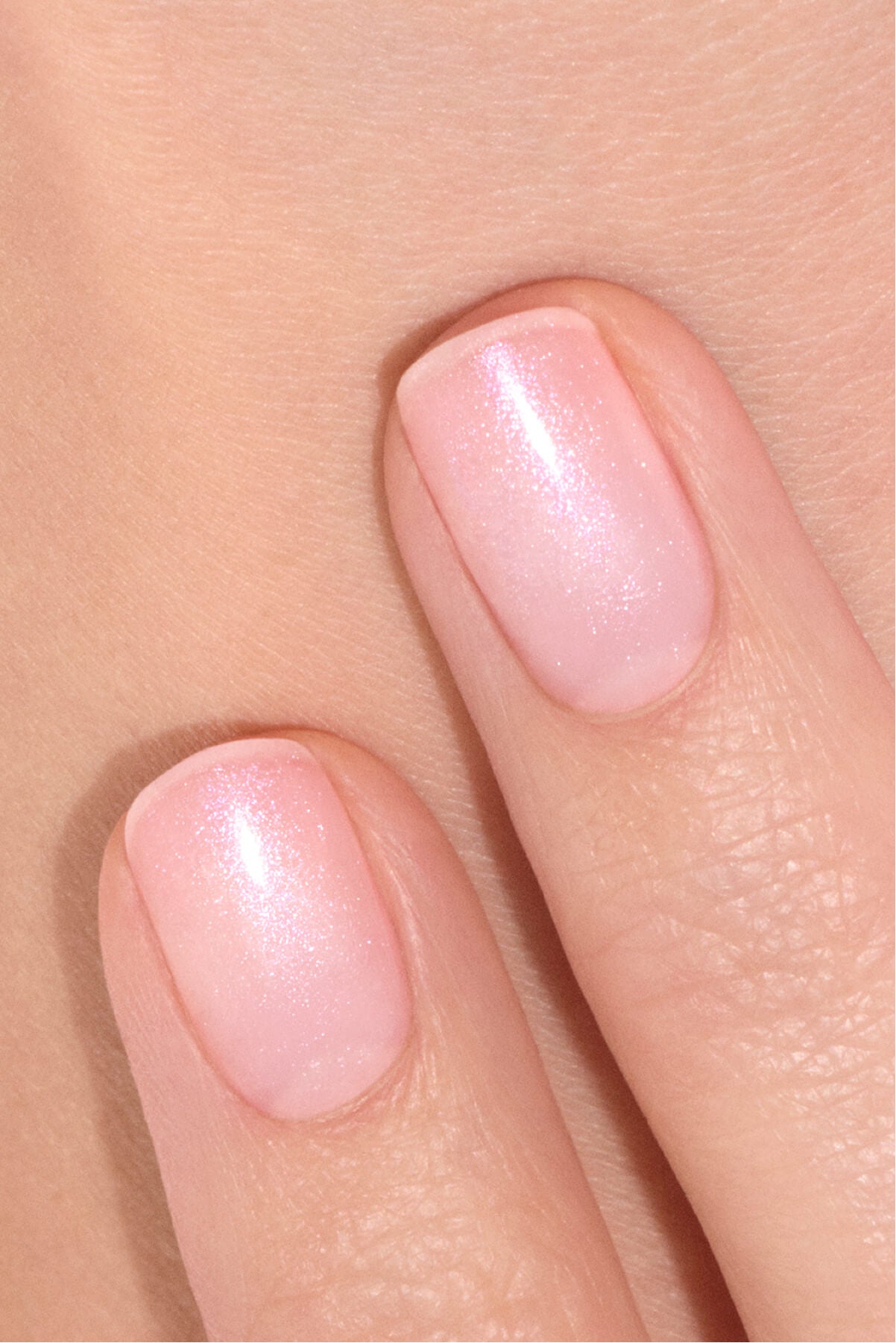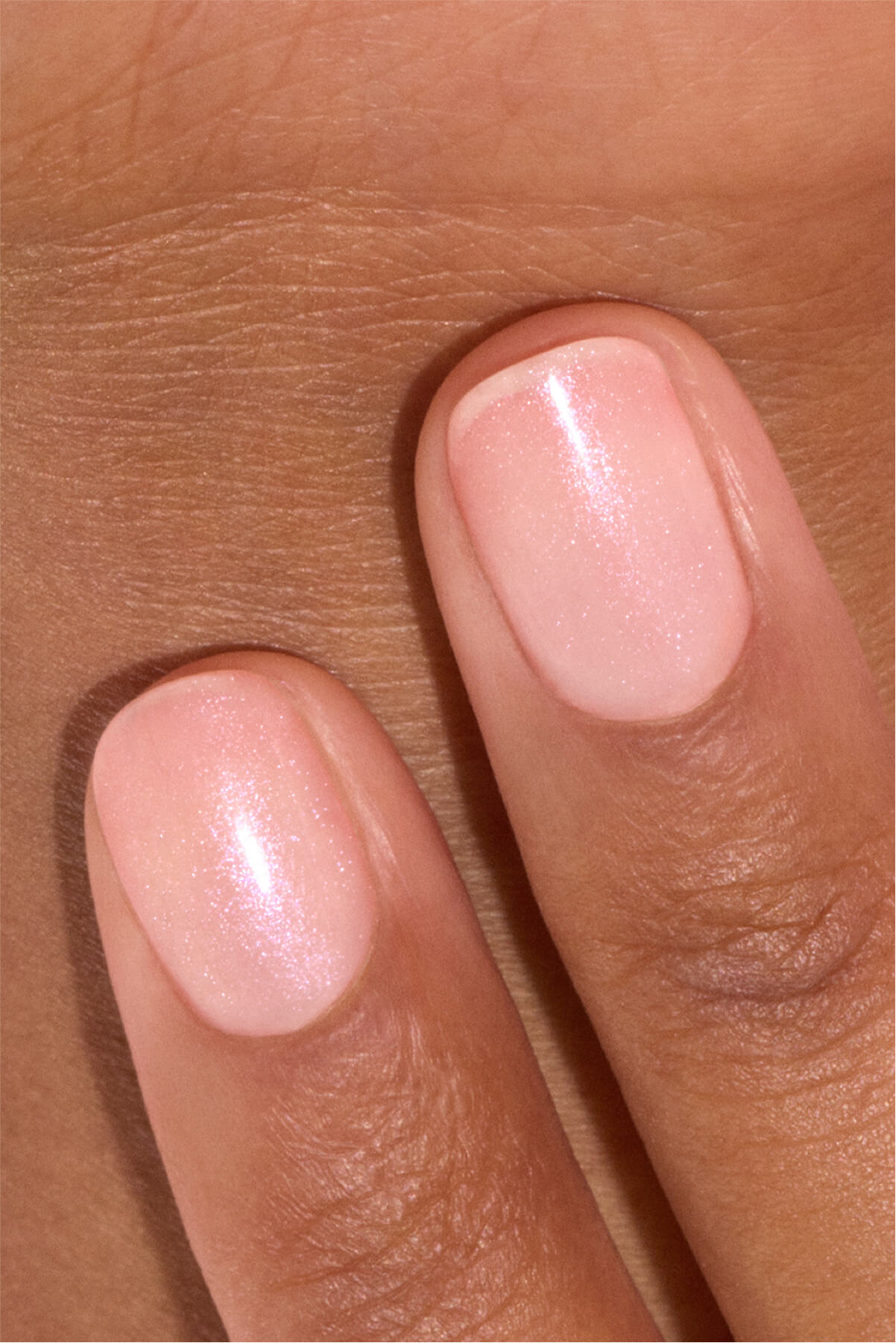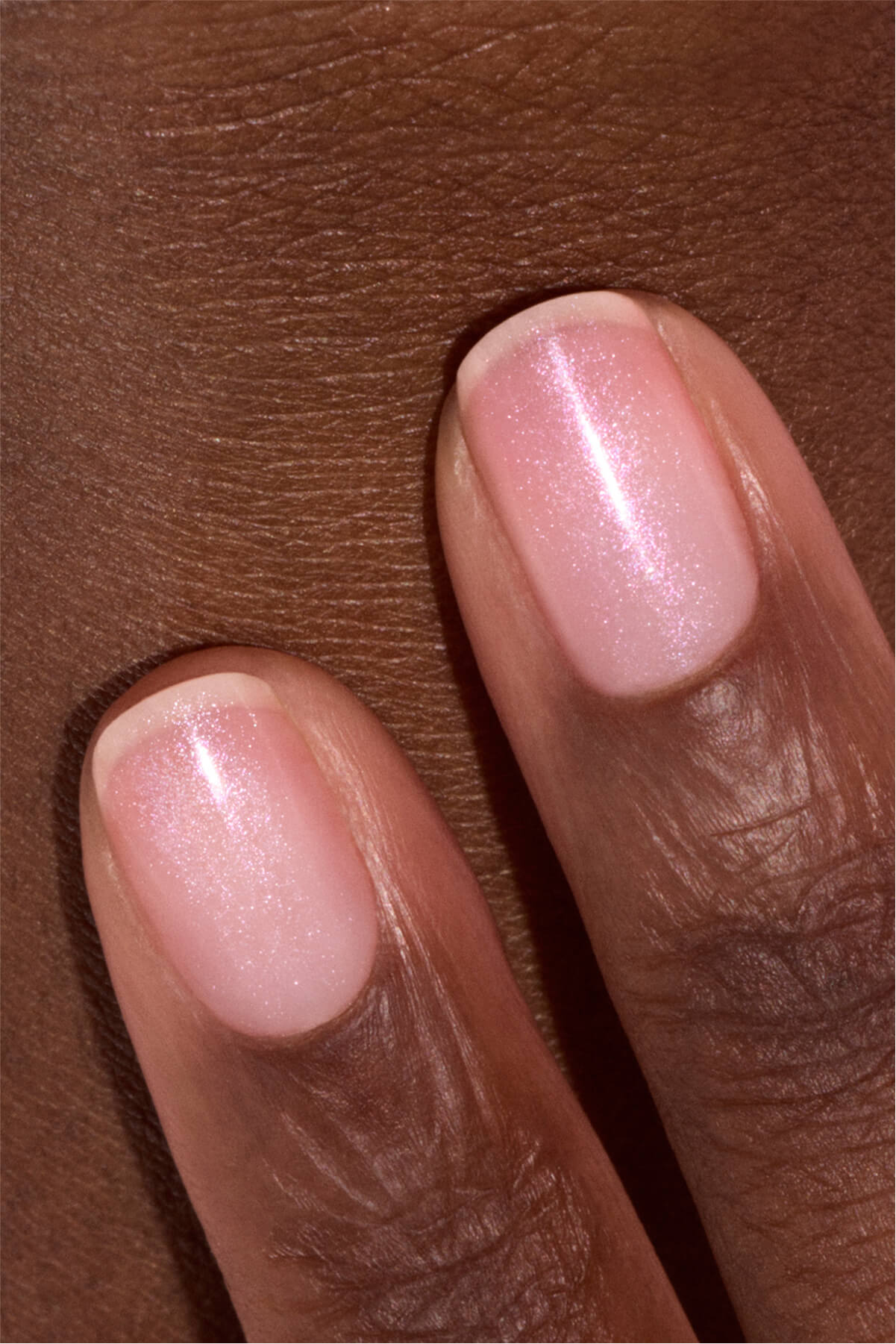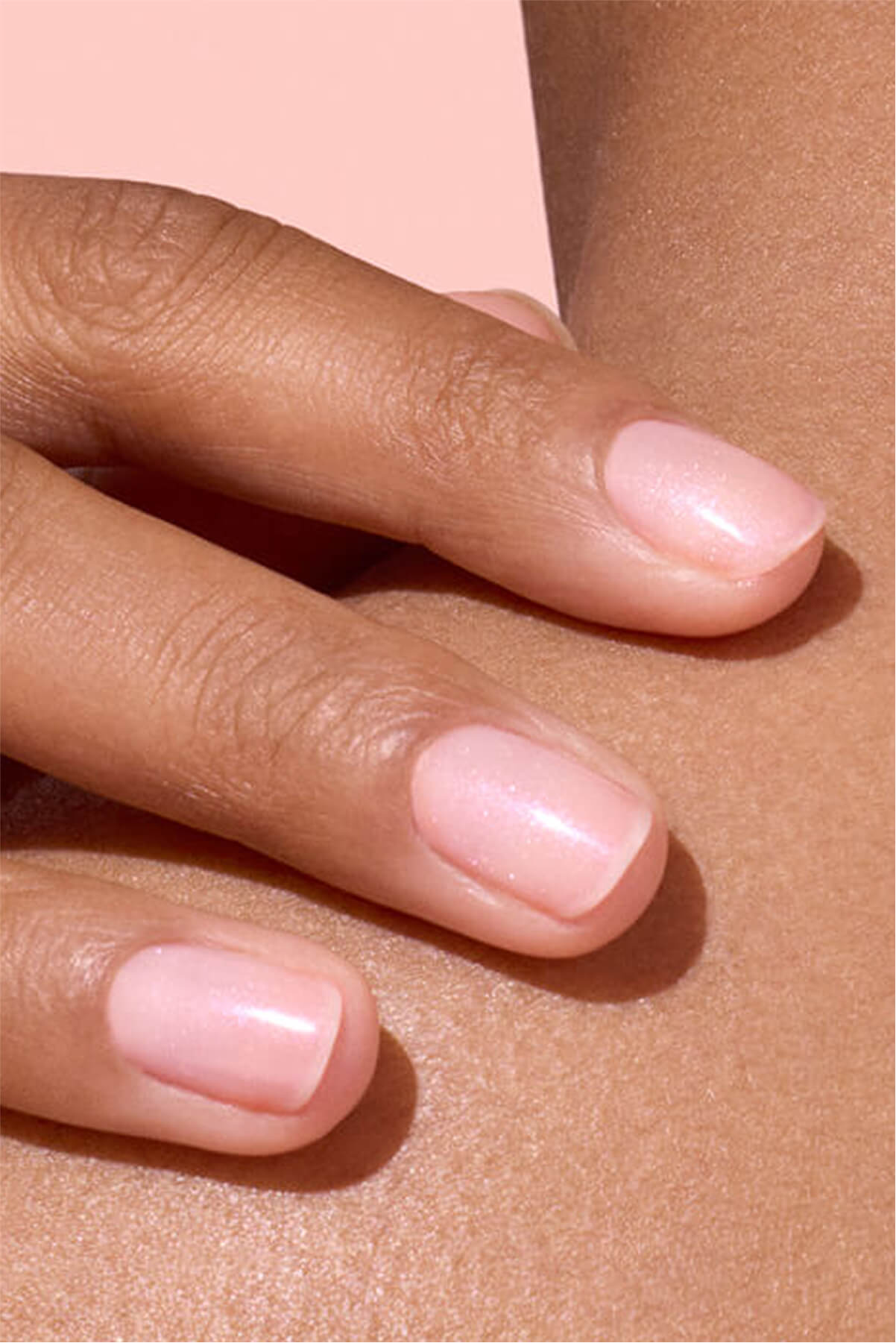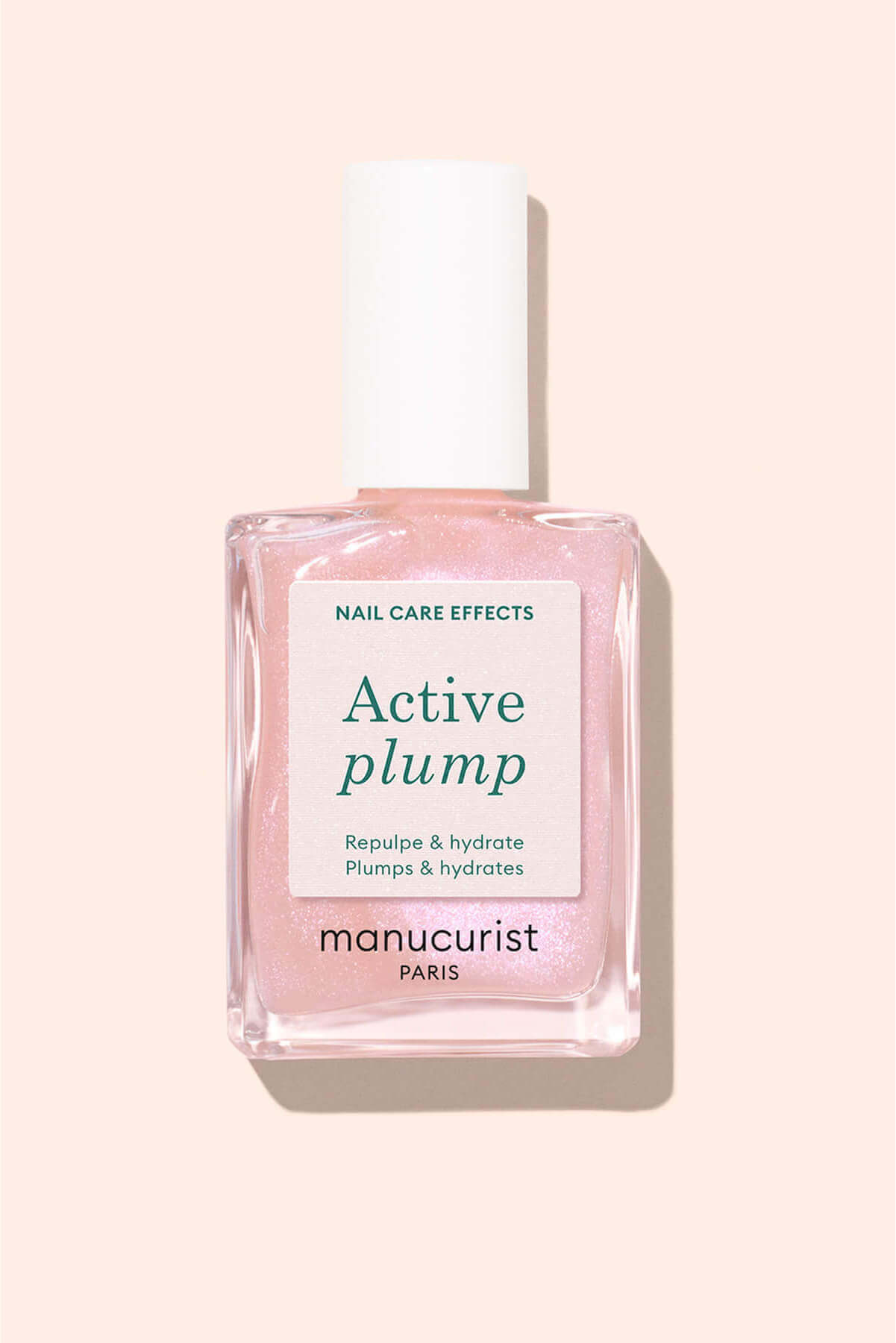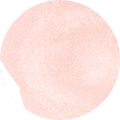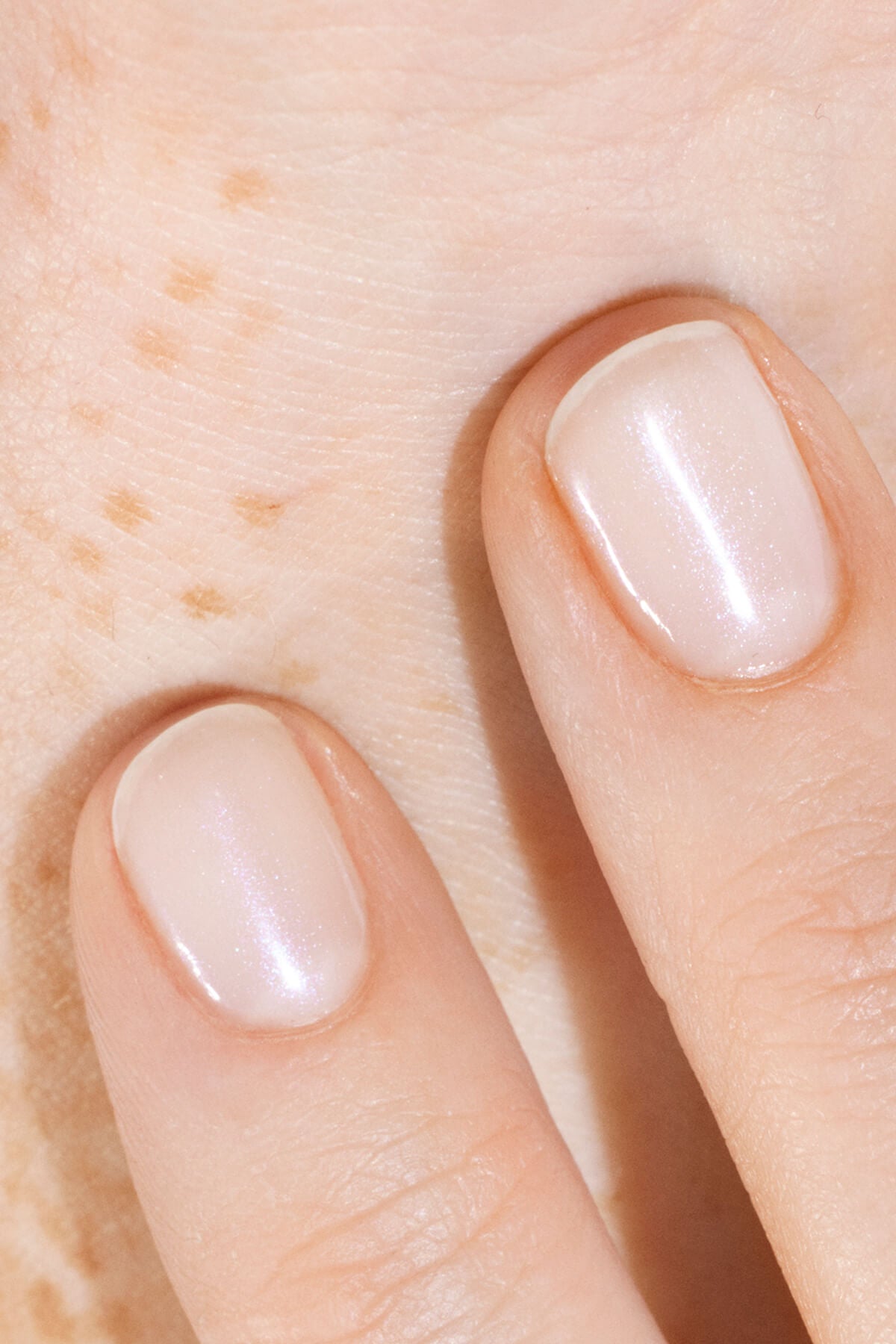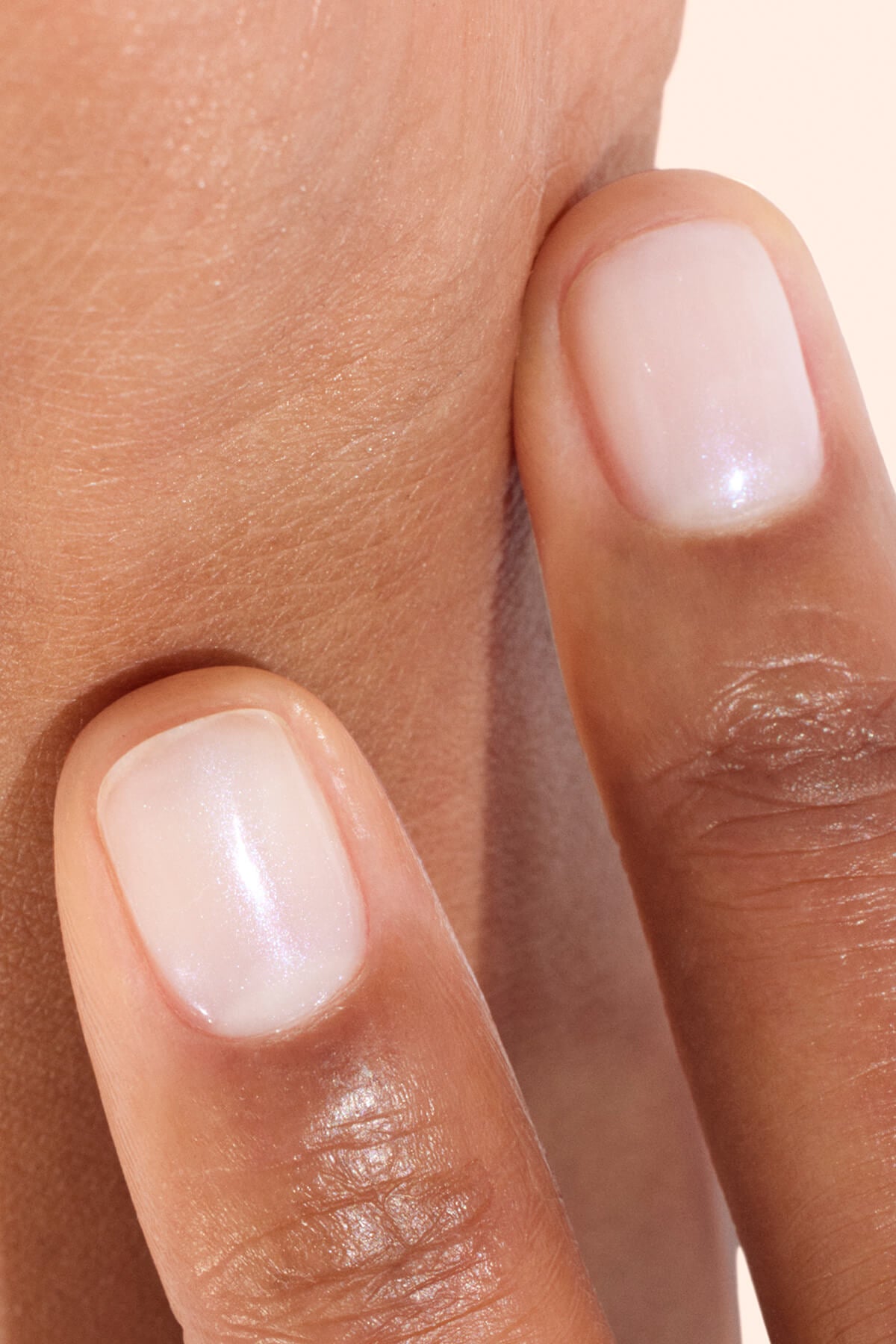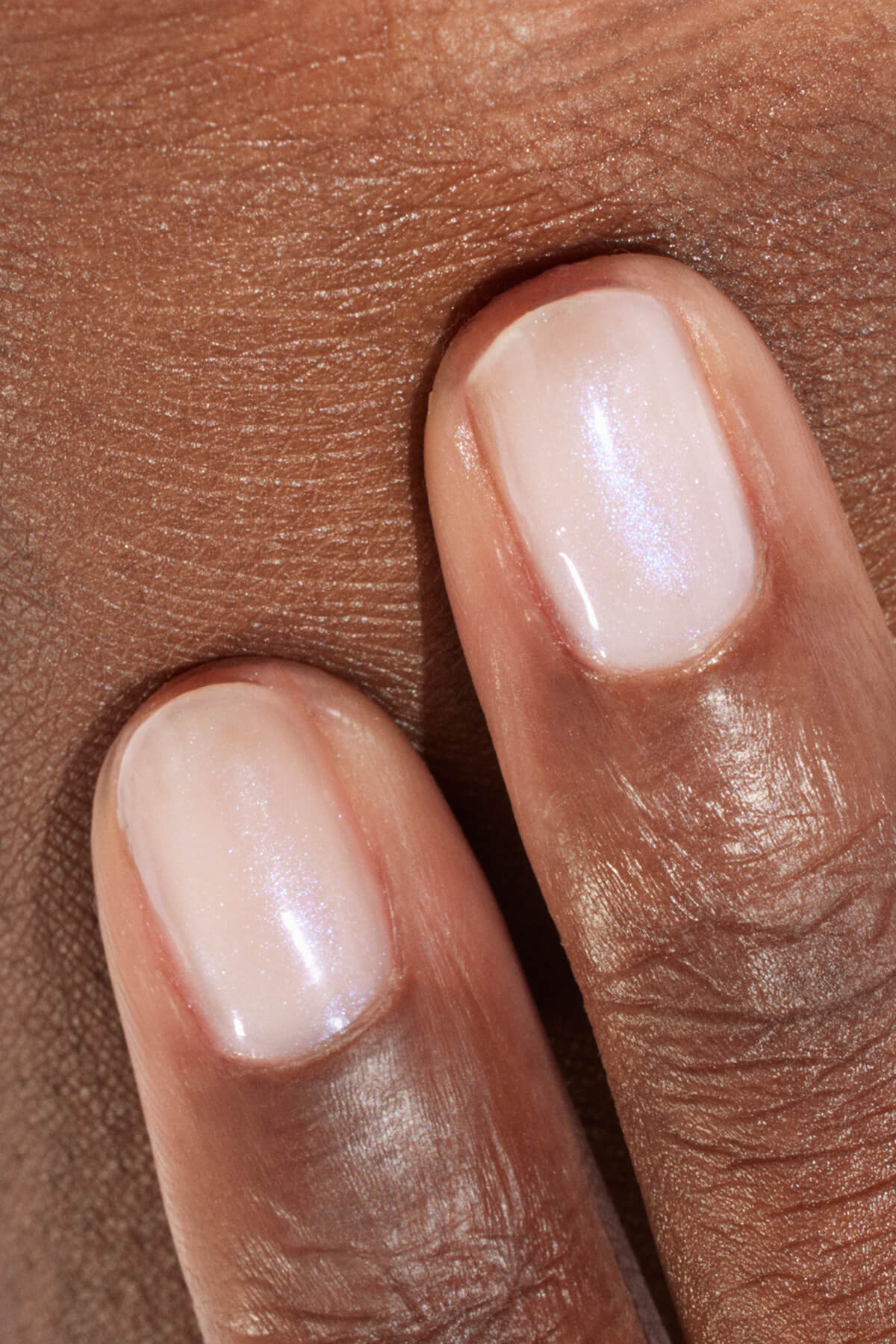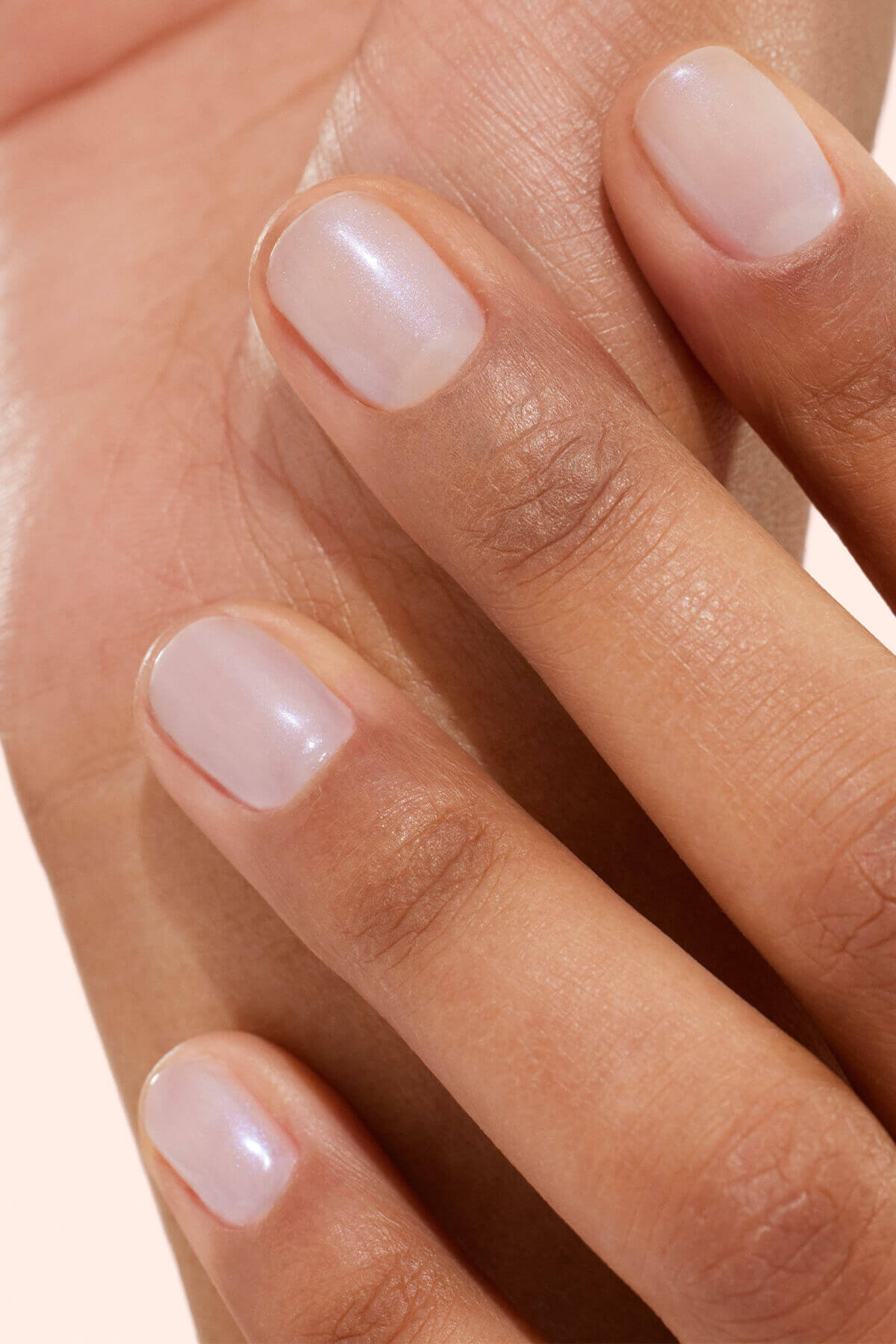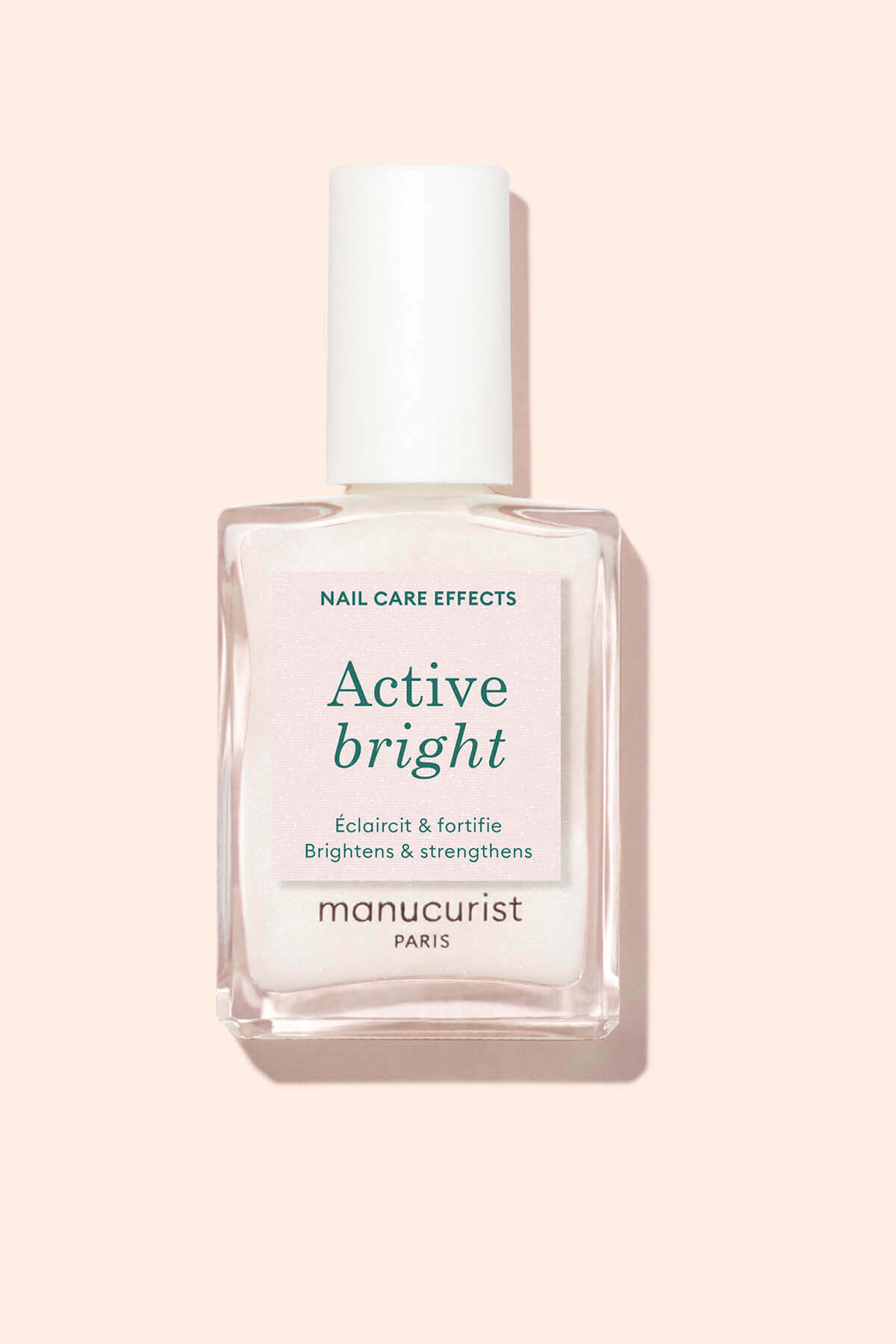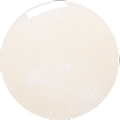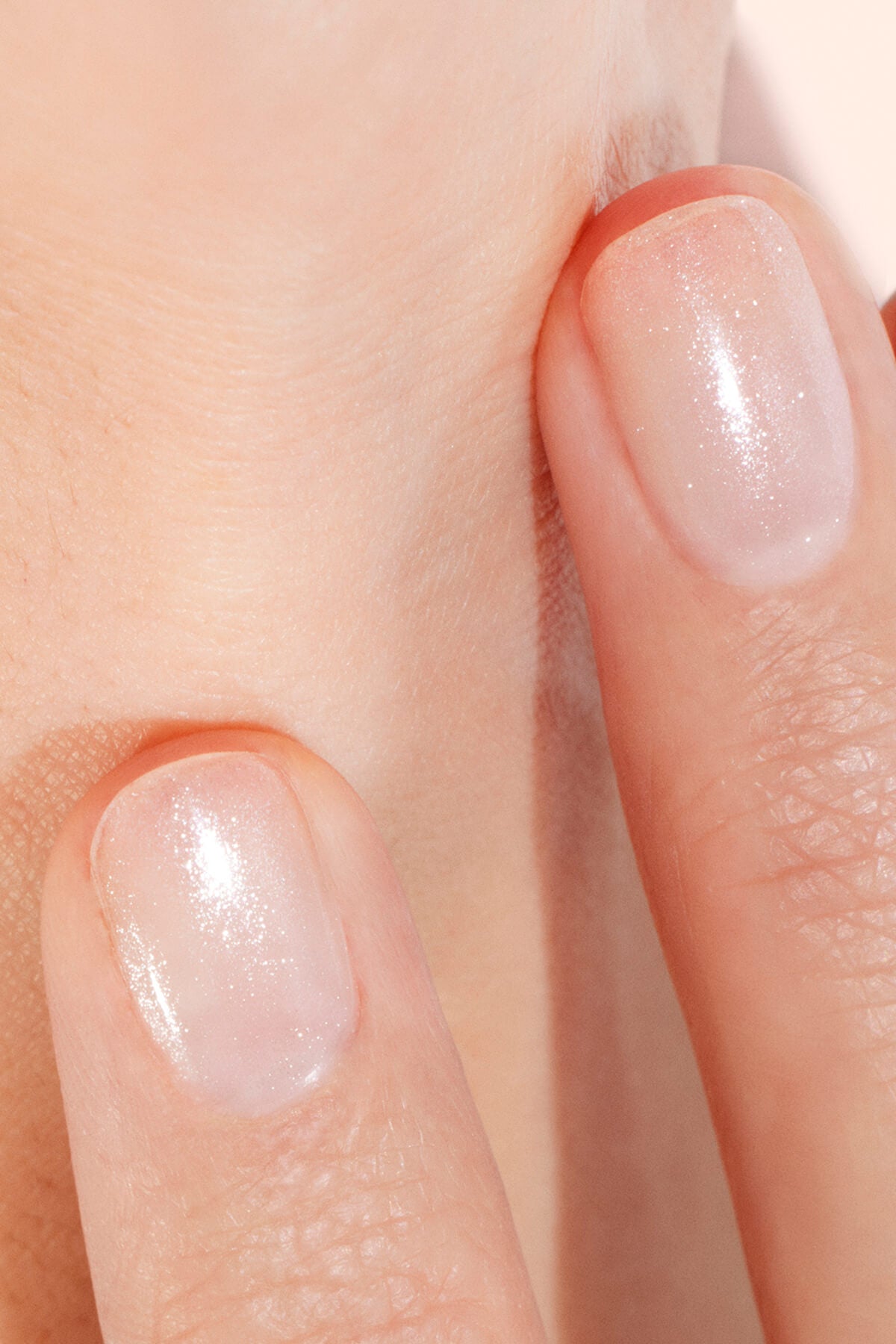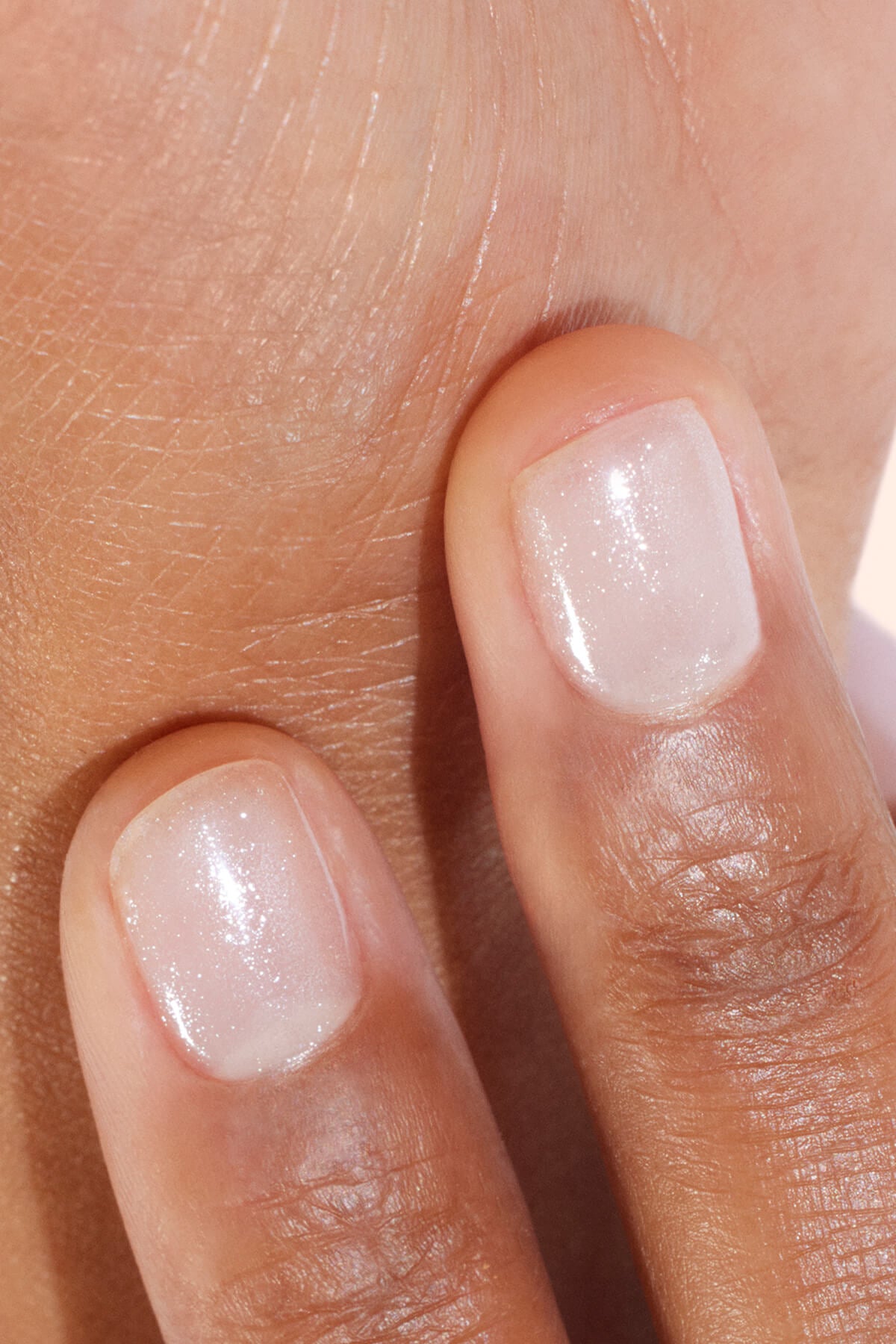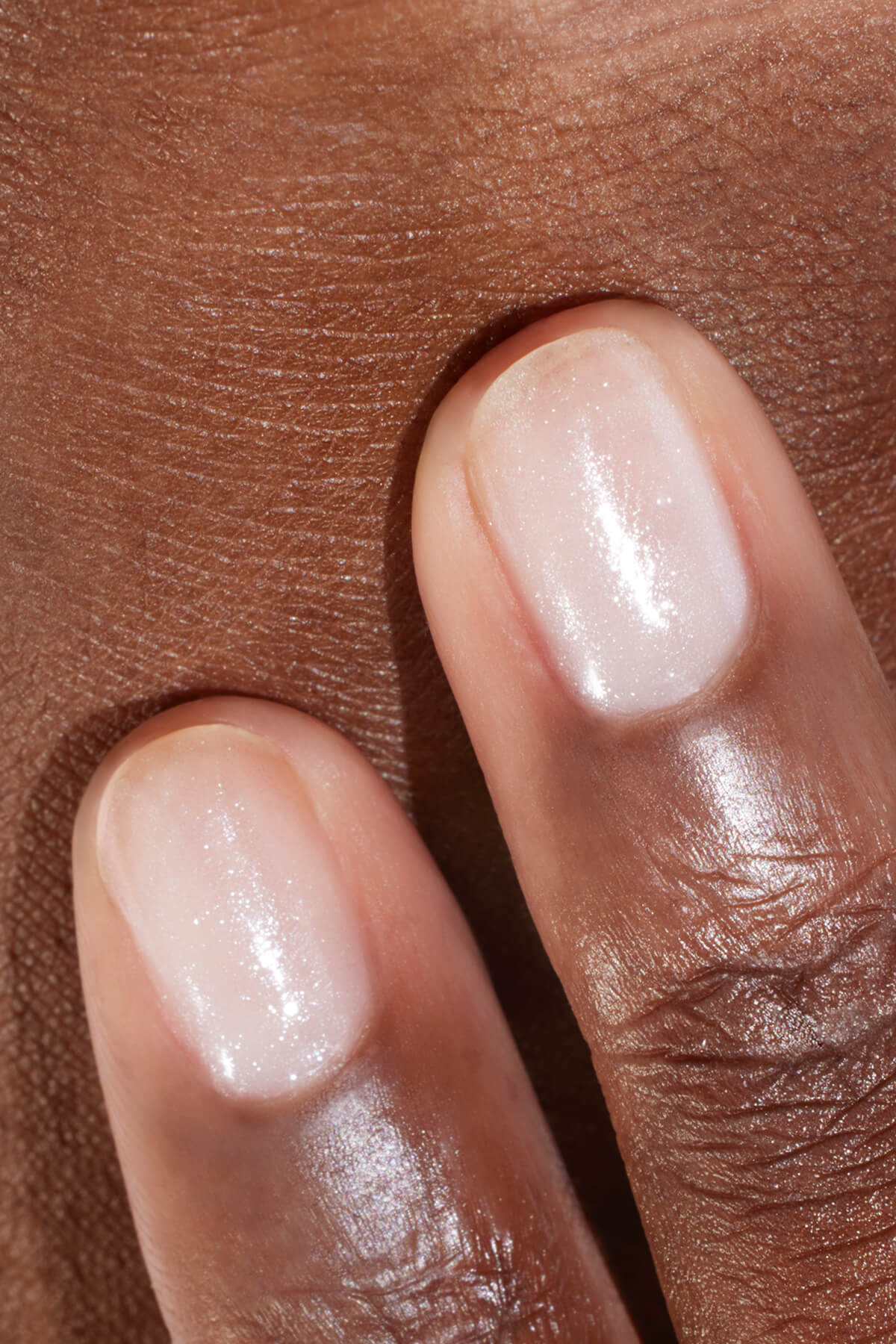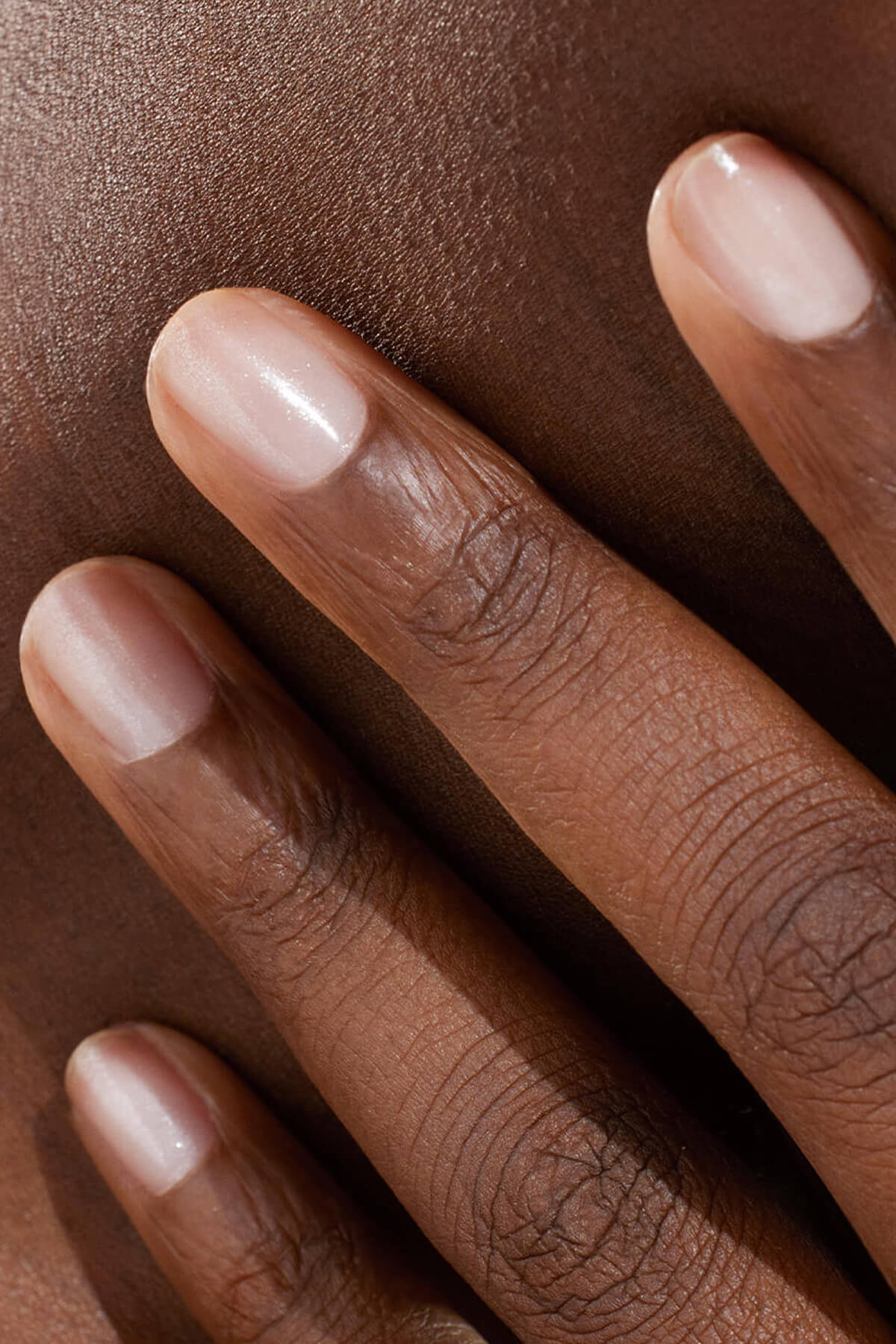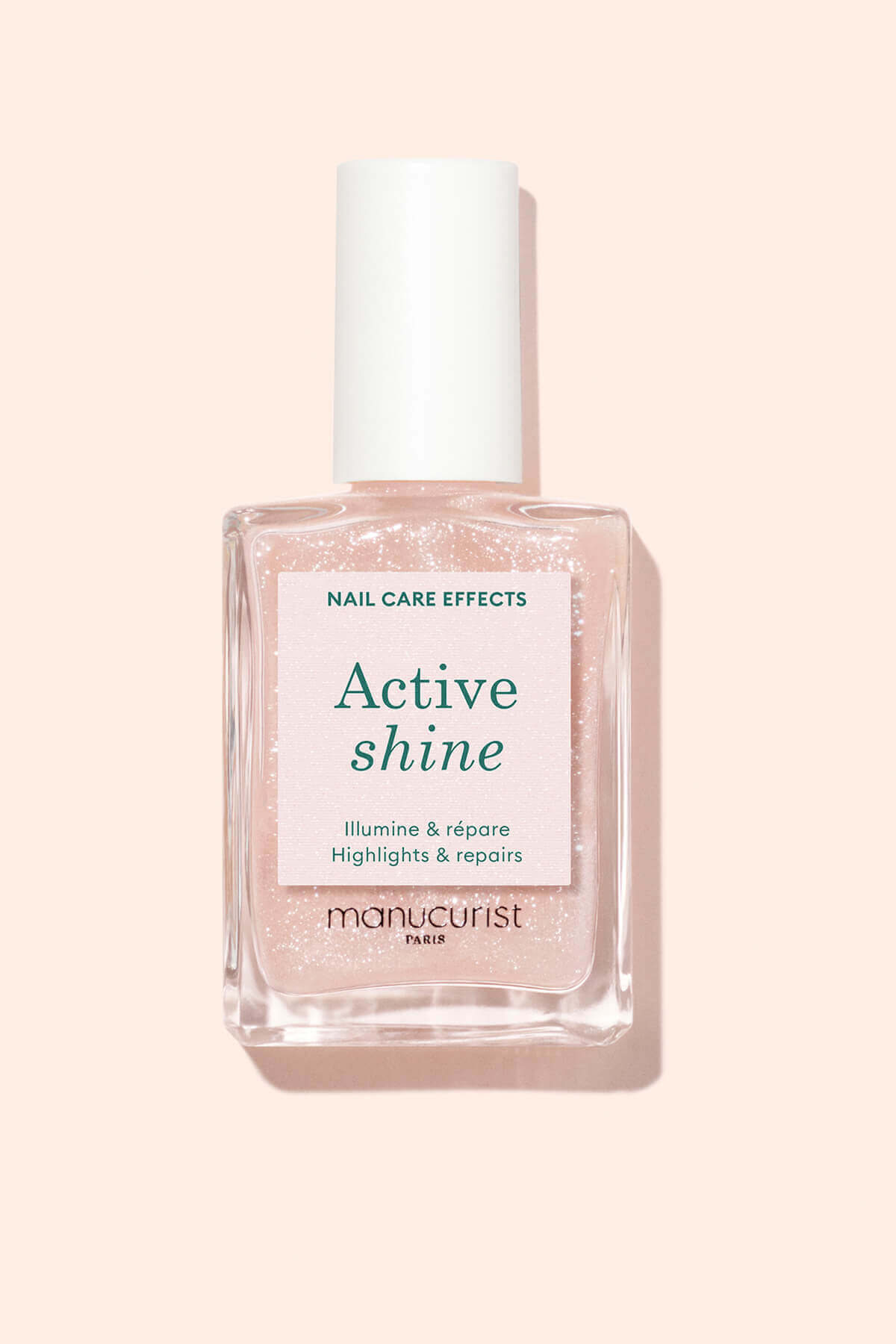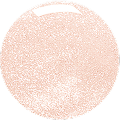How does it work?
If you're a fan of Gel Polish or nail extensions, you've probably used a curing lamp—either at home or in a salon. Whether LED or UV, these lamps emit ultraviolet (UV) rays that trigger a chemical reaction called "polymerization". Under UV exposure, the molecules in the polish bond together to form a solid and durable film known as a "polymer network". Thanks to this technology, gel polishes and Gel Polish formulas achieve that shiny, gel-like finish we love. They ensure a flawless manicure that resists chips and cracks much longer than traditional polish. Sounds perfect, right? So, what’s the difference?

UV Lamp vs. LED Lamp: Differences and Benefits
The main difference between the two types of lamps lies in how they work:
-
Traditional UV lamps, also known as incandescent lamps, use fluorescent tubes to emit ultraviolet rays. They are compatible with most UV gels and Gel Polish formulas since they cover a broad wavelength range. However, they are energy-intensive, generate more heat, and require longer curing times.
-
LED lamps (Light Emitting Diode) are a more recent technology that uses light-emitting diodes to produce specific UV wavelengths. Their advantage: faster curing times with lower energy consumption and reduced heat emission. However, some LED lamps do not cure all types of gels due to their narrower wavelength range.
Another key factor differentiating these drying lamps is the wavelength range of the emitted light. Ultraviolet rays are generally emitted at wavelengths between 100 and 400 nanometers (nm). However, different gels cure at different wavelengths. Some Gel Polish formulas polymerize around 350 nm, while others, like Green Flash™ LED polish, require a higher wavelength for optimal curing. Manucurist LED lamps emit between 370 nm and 400 nm to ensure perfect polymerization.

Are UV rays harmful to your health?
We’ve known for a long time that sun exposure carries risks, primarily due to the UV rays it emits. Frequent and prolonged exposure to UV rays—especially UVA—can lead to sunburn, premature aging, allergies, and, in extreme cases, skin cancer.
Both UV and LED manicure lamps emit UVA rays, but these are different from those from the sun and are concentrated locally during manicure sessions. A lab study exposing cells to high doses of UV from powerful lamps (48W and above) led the French Academy of Medicine to recommend precautions for frequent Gel Polish users—especially over several years or when taking photosensitizing medications. At the very least, applying sunscreen before each manicure session is advised.
Rest assured, with Manucurist, you can continue enjoying manicures without damaging your nails. Our LED lamps do not exceed 36W, with exposure times ranging from 5 to 9 minutes per session. Additionally, by choosing Green Flash™, you're opting for a non-toxic, clean & safe Gel Polish. Its innovative formula is vegan and HEMA-free, meaning it's free from methacrylate monomers. These monomers, when exposed to UV, form the plastic-like film that gives traditional Gel Polish its durability. However, these molecules can penetrate the body and cause allergic or inflammatory reactions. In Green Flash™, methacrylate monomers have been replaced with copolymers, which cure under LED lamps while eliminating unwanted side effects.
By adopting a healthy and sustainable manicure routine—avoiding excessive Gel Polish applications and using high-quality products—you can keep your natural nails in top shape and enjoy beautiful manicures for years to come.

How to Choose the Perfect Lamp for Your Manicure?
Slim or Premium Lamp? It’s All About the Watts
At Manucurist, we offer two LED lamp models for an easy, quick manicure at home, at the office, or on the go:
-
The Slim Lamp (24W): lightweight and foldable, it fits into a handbag or suitcase, ready to go whenever you need it. With this model, your manicure takes approximately 30 minutes from start to finish.
-
The Premium Lamp (36W): larger and more powerful, this lamp is also foldable and easy to carry. Perfect for express manicures, it allows you to complete your Gel Polish application in just 20 minutes.

Our Top Tips for Using Your Manucurist LED Lamp
☝️ Only Green Flash™: Our LED lamps are designed to be used exclusively with Green Flash™ products (base coat, color, and top coat). They emit UV between 370 nm and 400 nm, specifically calibrated for Green Flash™ formulas to ensure perfect curing. They do not work with Green™ polishes, which air dry, or with other semi-permanent polish brands that cure at different wavelengths.
🥪 The 4-Coat Rule: For a pro-level manicure, apply four successive layers—starting with a coat of Vitamin-Enriched Base Coat, followed by two coats of Green Flash™ color, and finish with a coat of Top Coat. Each layer must be cured under the LED lamp before applying the next, following the recommended curing times.
🕰️ Follow the Curing Times: Each layer must be cured under the LED lamp for a specific time, depending on the product and lamp power.
-
With the Slim 24W Lamp, cure for 2 minutes for the Base Coat, 2 minutes for each color layer, and 3 minutes for the Top Coat.
-
With the Premium 36W Lamp, cure for 1 minute for the Base Coat, 1 minute for each color layer, and 2 minutes for the Top Coat.
😎 If You Get Frequent Manicures: Apply sunscreen to your hands before each session.
To get started, Manucurist has thought of everything with the Starter Kit, which includes the LED lamp of your choice, our gentle remover, Base Coat and Top Coat, removal clips, and three Green Flash™ colors of your choice. For manicure lovers, the Addict Kit also includes Green Oil, Cuticle Softener, a steel cuticle pusher, Corrector Pen, Nail Priming File, and a Natural Nail File.

Now you have everything you need to choose and use your curing lamp safely. The only thing left? Selecting your next manicure color from the stunning range of Green Flash™ LED polishes. We can’t wait to see the results! 🤩




